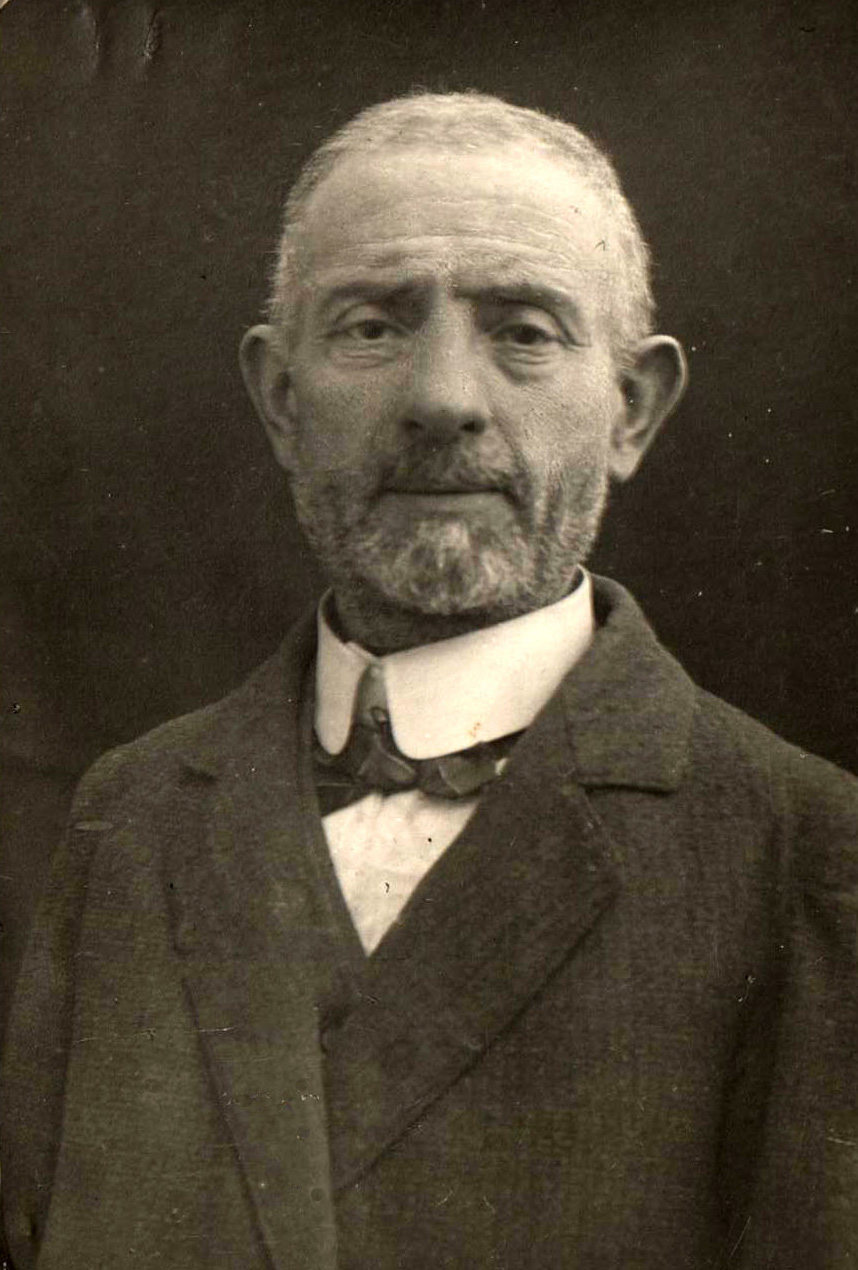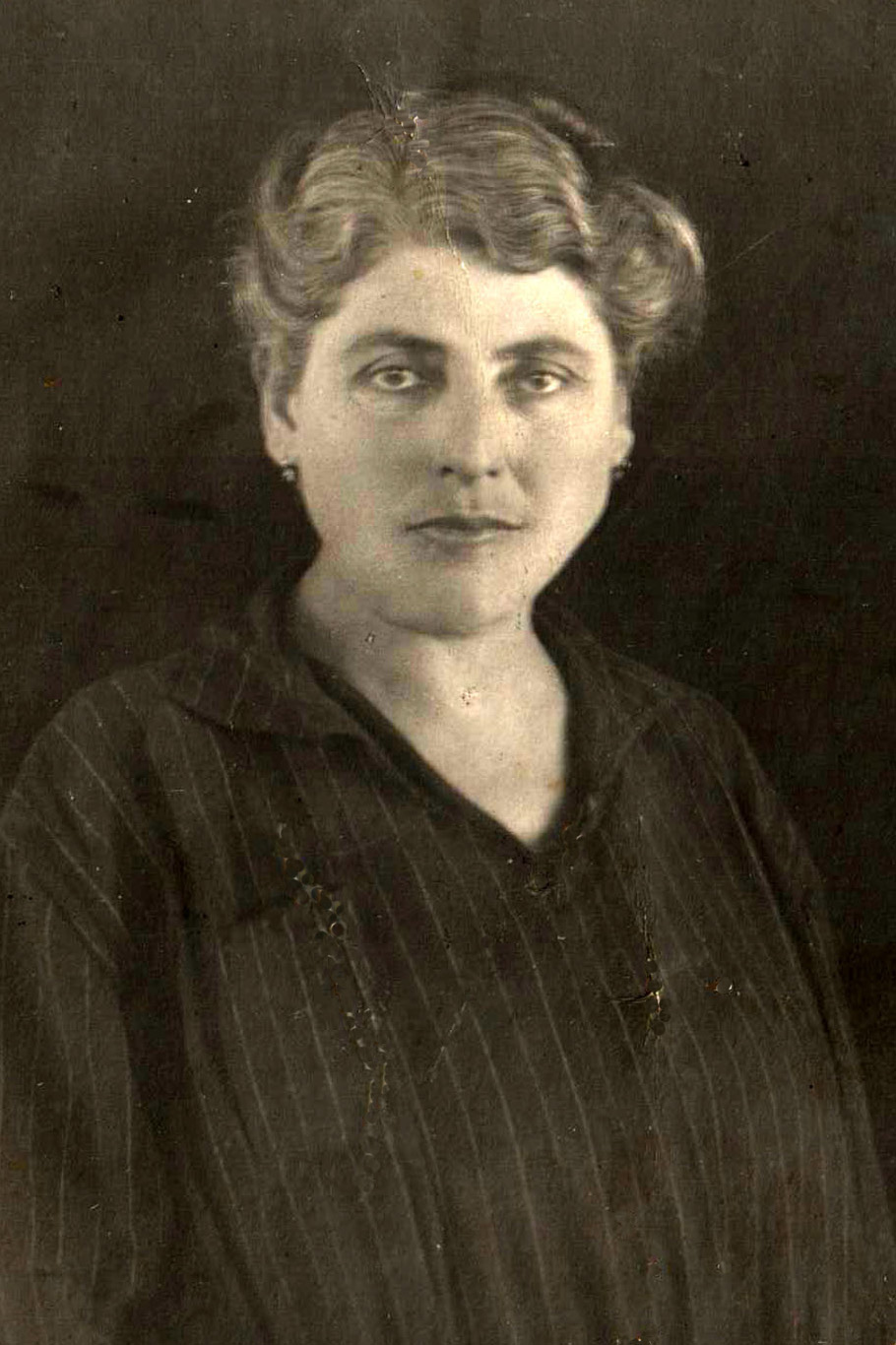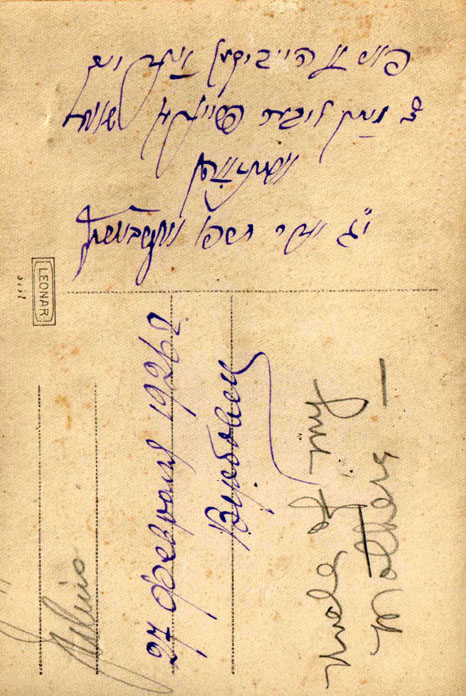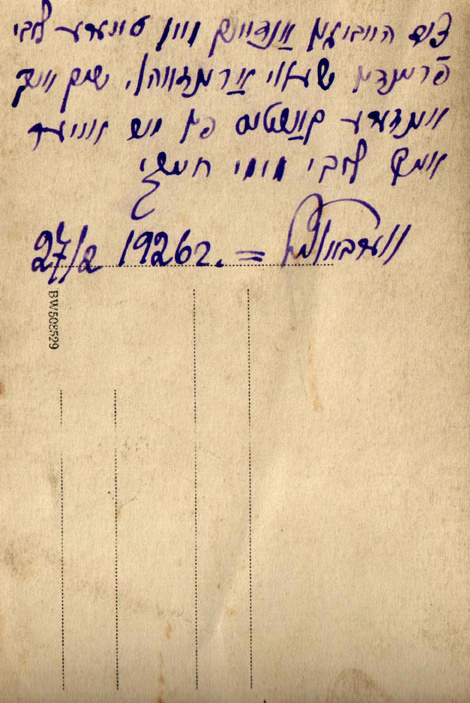
Welcome to Verbovets, Ukraine
The Story of Verbovets
Verbovets
.jpg) is a small town located near Murovani Kurylivtsi, (4 Miles E), Ol'khovets, (4 Miles SW), Zamikhiv, (10 Miles NNW), Nova Ushytsya, (10 Miles NW), Luchinets, (18 Miles E), Kopaygorod, (18 Miles ENE),
Kamyanets-Podilskyy, (40 Miles E), (Yedinets)>Edinet, Moldova (40 miles S), and Vinnytsya, (59 miles NE) in southwestern Ukraine.
The exact coordinates are latitude 48° 44´ N; longitude 27° 26´ E.
is a small town located near Murovani Kurylivtsi, (4 Miles E), Ol'khovets, (4 Miles SW), Zamikhiv, (10 Miles NNW), Nova Ushytsya, (10 Miles NW), Luchinets, (18 Miles E), Kopaygorod, (18 Miles ENE),
Kamyanets-Podilskyy, (40 Miles E), (Yedinets)>Edinet, Moldova (40 miles S), and Vinnytsya, (59 miles NE) in southwestern Ukraine.
The exact coordinates are latitude 48° 44´ N; longitude 27° 26´ E.
Alternate names: Verbovets [Rus], Verbovitz [Yid], Verbovets' [Ukr], Wierzbowiec [Pol], Werbowez [Ger], Verbovec'
Verbovets was in the Russian Empire, before WWI,
between and after the wars part of the Soviet Union and now part of Ukraine. Ukraine, which may be translated as "at the border" or "borderland", came into general usage in the 16th century.
Listen to Verbovets in Russian
Listen to Verbovets in Ukrainian
The cities and towns surrounding Verbovets are (clockwise): Nova Ushytsya, (10 Miles NW), Zamikhiv, (10 Miles NNW), Kopaygorod, (18 Miles ENE), Murovani Kurylivtsi, (4 Miles E),
Mohyliv-Podilskyy, (26 Miles SE), Sokyryany, (20 Miles S).
The towns underlined below have a Kehila page which you can also visit. If you're looking for family, this is especially important, because in those days most
Jewish marriages were arranged with Jews from nearby towns.
Kamyanets-Podilskyy (40 miles E),
Mohyliv-Podilskyy (26 miles SE),
Sokiryany (20 miles S),
Google Map
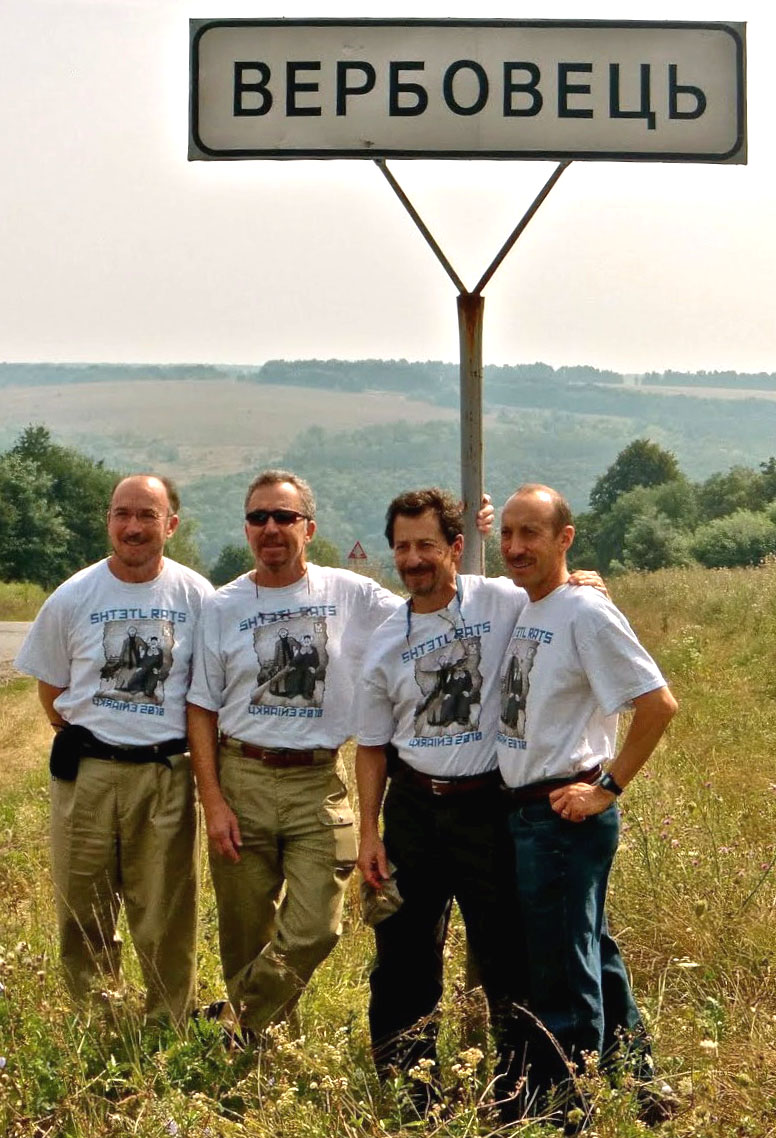
We've put this web page together in memory of Jewish Kehila, in order to describe to descendants what it was like to live in Verbovets. I hope you will find this page interesting and helpful.
Please contact me if you have photographs, stories or information to add, or any questions. As with any genealogical research, this is an evolving project.
Sandy Aaronson El Paso, Texas
copyright © 2011 Sandy Aaronson. Since September 11, 2011, you are visitor #:

Left to Right: Murray, Lenny, Bill, and Jere Friedman >>
 click for the JewishGen Home Page
click for the JewishGen Home Page
click for the KehilaLinksDirectory
Please note that this site exists because of your Jewish Gen-erosity. Your tax deductible donation to JewishGen makes these services possible.
We spent a lot of time organizing this information so that your genealogical search might be more rewarding....and you can reward us -- just click on
Jewish Gen-erosity. Updated February, 2021
. . . .
Yesterday & Today: Photos and Stories: Life
in Verbovets and Podolia
Historical and Genealogical Sources for Verbovets
Yad Vashem: It appears the RUBENSTEIN family was remarkably
fortunate to have escaped Europe nearly intact before WWII. We are
unsure of the fate of two of Chava's daughters and their families.
However, even if none of the
RUBENSTEIN family was lost in the Holocaust, we certainly can not say
that we were not untouched by the Nazi atrocities. Six million of our
family were exterminated--let us not forget.
Other Sites to Visit
- Welcome to the JewishGen Ukraine Database. This is a multiple database search facility which incorporates all the databases listed below. These databases have been contributed by the JewishGen Ukraine SIG and individual donors. The combined databases have over 1.2 million entries on individuals living in the area that is now Ukraine and
incorporates the following databases: JewishGen Family Finder (JGFF), Yizkor Book Necrologies, JewishGen Online Worldwide Burial Registry (JOWBR), JewishGen Holocaust Database, Jewish Religious Personnel in the Russian Empire, 1853-1854, Vsia Rossiia Business Directories. The database is a work in progress and new entries are being added regularly.
- ellisisland.org
- Find Other Researchers looking for your Surnames &
Towns!! -- JewishGen's Family Finder (JGFF). Do you have roots in Verbovets? Would you like
to connect with others researching the same community? Click the button to search the JewishGen
Family Finder database.You may need to register, but I promise you, it is painless, and by
registering, others will find you---so it is worth the few minutes!!
- A Special Group for People with Roots in Ukraine
- The Best Site for Jewish Genealogical Research -- //www.JewishGen.org
- Want Information on other Kehilas? --just click to go to the worldwide directory of towns at JewishGen
. . . .
The earliest Jewish settlers in Podolia are believed to have come from Italy, Greece and Turkey and to have been of Sephardi or Oriental, including Palestinian, origin. These settlers have left virtually no evidence of their presence in the region save for some written records. Substantial evidence, however, still exists to document the arrival and settlement of the area by Ashkenazi Jews from the Germanic lands and Poland. Documentary evidence exists today attesting to the presence of Jews in 3 different towns in Podolia in the 1400's.
Jews began to come to Podolia in significant numbers from the West in the 1500's, particularly after 1569 when most of what today is the Ukraine was annexed to Poland. By 1569, approximately 750 Jews lived in 9 localities in Podolia. By 1648, the year of the Ukrainian revolt led by Khmelnitsky, there were approximately 4000 Jews living in 18 localities in Podolia.
The economic position filled by the Jews in the 17th century in Podolia was primarily that of a middle class between the Polish landowning nobles and the Ukrainian landless peasants. The Jews largely prospered in this position gradually coming to be identified
by the local population with the Polish ruling class, and they were equally resented.
The Khmelnitsky revolts, which commenced in 1648, were largely directed against Polish rule in the Ukraine, but the Jews were equally victimized in their barbaric destruction. In the period 1651-1655, tens of thousands of Jews were murdered in the Ukraine and eastern Poland; they were virtually eliminated from Podolia in this period. Massacres are known to have occurred in such towns as Bar, Kamenets Podolsk and Polonnoye.
Podolia briefly came under Ottoman control, from 1672-1699, and was then reacquired by Poland in 1699. Poles and Jews again came into Podolia, the Poles again as rulers and the Jews again as the Poles' local administrators, merchants, innkeepers and petty traders. The Jews lived as a separate religious and national group, with their own virtual government within a government; they were prohibited from participating in the civic government created by the Polish rulers.
The Jewish leadership, known in each district as the Kahal, had complete authority over the Jews and was also responsible for collecting taxes from the Jews and remitting them to the Polish government, operating, in effect, as a parallel institution to it.
By 1765, there were approximately 45,000 Jews living in 554 towns and villages in Podolia.
Poland as a separate nation became progressively weaker and more ineffective in the 18th century, gradually losing more and more of her territory to the powerful nations which surrounded her: Prussia to the west, Austro Hungary to the south and Russia to the east. In 1793, Russia annexed a substantial part of eastern Poland, including
Podolia. In the hundred years preceding this annexation, life for the Jews in Podolia had been relatively peaceful insofar as persecution by the Poles or Ukrainians was concerned; the grinding poverty and religious and cultural depravation of the region had
given rise to the birth of Chassidism in Medziboz, Podolia, led by the Baal Shem Tov, and there were the earliest murmurings of the Enlightenment (known as the "Haskala") emanating from Germany. But the Russian annexation was to change life irrevocably for the Jews of all of the annexed lands, including Podolia.
Shortly after the beginning of the nineteenth century, the Russian government created Podolia as a gubernia (province) of Russia, and Ushitsa as a uezd (county) within Podolia. The largest single ethnic group in the gubernia was by far Ukrainian, followed
by the Jews, Poles, Russians and Germans. The border with Austro Hungary was the Zbruch River (and was to remain so until after WWI), about 80 km west of Nova Ushitsa.
Special laws pertaining to the Jews were introduced by the Russian government very shortly after the annexations from Poland. For example, in 1804, a statute was passed that, among other things, required the Jews to acquire family names; until this time Jews had given names and patronymic names, but no surname. The Kahals were initially accepted and recognized by the Russian government, largely because many of them had large, outstanding debts to Christian institutions and the government wanted these debts repaid before the Kahals were abolished.
The Kahals were used by the government to collect these debts, collect taxes and, later, to enforce various Russian laws directed at the Jews.
In 1827, Czar Nicholas I introduced the draft for the Jews (by 1856, Jews were a greater proportion of the Army's soldiers than they were of the general population). Jews were drafted at age 18 and served for 25 years. Some Jews were taken from their parents at age 12 for 6 years of preparatory training (these recruits were called "cantonists") prior to commencing their military service. Substitutions for draftees were allowed who also had to be Jews; in this way, the wealthier Jews were often able to bribe their way out of military service and the poorer
Jews were even more victimized. The administration of the draft was the responsibility of the Kahals, causing much dissension and resentment within the Jewish communities and undermining their internal solidarity. Because one of the major objectives of the draft was conversion to Christianity (Russian, or Greek, Orthodoxy), the techniques employed by the Jews to evade the draft were many, varied and often drastic.
The Russian conscription law also spawned the development of a new profession, that of the informer who reported to the authorities on efforts by the Jews to evade the draft. There are numerous reported cases of such informers being caught and punished by the Jewish communities, one particularly serious incident of this nature having occurred in Nova Ushitsa in the 1830's.
Established by Catherine II in 1791, the "Pale of Settlement" was clarified and demarcated in 1835 by the Russian government, and Jews were required to maintain their residence only within the "Pale" (this law remained in effect until 1915). In 1843, Jews were expelled from Russian lands along the Prussian and Austro Hungarian
frontiers and thereafter were not permitted to live within 50 km of the frontier with Austro Hungary (this law remained in effect until 1904). In addition, Jewish males were forbidden to marry until age 18, and Jewish females until age 16. In 1836, the government ordered and implemented the censorship of Jewish books and the closing of Jewish printing houses; four years later, educational "reform" was introduced. By 1844, schools created by the government for Jews were spreading throughout the "Pale", the primary if not sole objective of these schools being to convert the Jews into
Russians, culturally and religiously. One such school opened in Kamenets Podolsk in 1849; and one in Proskurov (now Khmelnitsky) in 1850. By 1855, such schools existed throughout the "Pale". The vast majority of the Jews avoided these schools, so Jewish schools were placed under government supervision and secular subjects taught in Russian became a compulsory part of their educational programme.
The Kahals were abolished in 1844 and the Jews came completely under Russian law. The Jewish leadership in each community now had its authority limited largely to strictly religious and communal matters. While this step by the authorities in and of itself had little immediate effect and the kahals were still able to maintain some power within the Jewish communities until late in the 19th century, various subsequent government measures undertaken against the Jews ultimately brought an end to Jewish self government and Jewish life as it had hitherto been known.
In 1856 the draft of cantonists was abolished and conversionist policies were ameliorated. Children were permitted to return to their parents if they had not been converted; those who converted were placed with reliable Russian Orthodox families. A Polish insurrection in 1863, supported by many of the Jews, led to severe repression of both Poles and Jews by the Czarist regime; the modest liberalization of rule in the previous ten years abruptly ended and, in fact, was reversed.
The census of 1840 counted 115,143 Jews in Podolia, out of a total population of 1,691,928 (about 7%). A similar census in 1888 counted 325,907 Jews out of a total population of 2,470,142 (about 13%). In 1897, a detailed census found the Jews to be 12.3% of the total population of Podolia. The peak proportion of Jews to the total population was likely about 13% as about half of the emigrants from Podolia in the period between 1881 and the outbreak of WWI are believed to have been Jews.
For most of the 19th century, the Poles were the dominant class in Podolia, being most of the landowners, factory owners and intelligentsia. The middle, or merchant, class was predominantly Jewish, and the agrarian, or peasant, class was almost exclusively Ukrainian.
Relations between the Poles and Ukrainians, to the extent that there were any at all, were poor; the Jews often found themselves caught in between. Accordingly, conflicts between the Polish and Ukrainian peoples inevitably led to Jewish pain and suffering as
both accused the Jews of siding with the other. Whenever it suited the Russian rulers, they exploited these inter ethnic tensions, occasionally permitting and even encouraging matters to "boil over". Pogroms would result, in which the Jewish population would suffer
beatings, rapes, murders and looting.
While the Jews were not initially adverse to the Russian annexations, having suffered considerable persecution under the Poles and believing the Russians couldn't be any worse, by the 1880's life in Podolia for the Jews (and, only to a slightly lesser extent, everyone else as well) had become highly problematic and virtually unbearable. The year 1881 saw the beginning of severely repressive laws directed specifically against the Jews. The economic improvement of the Jews' lot in the previous 20 years, during Alexander II's rule, was abruptly ended under Alexander III's rule.
Restrictions were placed on the Jews' ability to earn a living and where they could live; pogroms became commonplace. Authorities, under instructions from above, stood by while Jewish homes and businesses were vandalized and Jews were beaten, raped and murdered. One of the long stated objectives of the Russian government was now being achieved: emigration of the Jewish population. In the period 1881-1914 several millions of Jews left Russia for other parts of the world, primarily North America. Many of these emigrants came from Podolia, where several pogroms occurred.
In the early 1880's a number of pogroms occurred throughout the Ukraine, 63 of which were in Podolia. The pogrom nearest to Nova Ushitsa took place in Zhmerinka, 40 miles to the northeast, in April, 1881. Repressive government measures following the assassination of Czar Alexander II, which took place on March 1, 1881, and for which the authorities unjustly blamed the Jews, precipitated the pogroms and caused so much suffering amongst the Jewish population in the Ukraine that many chose to leave the country.
Economic restrictions imposed on the Jewish population by the Russian government were almost always at the instance of, and in order to pacify, Ukrainian and Polish citizens who claimed that they could not compete, without the restrictions, with their Jewish neighbours.
Not only the Jews, however, were dissatisfied with their lot in life in Czarist Russia. While Jews for the most part were displaying their disillusionment in the late nineteenth century by emigrating, some joined their gentile neighbours in the various revolutionary movements that were prevalent in Russia at the time. Central authority was weakening, as became particularly evident in Russia's defeat in the war with Japan in 1905. The government attempted, with limited success, to blame this defeat on the Jews,
notwithstanding the uncontroverted fact that a disproportionate number of Jews served in the Imperial army in the war against Japan. Pogroms occurred throughout the Pale, 37 in Podolia. Such outrages are reported to have occurred in November and December, 1905 in Kamenets Podolsk, Zhmerinka and Bershad. Some Jews decided to fight back, resulting in the organization in Podolia of self defence units. Jews also continued to emigrate at record levels, until it was halted by the outbreak of WWI.
Prior to the beginning of WWI, Podolia was the most southwesterly gubernia in Czarist Russia. Podolia's western boundary bordered on Galicia, which was part of the Austro Hungarian Empire; her southern boundary bordered on Bukovina, also part of the
Austro Hungarian Empire. Czarist Russia and Austro Hungary were enemies in this conflict and much of Podolia was occupied, firstly by Austro Hungarian forces and later by German forces. Before the war officially ended, Russia withdrew from the conflict as a result of the onset of the Revolution. Shortly thereafter, the war ended and Germany and Austro Hungary were defeated. Podolia was evacuated by the Germans and Austro Hungarians, leaving a vacuum insofar as governmental authority was concerned. For the next 4 or 5 years, anarchy prevailed as various factions,
amongst them Ukrainian nationalists and Russian Bolsheviks, fought each other for control of the region.
Those few Jews who participated in the struggle for control of the Ukraine in the period 1917-1922 were mostly on the side of the Bolsheviks, though a small number threw in with the Ukrainian nationalists. In July, 1917, the provisional Ukrainian government declared its independence from Russia and granted autonomy to all
minorities within its boundaries. The initial reaction of the Ukrainian Jewish communities was positive; however, the Kerensky regime, then in power in Moscow, and the Bolshevik regime which followed it both opposed Ukrainian independence. The seizure of power in Moscow by the Bolsheviks led to anarchy throughout the former Czarist empire, including the Ukraine, and Russia shortly thereafter invaded the Ukraine to put down the independence attempt.
The majority of the Jews took no position in the dispute between the Ukrainian nationalists and the Russian Bolsheviks, rightly having come to the conclusion that none of the combatting factions offered them anything better than the miserable life they already knew under the Czars. There were numerous pogroms in this period as
well, resulting in many deaths and further impoverishment of the Jews. Before 1919, the pogroms primarily occurred in the cities, one particularly ugly such pogrom occurring in the city of Proskurov (Khmelnitsky). After 1919, they were more prevalent in the villages. Again, the Jews were unfairly accused, this time of being pro Bolshevik and anti Ukrainian. Jewish self defence organizations were established in many cities, towns and villages, as once again the "ruling" authorities were either unwilling or unable to prevent attacks by the various factions on the Jewish population.
The defeat of the Ukrainian nationalists by the Bolsheviks was followed by numerous terrible pogroms against the Jews in the Ukraine; these actions were most often led by Ukrainian soldiers supported by Ukrainian civilians, and were "justified" as retaliation against the Jews for their support of communism.
Of the three periods in which pogroms occurred in Ukraine, the worst period was from 1917-1921. In Podolia alone, 213 pogroms are recorded, the vast majority of them having been committed by supporters of one or another of the various Ukrainian nationalist movements that were operating at the time in the region.
The Bolsheviks ultimately emerged as the winners of the conflict and the entire Ukraine shortly thereafter underwent a harsh, involuntary and forced adaptation to Communist domination that, some 75 years later, it has yet to overcome. Agrarian reform, for example, starved millions of Ukrainians, amongst them the Jews, to death. Many people were forced to emigrate from Ukraine to other parts of the USSR; emigration abroad was severely restricted to the point that very few people even attempted to leave the country.
The Jews of Podolia at the beginning of the Communist regime were for the most part town and village dwellers engaged in small businesses as tradesmen and petty traders. Communism virtually eliminated all of these occupations, causing the Jews to leave the small towns and villages for the cities where they sought work in factories and government run stores as labourers and clerks. In the 1920s, some Jews were able to emigrate abroad. While western Europe and North America were largely closed to these emigrants in this period, South America, Argentina and Brazil in particular, were relatively open.
Life was hard in Podolia in the 1930s as well as before, but political stability had by then been achieved, at a terrible cost in lives and dislocation. As part of the overall Communist plan, agriculture was collectivized and the middle class was abolished. The economic impact on the Jews of Podolia and their Ukrainian neighbours was catastrophic. The abolition of any religious practises other than Communism resulted in the closing, by the end of the 1930s, of virtually all of the synagogues and other Jewish institutions. Traditional Jewish life, as it had existed in Podolia for hundreds of years, by 1939 virtually ended.
The vast bulk of the Jews were now proletarians who, but for their names and language (Yiddish) were indistinguishable from the other people in whose midst they lived.
In September, 1939, Germany invaded Poland from the west and, shortly thereafter, ostensibly for security and safety reasons, but in fact as part of a previously arranged pact with the Nazis, the Soviet Union entered Poland from the east. Germany and the USSR divided Poland between them and, for a time, eastern Poland was under Soviet domination. Almost two years later, in late June, 1941, Germany and her allies (Hungary and Romania, in particular) attacked eastern Poland and quickly advanced through this region and into the western Soviet republics, including the Ukraine.
WWII came to Podolia in July, 1941. By the time this war ended, not only did Jewish life end in Podolia; the Jews, as a people, were identified, segregated and murdered by the German occupiers to such an extent that, after 1945, not even a semblance of Jewish life remained.
Germany and the USSR divided Poland between them in the fall of 1939. This move ended Poland's existence as an independent country and extended Soviet Russia's western boundary westwards to include Galicia. Jews seeking to escape German occupation moved from German occupied Poland to Soviet occupied Poland and thence to, among other regions of the USSR, Podolia. These Jewish newcomers were more religious and familiar with Jewish culture, customs and traditions than their Podolian brothers and sisters; they had not been subjugated in Poland to the same kind of Communist indoctrination that destroyed Jewish life in Podolia.
Jewish life in Podolia in the period 1939-1941 was briefly invigorated by these newcomers, but this interlude ended with Germany's invasion of the Soviet Union in June, 1941.
Part of Germany's plan for the invasion and occupation of the USSR included the extermination of all of the Jews; therefore, not long after the beginning of the invasion, the outright slaughter of the Jewish civilian population of the occupied lands took place. The vast bulk of Podolia was occupied in the first few months of the invasion, by Hungarian and German forces. The organized murder of Jewish civilians was undertaken by special German forces, known as Einsatzgruppen, with assistance from regular German forces as needed and from local collaborators, of whom there were many. Jews were typically taken from their homes
in the towns and villages of Podolia and led out of town to pre-1914 prepared sites where they were stripped, lined up and shot, and then buried in mass graves. In some towns and villages, ghettoes were set up and able bodied Jews were kept for slave labour, only to be murdered later, in the same fashion as the earlier "actions".
The occupation of Podolia lasted until April, 1944, approximately 33 months. In that period, the Germans "succeeded" in destroying forever the Jewish communities that had existed there for centuries. The few survivors of these communities were persons who managed to evade occupation by evacuating to the east far enough to never be subjected to German rule. Most of these survivors either never returned to Podolia or, if they did, they left soon after they returned. They saw that nothing was left from before WWII, not even the cemeteries of their ancestors, let alone the friends and relatives they had left behind.
Axis forces actually entered Nova Ushitsa for the first time on July 12, 1941 when a combined Hungarian German unit occupied the town. The 101st Light Division of the German 17th Army entered Nova Ushitsa on July 13, 1941 and 257th Division arrived on July 17th together with the Hungarian Schnellkorps. The Hungarian 1st motorized brigade arrived the following day.
The gathering of the Jews in the Ushitsa county began within a few weeks or months of the arrival of the Axis forces, and mass executions took place in the surrounding area. Captured German wartime communications from the region document mass executions of Jewish civilians in and around Kamenets Podolsk, Zwiancyk and Sokolec in late August and early September, 1941.
A ghetto was established in Nova Ushitsa almost immediately after the town was taken by the Axis forces, and Jews from the town and from the immediately surrounding villages were gathered and confined in this ghetto. There were up to 3000 Jews confined here, approximately 1000 having been residents of Nova Ushitsa prior to the occupation.
On August 20, 1942, most of the Jews from the ghetto were marched to a pre-selected and prepared site in the woods outside of town, known as "Trikhov", where they were stripped, executed and then buried in a large pit. A second "action", on October 15, 1942, similar in style as the first, completed the extermination of the Jews of Nova Ushitsa, except for perhaps a dozen or so who either escaped just before the mass executions or, in one case, survived the actual shooting by lying in the pit until dark and then climbing out and hiding in a Ukrainian farmer's barn for 18 months until the area was liberated by Soviet forces.
In late March and early April, 1944, Ushitsa county was the scene of heavy fighting between German and Soviet forces. The 101st Jager Division of the 3rd Panzer Korps was the last German force in Nova Ushitsa and it withdrew to the advancing Soviets on March 27th, 1944 after rescuing the 17th Panzer Division which was also defending the town.
A short time after its liberation by the Soviet forces, a committee of local dignitaries was appointed to investigate the criminal activities of the Axis occupation forces in Nova Ushitsa. The mass burial pits were opened and the bodies counted; interviews were conducted and thereafter a protocol was released by the committee after its investigation was completed. A total of 3222 bodies were found in and around Nova Ushitsa. All but a small number were Jews, and all were found naked. Some of the dead, children in particular, were found to have been buried alive. The vast majority, however, were found to have been murdered by a shot or shots in the head.
The Protocol of the committee confirmed that the executions were in the late summer and fall of 1942 and that they were committed by German soldiers wih the assistance of local Ukrainian collaborators.
Liberation of Nova Ushitsa did not revive the Jewish community, as the members of that community were almost all dead. Moreover, the area of the ghetto was physically destroyed, along with the Jewish cemetery, by the German occupation forces shortly after the second liquidation in October, 1942. The few survivors of the War who returned to Nova Ushitsa after liberation did not stay but moved on to other parts of the USSR or left the country completely.
The continuing urbanization of Soviet society after WWII pretty much eliminated what little there was of a Jewish presence in the small towns and villages of Podolia. Then, in the 1970s and 1980s, with the advent of permitted emigration to Israel and the USA, those few remaining Jews who were still alive and living in these areas left and Jews virtually disappeared entirely from rural Ukraine. Visitors to these places in the 1990s can find almost no evidence whatsoever of the Jews' former presence, notwithstanding that they once comprised anywhere from 30% to 75% of the population in the small towns of Podolia.
I would appreciate any information or pictures about the Bickman Family from other family members or landslite. Please email me David Bickman copyright © 2011 Sandy Aaronson
As far as we can determine, there are not any records for
researching in Verbovets with the exception of the 1897 census, which
recorded 2,311 people as follows:
Ukrainian - 1,282
Jewish - 661
Polish - 326
Return to Table of Contents
. . . .
The emigration of the Jews of the Russian Pale of Settlement (which included most of the Ukraine) occurred for the most part in the time period commencing in 1881, after the assassination of Czar Alexander II, and ending with the outbreak of World War I, in 1914. In this span of 33 years,
fully one third of the entire Jewish population of Eastern Europe (that is, the Russian and Austro Hungarian empires) abandoned a life of oppression and grinding poverty and headed westwards to North America.
The principal factors that catalyzed the Jewish exodus from the
Russian Pale included:
- The gradual, legislated emasculation of the Jewish communal
authorities (known as
the kahals);
- Discriminatory military conscription of Jewish male children;
- The May Laws of 1881, which introduced
discriminatory economic and tax burdens against the Jews;
- Government inspired and encouraged outrages, known as "pogroms",
which involved murder and rape of the Jews and the looting of and
damage to Jewish property;
- The general political instability of the Czarist regime;
- The gradual rise of a Christian middle
class in the Ukraine and its growing demands for anti-Jewish economic
legislation;
- Legislated restrictions against the entry by Jews into Russia's
advanced educational institutions and liberal professions except in
accordance with strictly enforced quotas;
- Government ordered expulsions of Jews from villages, rural
districts and borderlands;
- Economic opportunity and political and
religious freedom available for all in North America.
The widespread anti Jewish sentiment of the general population in the Ukraine was shared by the army and police. Moreover, the Jews were in reality legal pariahs in the Russian empire. They did not possess even the minimal rights of citizenship enjoyed by the other nationalities that made up the peoples of Russia.
No doubt there were many Jews who joined revolutionary movements in Russia seeking to change the status quo, but many more simply gave up on the country and sought a new, better life abroad. The blatant discrimination, together with the poverty, unemployment and ubiquitous squalour, aggravated by the pogroms, was simply too much.
America, a hospitable land that promised opportunities to live in peace and material comfort, also offered religious freedom.
The three major ports of entry in North America for Jewish emigrants from the Ukraine were New York, Philadelphia and Baltimore. Between 1881 and 1910 there were 1,119,059 Jewish emigrants from the Russian Pale to the United States.
While they represented less than 5% of the total population of the Russian empire, Jews constituted almost half of the emigrants from Russia in this time period. In 1907, for example, 114,937 Jews arrived in the United States from Russia; in 1909, there were 39,150 and, in 1910, there were 59,824.
The same was true in Canada. Forty one (41%) percent of the Russian immigrants to Canada from 1900-1914 were Jewish. Half of them arrived from the United States rather than through Canadian ports. As a result of immigration, Canada's Jewish population in the first 20 years of this century increased by 86,169.
More than a quarter of the Jewish emigrants from the Pale were illiterate. Occupationally, the vast bulk were skilled labourers: tailors, hat and cap makers, milliners, watch and clock makers, tobacco workers, barbers, hairdressers, shoemakers, weavers, spinners, tanners, curriers, furriers, fur workers and book binders. Most of them came from small towns and villages. Objective observers regarded these newcomers as being generous, hospitable and hardworking, though uneducated.
When a Jewish family decided to emigrate from the Pale, the husband/father typically left first without his family. When he had earned and saved as much money as possible, or could borrow money from a relative or friend, who was usually a landsman, he would
arrange passage for the rest of his family to join him.
To leave Russia legally, an emigrant had to obtain a passport. Because they were expensive, difficult and time consuming (about 3 months) to obtain, the overwhelming majority, likely 90%, of the emigrants left illegally. With whatever they could carry with them, they travelled by horse drawn wagon from their hometown to the nearest town that had a train station. There they would board a train that would carry them to the nearest town that was also closest to the Austrian border (at that time, the Austro Hungarian empire comprised almost all of the lands west and south of the
Podolian border).
From the Russian border town, the emigrants would again travel by horse drawn wagon or on foot towards the actual border, usually with the assistance of special agents skilled in smuggling illegal emigrants into Austria. Waiting until dark, in barns or farmers' fields, groups of emigrants led by these agents would sneak across the border, wading through, or travelling by boat over, the river which typically was the actual boundary.
The agents who smuggled emigrants across the Russian Austrian border were often also employed by the steamship line's brokers. For example, the North German Lloyd steamship line, which transported emigrants across the Atlantic from the German ports of Bremen and Hamburg, used F. Missler as its exclusive broker to sell passage to prospective emigrants from the Russian empire. F. Missler employed many agents to promote emigration via German ports and to assist emigrants in stealing across the Russian border. Pamphlets and leaflets in fact circulated widely amongst the Jews in
the Ukraine describing transit conditions through Austria and Germany, costs of railway and steamship tickets and offering guide books to Canada.
Emigrants from Podolia either travelled southwards into Austrian Bukovina or westwards into Austrian Galicia. Reaching Bukovina meant crossing the Dneister River; entering Galicia meant getting over the Zbruch River.
Some of the towns on the Russian side of the border with Bukovina included Zhvanets and on the Austrian side included Khotin. As for Galicia, some of the Russian border towns were Smotrich and Zarichanka and on the Austrian side were Skala (Podilska) and Chortkiv.
As soon as the Jewish emigrants were on the Austrian side, they felt safer. They had escaped Russian oppression and most of the Austrian border towns had large, hospitable Jewish communities ready, willing and able to help them while they awaited trains to take them further along their journey. These communities were supported in their efforts by Jewish relief organizations with international funding. Together, they helped the emigrants en route.
Either on the Austrian side of the border or on crossing into Germany, the emigrants were bathed and their clothing and possessions disinfected before they were permitted to travel further. They were then put aboard special emigrant trains which took them to Berlin and, from there, onwards to either Hamburg or Bremen, the principal German ports from which they would travel overseas. These special trains were little more than cattle transport trains into which the emigrants were herded and crowded together. All along the way from the Russian Austrian border to and including their port of disembarkation overseas, the Jewish emigrants received food and medicine from various Jewish aid committees.
Also, all along the way, particularly in Germany, the emigrants were prevented from having any contact whatsoever with the local population.
The train trip from the Russian Austrian border to Berlin typically took anywhere from 24 to 48 hours. Those emigrants who crossed into Austrian Bukovina and made their way to Khotin usually travelled from there by train to Czernowitz and then to Vienna and
Berlin. Those who crossed into Austrian Galicia at or near Skala would typically board a train there to Tarnopol and then to Berlin. During their brief stay in Berlin, the emigrants were usually again inspected and, if necessary, disinfected; afterwards, they were
quickly despatched to their port of disembarkation. They were not usually permitted any freedom of movement during their brief stop in Berlin.
In the period 1905-1914 alone, some 700,000 Jews passed through Germany from Eastern Europe en route to North America.
Travelling by train from Berlin to either Hamburg or Bremen took approximately 24 hours. The wait in Hamburg or Bremen normally ranged from a few days to a week before the emigrants were able to board the first available ship for either England or North America. The emigrant ships did not depart daily.
During their wait, the emigrants were housed in special barracks and again medically inspected. Specially organized local Jewish committees in the port cities assisted them pending their departure.
The barracks in both Bremen and Hamburg were fairly primitive. Men and women were separated from each other. There were no tables or chairs, just a bench along the walls for people to sleep on. The emigrants were expected to keep these barracks clean themselves. The yard outside was enclosed by barbed wire to control entry and
exit. Representatives of the Hebrew Immigrant Aid Society were on hand to ensure correct treatment by the German officials administering these facilities.
By 1906, kosher meals and a synagogue were available at the emigrants' facilities in both Hamburg and Bremen. Moreover, the emigrants, once they had passed medical inspection and disinfection, were permitted limited access to the city.
England often played a role as a land of transmigration for hundreds of thousands of East European Jewish emigrants. These emigrants would depart Germany, very much like those other emigrants travelling directly to North America, and they would cross the North Sea, disembarking at the port of Grimsby on the east coast of England's midlands. There, they would board a train and cross England to Liverpool, where they would board another ship for Canada or the United States.
A trans Atlantic journey was cheaper via Liverpool than directly from Hamburg or Bremen. Small but strong Jewish communities in Grimsby and Liverpool lent much appreciated assistance to these transmigrants.
Travel across the Atlantic was frightening and extremely unpleasant for the emigrants. The vast majority travelled in the lowest class, known as steerage. Typically, steerage passengers were accommodated in portable berths in large dormitory like rooms. There were no public or dining rooms; they ate their meals on open deck after lining up with their mess tins. Sea water was used for washing. Mattresses were often made of straw and no pillows were provided. During the crossing, which usually took 12 to 14 days, the crew did very little in the way of cleaning and housekeeping. No soap or towels were provided and the condition of the bathrooms, which were used indiscriminately by both sexes, was deplorable. There was no privacy whatsoever.
Steerage quarters could be generally described as foul smelling, poorly ventilated and filthy.
The steerage class was invariably overcrowded and many of its passengers were often seasick. The food was usually rotten and inedible, the crew usually rude and disrespectful. Jewish passengers were often segregated from the other nationalities, as
much because they preferred it that way themselves as for any other reason.
By the last decade of this wave of emigration (1905-1914), the Jewish passengers were often accompanied aboard ship by a "guardian" appointed by one of the Jewish emigrant aid organizations. This "guardian" was there to help curb the unfair treatment often given the passengers by the captain and the crew.
My great uncle, Menasha Bikman, left Bremen for Baltimore in 1907 aboard the SS Gera, built in 1890 for the North German Lloyd line. My great uncles, Max (Mordko) and Louis (Leib), left Bremen in 1909 for Baltimore aboard the SS Koln, built in 1899 for the
North German Lloyd line. My grandfather, Sam (Zelman), and Max's wife, Tuba (Tillie), departed Bremen for Philadelphia in 1910 on the SS Brandenburg, built in 1901 again for the North German Lloyd line. In 1913, Leah, my grandmother, and Avrum (Abe, my father), took the SS Canada, built in 1896 for the Dominion line, from Liverpool for
Quebec City after having taken the SS City of Leeds from Hamburg to Grimsby, England. Canada, at this time, was a cheaper destination and less stringently enforced her immigration laws.
On arrival at their North American port, the emigrants were once again examined by doctors prior to being allowed through customs and immigration. If the immigrant passed medical inspection, he would then be directed towards one of several lines of immigrants, divided according to nationality, to be interviewed. Jews, considered to be
a nationality, had their own line. Representatives from the Hebrew Immigrant Aid Society were on hand to assist the immigrants with the questions they were asked in the interview.
The process of arrival, inspection and interview usually took an entire day. The bustle, confusion, rush and the sheer size of the arrival facilities overwhelmed the average immigrant. Feelings of fear, anxiety and despair were typical. While they were universally glad to be away from Russia, they feared what lay ahead. Moreover, of all the nationalities of immigrants from Russia, the Jews were typically the most materially impoverished on arrival in North America.
From the interview conducted on arrival, the immigration authorities determined that the Jewish immigrants, like all the other nationalities from Eastern Europe, were generally poorly educated and often illiterate. Unlike the others, however, the Jews
were obviously intending to stay and, more often than other nationalities, brought their families with them. Also unlike the others, they had support from local Jewish aid organizations and communities to help them in adapting to life in America.
Most of the Jewish immigrants were young people who were skilled labourers in their former country. In the latter decade of the period of mass emigration from Russia, a larger proportion of the arrivals came from the more educated classes.
Without a doubt, what distinguished the Jewish immigrants from the others more than any other factor was that they viewed themselves as permanent settlers in the New World. By 1914, there was, as a result of this massive emigration, a dramatic shift
westwards in the centre of gravity of Jewish life. What began with Russian, and then Soviet, oppression culminated in the mass slaughter by the Nazis. By the end of World War II, Jewish life in the Ukraine had ended.
Jews are first known to have reached Alberta in the 1880's, little more than 10 years after the arrival of the Mounted Police to bring law and order to the territory. The Lethbridge News, on July 6, 1893, reported that "several thousand Jews...will settle shortly in the North West Territories, principally in Alberta,...." The article went on to say that "representations should be made to the Government at once against encouraging or even permitting the entry of people whose filthy habits and usurious character have made them detested in the country from which they come...."
The Macleod Gazette, on July 14, 1893, reported that "the government has (sic) decided to make further enquiries before distributing these hordes...on the devoted settlers of this country...."
Notwithstanding local sentiments, many Jews came to Alberta in the period of 1881-1914, establishing strong communities in Calgary, Edmonton, Lethbridge and Medicine Hat. Smaller communities were also organized in Vegreville and other farm towns in east central Alberta.
By December, 1911, Lethbridge's newspaper of the time, the Lethbridge Daily, reported that the Jewish community there had engaged a rabbi to conduct religious services and instruct the community's children in Jewish religious beliefs and practices. The Lethbridge Herald reported on September 30, 1912 that the 25 members of the Jewish community had met recently and raised $1200.00 towards the construction or acquisition of a synagogue.
The Canadian Jewish Times, published in Montreal, reported in its December 20, 1912 issue that the Jewish community of Lethbridge met earlier that same month to raise money to help the Jews of Turkey who were suffering as a result of the Balkan War. Amongst those who attended this meeting was my great uncle, Max Bikman.
The same newspaper again reported in its February 20, 1914 issue about the Jewish community in Lethbridge, this time advising that a new Zionist society had organized itself in the town, with a membership of forty one persons.
Lethbridge's Jewish community peaked in the late 1950's and early 1960's, when it boasted of a membership of nearly 300 men, women and children. Today, the community would not total 50. Most of its members today are senior citizens. The larger cities of Alberta and British Columbia have drawn the Jews of the smaller
cities of both of these provinces, offering better religious and communal facilities together with greater educational and employment opportunities.
Today, Alberta's Jewish population is probably close to 20,000, half of whom live in Calgary, and another 40% of whom live in Edmonton. The rest are scattered throughout the province.
I would appreciate any information or pictures about the Bickman Family from other family members or landslite. Please email me David Bickman
copyright © 2011 Sandy Aaronson
Return to Table of Contents
. . . .
We've collected a number of photographs of Verbovets and surrounding area and we hope you enjoy viewing them. If you have one that's especially pertinent,
please feel free to send it along (either as a photo or in jpeg format). Please email Sandy Aaronson.
We do have some scenes of today's Verbovets
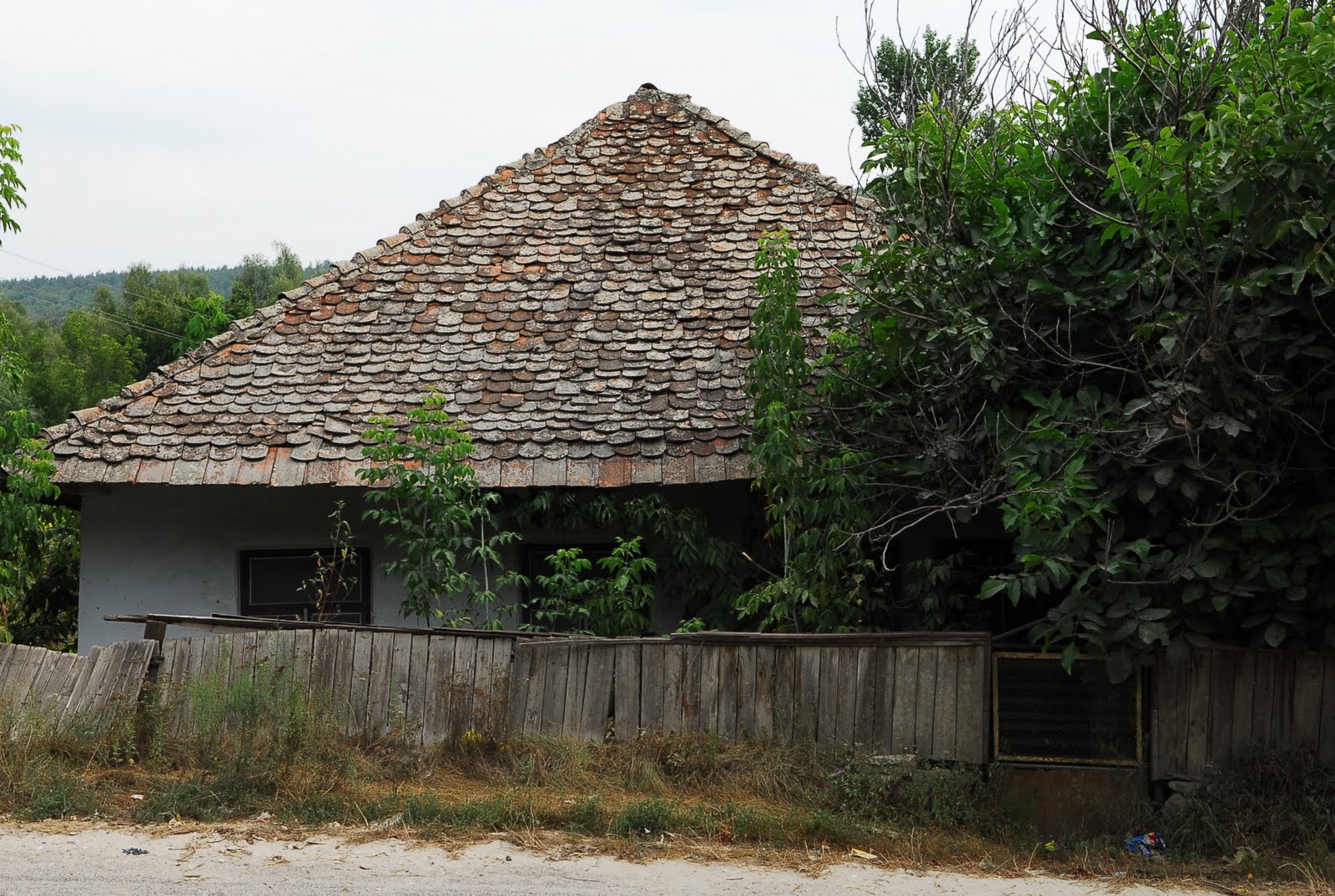
Roof tiles formerly made in Verbovets>>
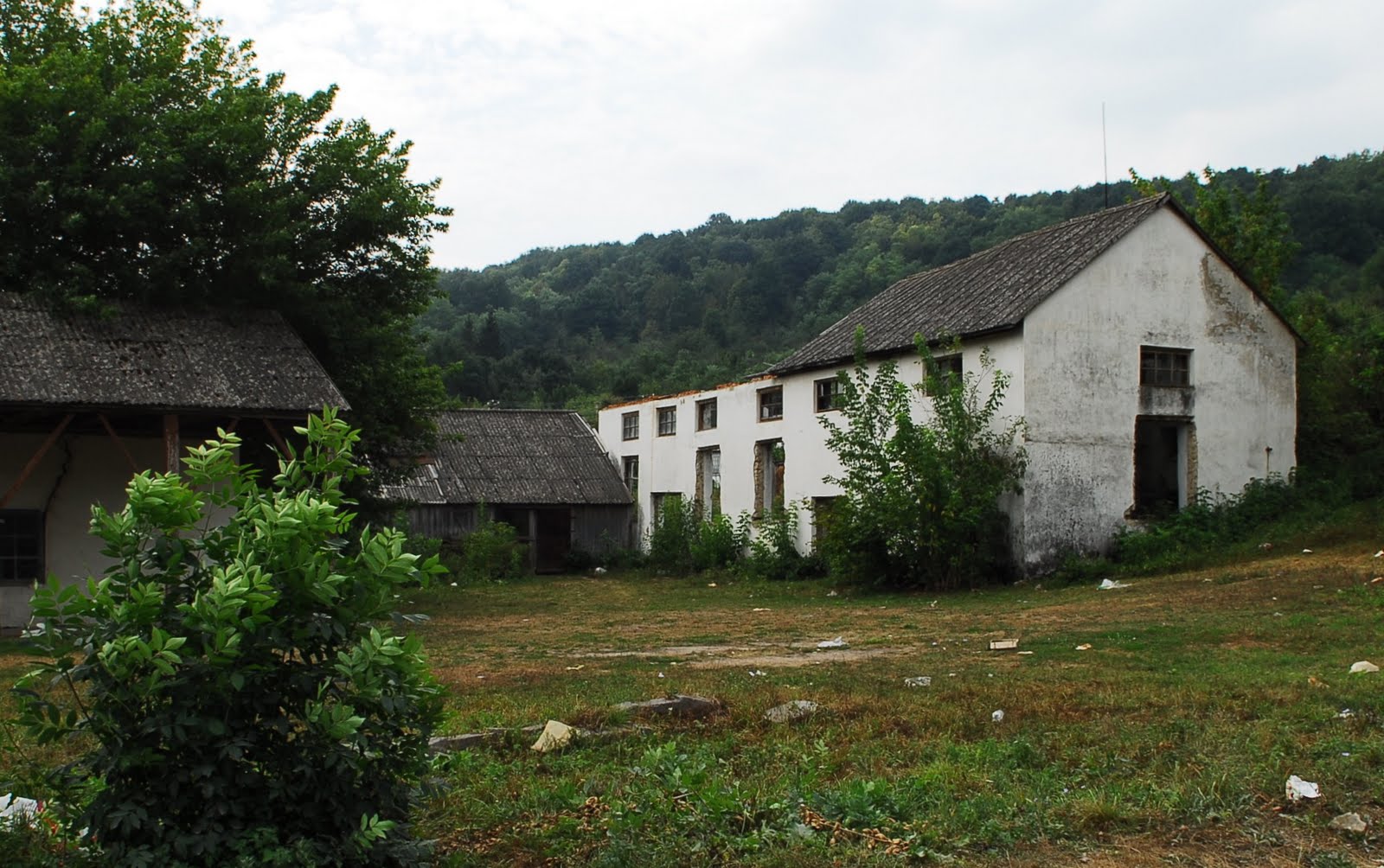
Thanks to Jere, Murray, Bill, Alison and Nick Friedman and Ben Alter, we have a wonderful photographs of Verbovets and surrounding area taken in August of 2010.
<< This building was a Sugar Beet Factory.
Verbovets Local School now >>
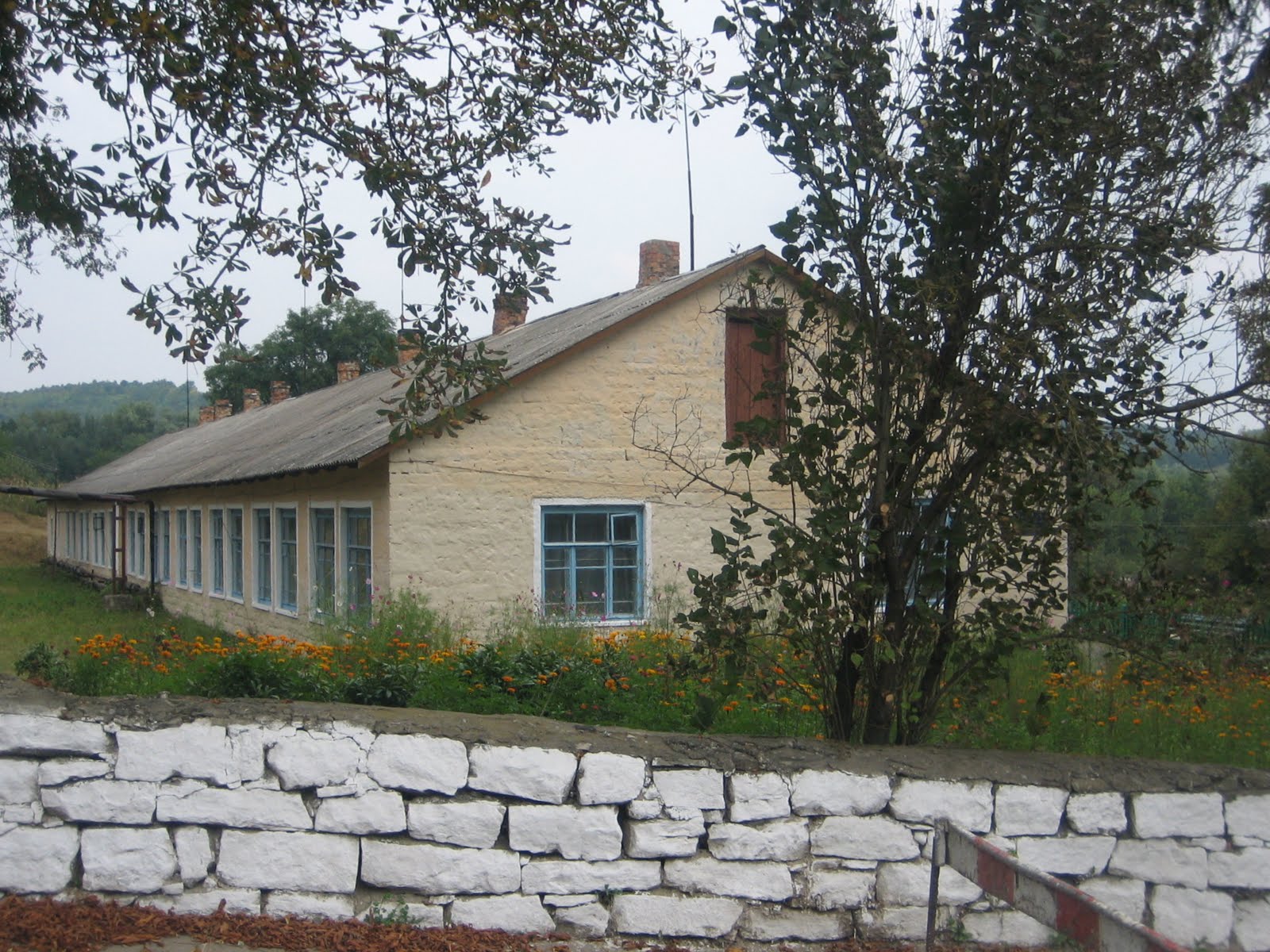
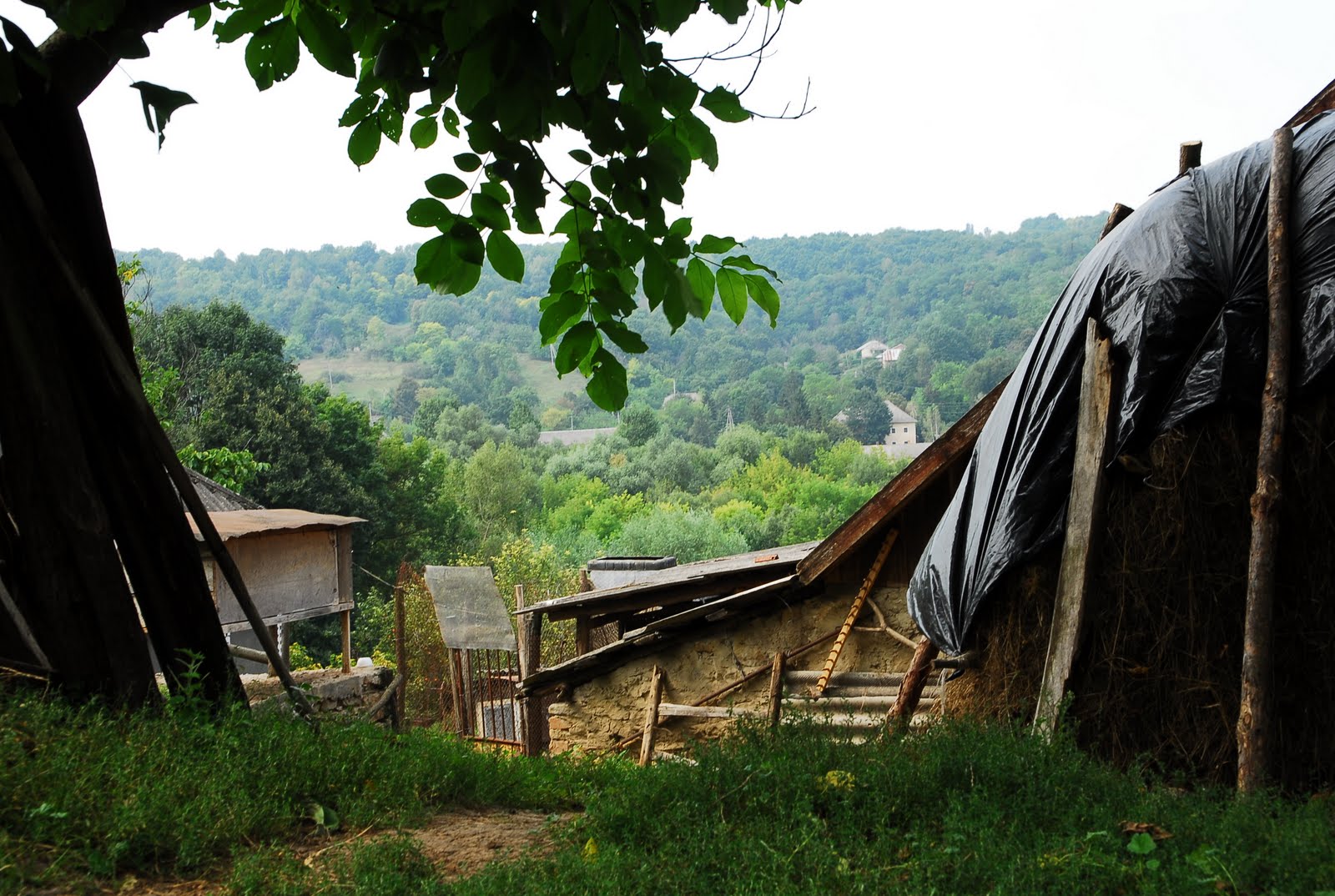
<< Verbovets Today
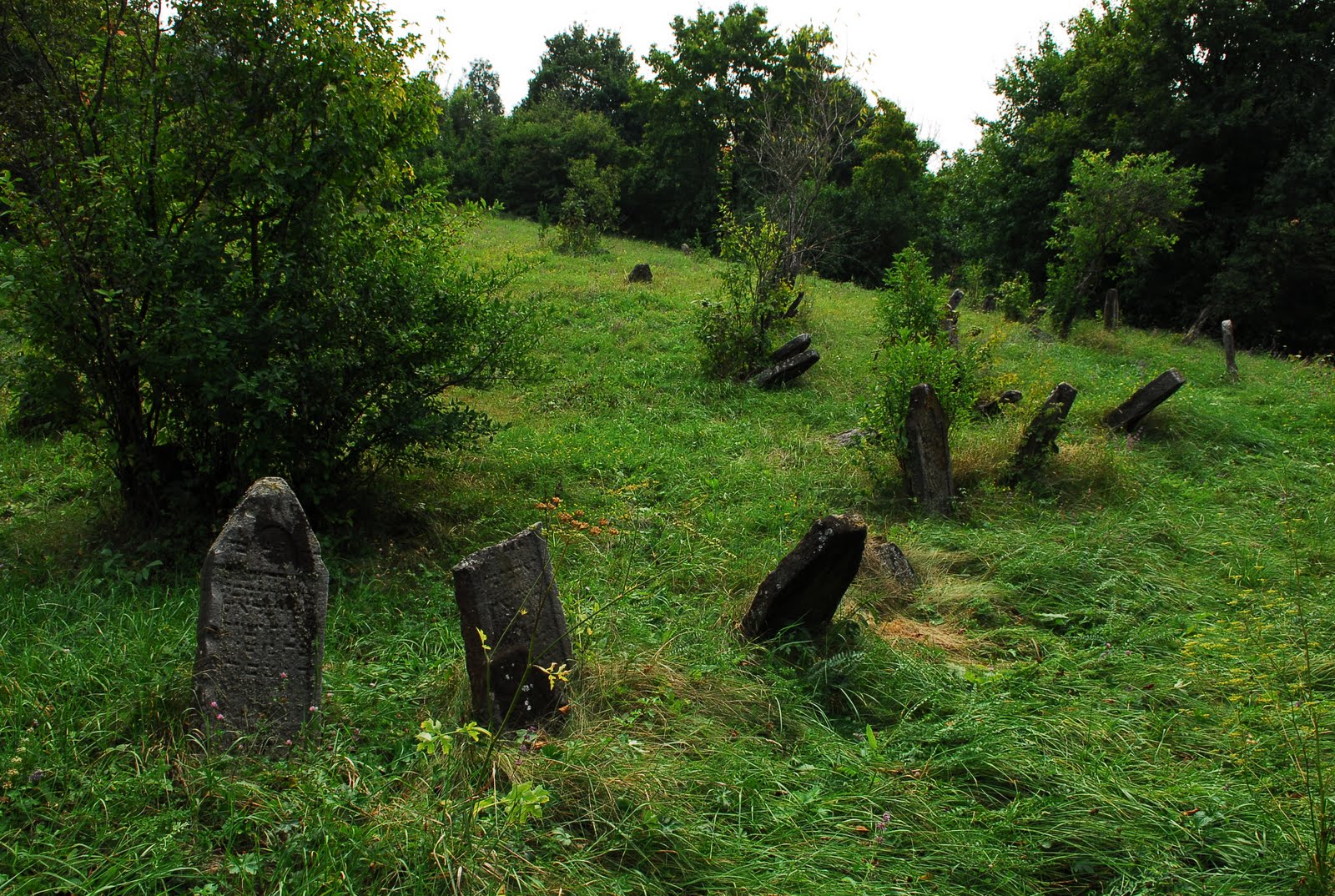 Verbovets Cemetery>>
Verbovets Cemetery>>
 << Verbovets Cemetery
<< Verbovets Cemetery
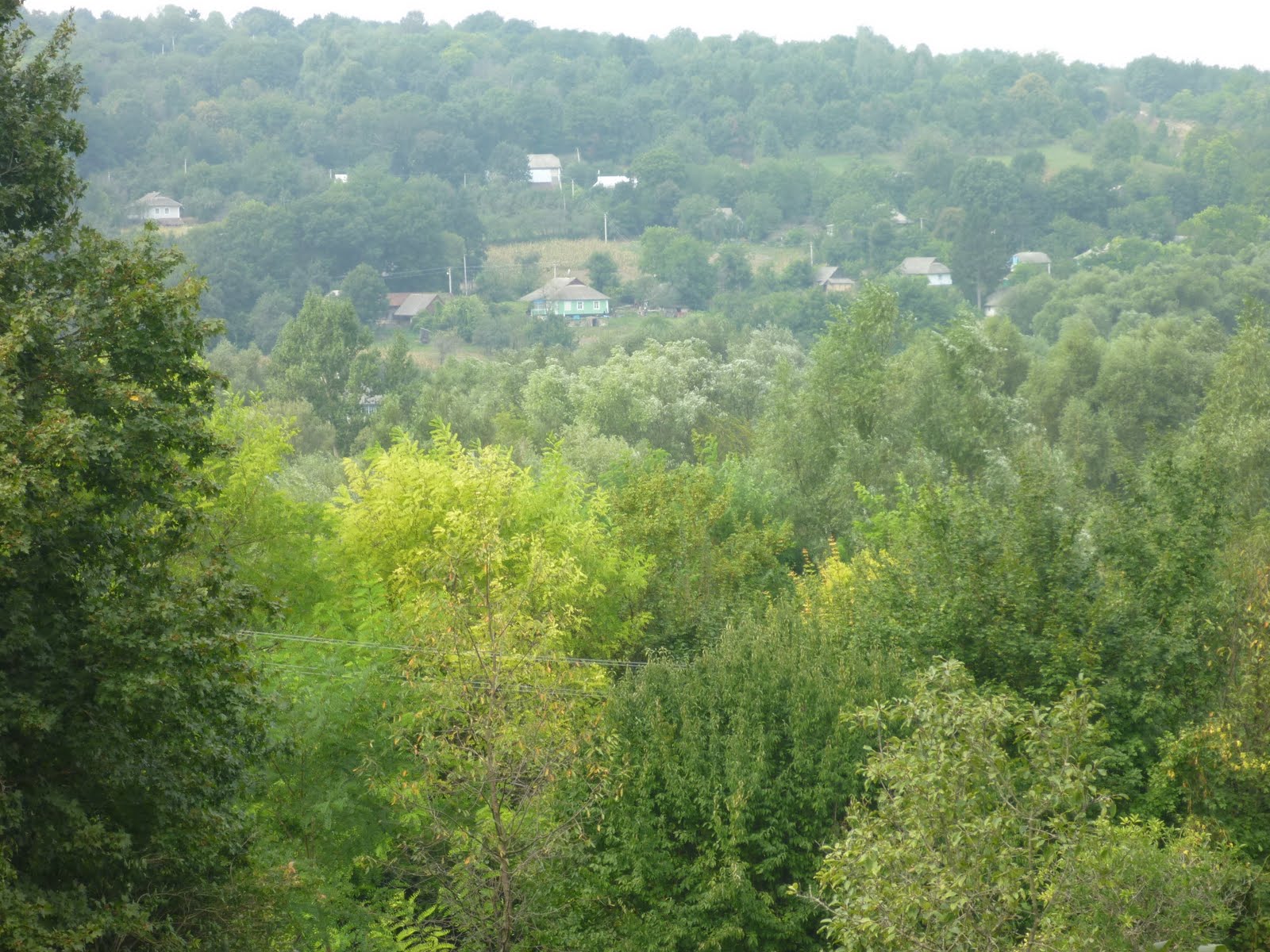
Verbovets Valley>>
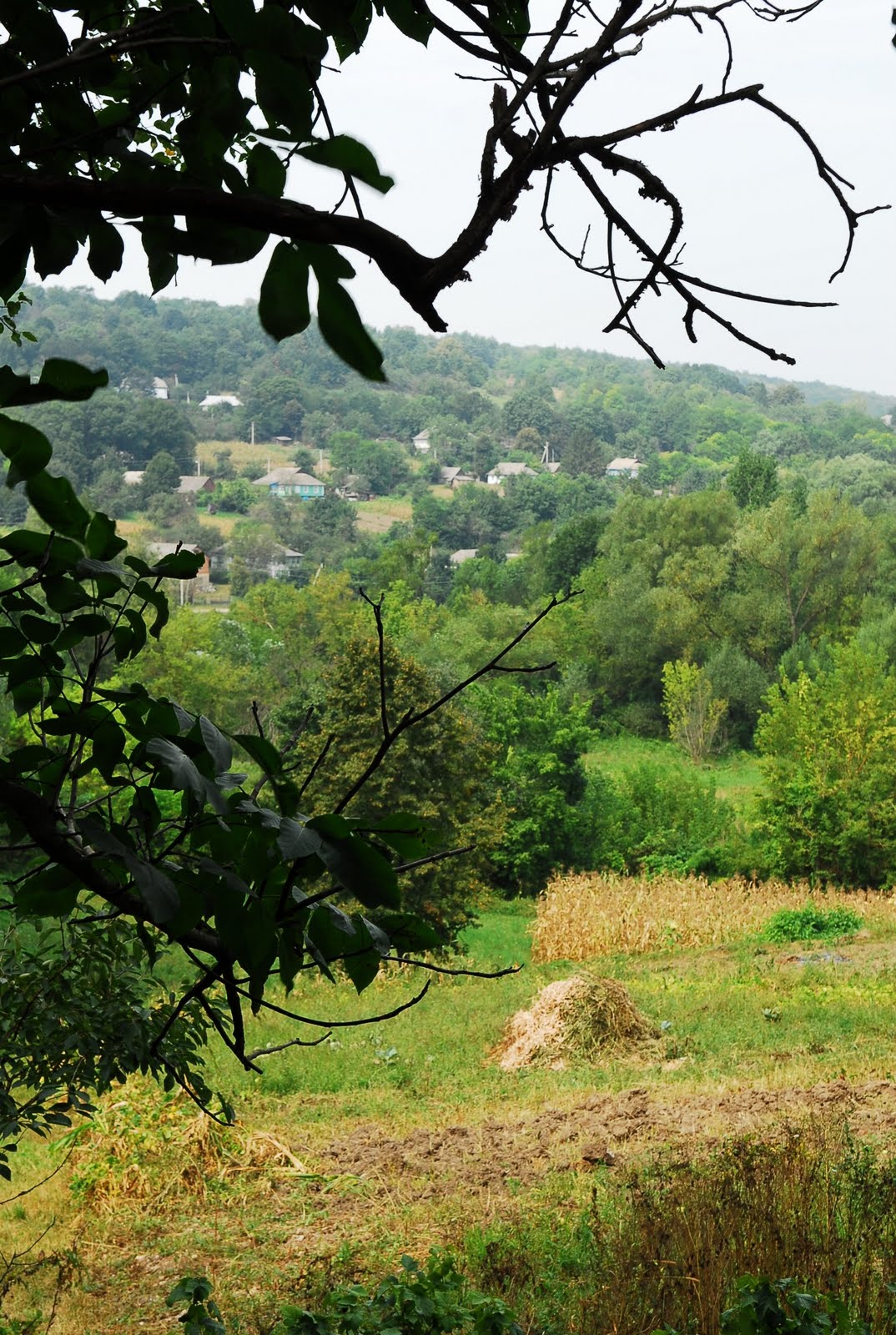
<< Verbovets Today
Another good resource is the JewishGen Verbovets Community page with links other databases and nearby towns...click below
JewishGen's Verbovets Community Page
Return to Table of Contents
. . . .
"Mordecai married Shava because he fell in love with her, it was not an
arranged marriage, as was the custom at the time. However, Shava's family could
not afford her dowry, so my father secretly gave her family the money with which
to buy her dowry. They were VERY much in love and lived in a Russian village
called 'Verbovitz'. My father owned a seedstore where he sold grain to the
peasant farmers who lived outside the village. When they could not pay, my
father, who was always very kind, gave them grain and let them pay with whatever
they could afford; a chicken or some eggs or even not at all. When he died, at
age 43, of the worldwide influenza epidemic that swept around the world, the
farmers helped my mother, my sister and brothers and me escape to Roumania by
putting all six of us in a horse drawn wagon, covered us with hay and in the
darkness of night drove us to the Dniester River, where we could cross over into
Roumania." As told to daughter Judith by her mother Gissie Aaronson (Marcus).
|
|
- Shmul, d. 1844
- Shaya, b. 1793 d. 1840
- Itsko Itzik Aronzun, b. 1826
+Fruma Rivele Bremeg, b. 1828
- Maryam-Gisia, b. 1846
- Shmul Gerts, b. 1853
- Avraham, b. 1858 Mogilev Podolskiy d. 1898
+Brokhe bat Tzion Rozovsky d. 1867 d. 1957
- Ezriel, b. 1860 d. 1937
+ Chaika Feinman
- Freyda, b. 1865 d. 1935
+ Toviah Liebman d. 1935
- Edel, b.1869 d. 1957 Belz, Romania
+ Mollie (Malkah) Swartzman d. 1943
- Shaya-Meir, b. 1851
+ Gonikberg?
- Dvora Aronzon, b. 1869 d. 1919
+ Yacov Duchovnay
- Tillie (Toube) Aronzon, b. 1873 d. 1935
+ Mordechai Tzvi Cligman
- Mordecai Aronzon, b. c. 1877 d. 1920
+Shava Rubenstein, b. 1882 d. 1945
- Roza>Rose Aronzon, b. 1905 Verbovets, Podolia, d. 1968
+Isidore Goldberg, m. 1930 d. 1970
- Josef>Joseph Aronzon, b. 1907 Verbovets, Podolia, d. 1985
+Ann Kraichmer, m. 1947 d. 1968
- Abram>Abraham Aronzon, b. 1909 Verbovets, Podolia, d. 1994
+Miriam Sapiro m. 1942 d. 2002
- Meir>Meyer Aronzon, b. 1911 Verbovets,
Podolia, d. 1991
+Norma Brody m. 1946 d. 2010
- Gisia>Gertrude Aronzon, b. 1913 Verbovets,
Podolia, d. 1981
+Herman Marcus m. 1933 d. 1994
|
|
This photograph was taken in the Verbovets
area; it shows members of the Aronzon family.
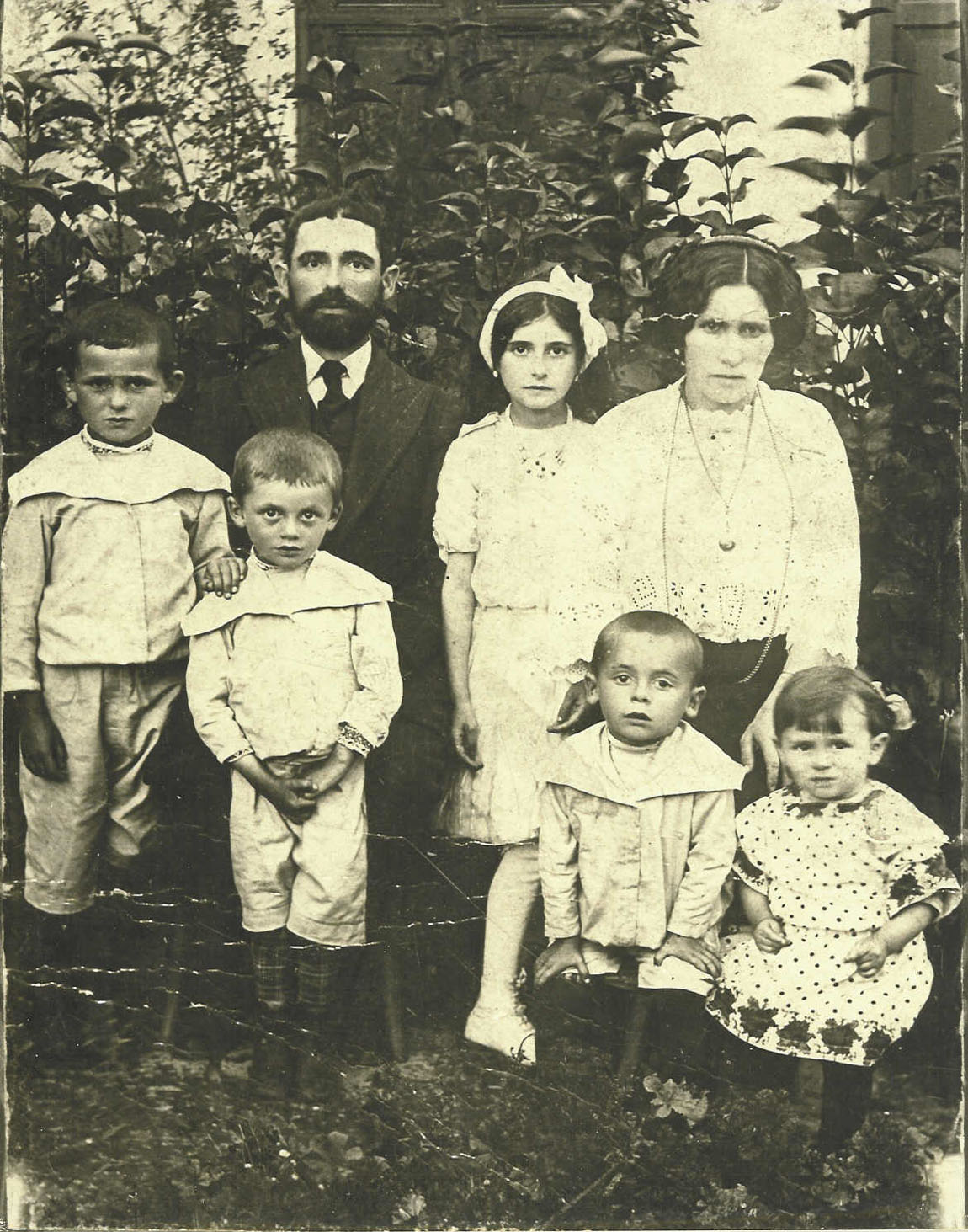
Back Row Left to Right: Josef, Mordecai, Roza,
Shava ; Front Row Left to Right: Abram, Meir, Gisia Aronzon.
|
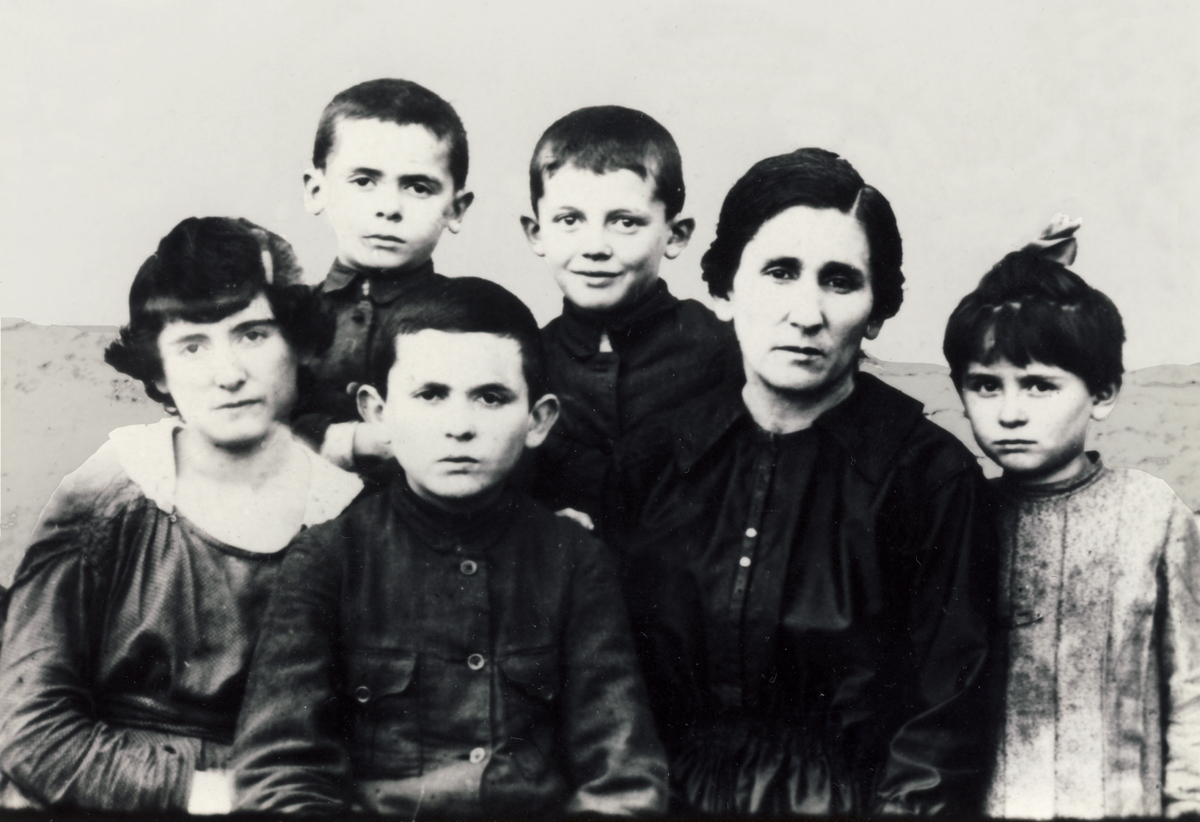
Front Row Left to Right: Roza, Josef, Shava, Gisia; Back Row: Meir, Abram Aronzon >>
Return to Table of Contents
. . . .
My name is David Brotman, I would appreciate any information or pictures
about the Brotman/Broitman Family from other family members or landslite. Please email me David Brotman
My father, Saul, was born in Verbovets and pictured below is the Brotman Family: Standing Left to Right: Saul Herschel (Yehoshua Heschel) (1913-2006) Brotman, Leah Boroshok
Brotman (1881-1963), Dora (Dobrich) Brotman Gross (1911-2007) Seated: Left to Right: Isaac (Itzhak) Brotman (1862-1956), Gertrude (Gittel) Brotman Rothman (1917-2011)
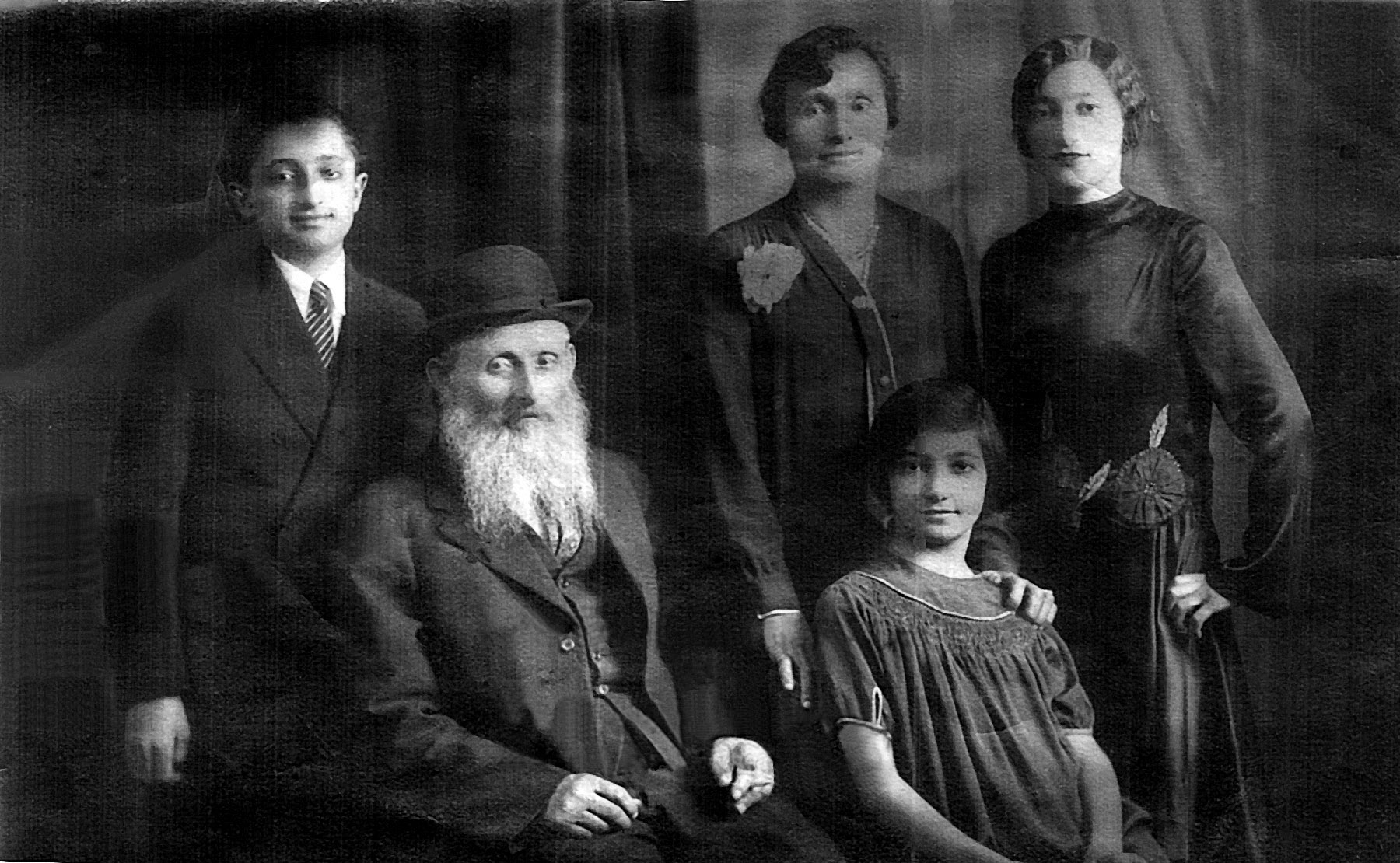
Below right is a photograph of my great grandfather, Cuple Broitman (1835-1927)
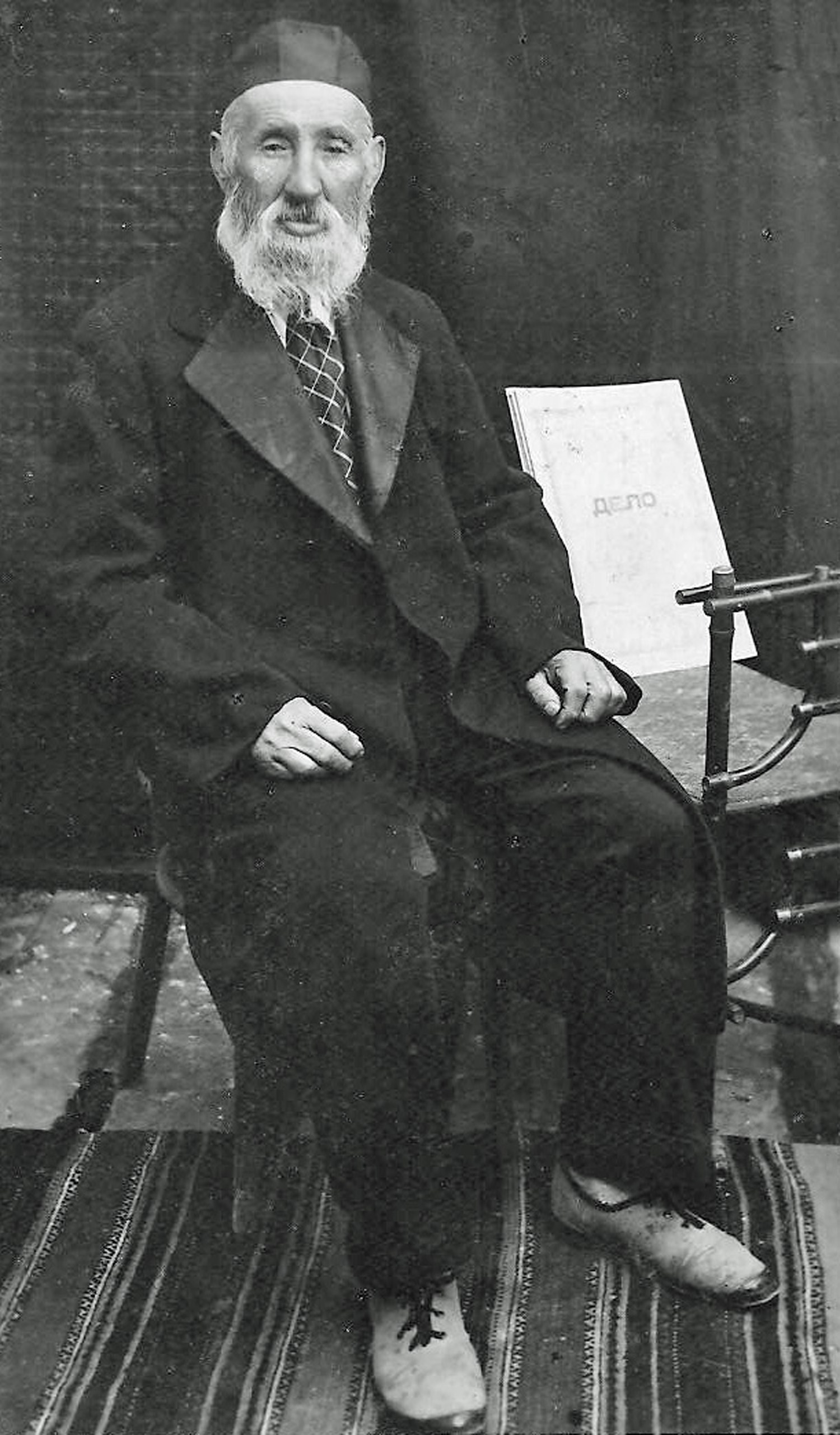
Below right is the marriage contract of my grandparents Itzhak and Leah Brotman.
Below left is The passport of the Brotman Family. "Courtesy of The Jewish Museum of Maryland"
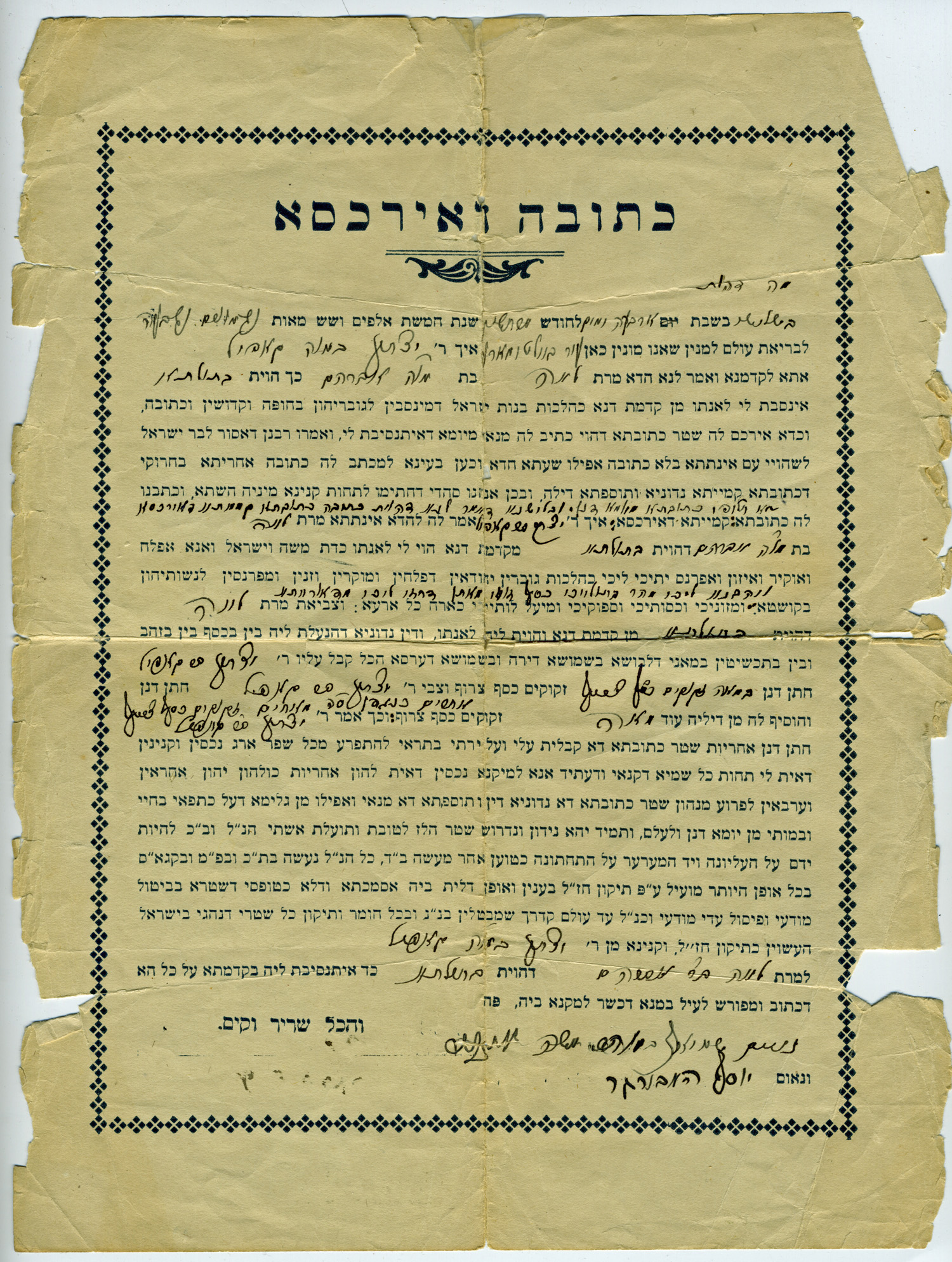
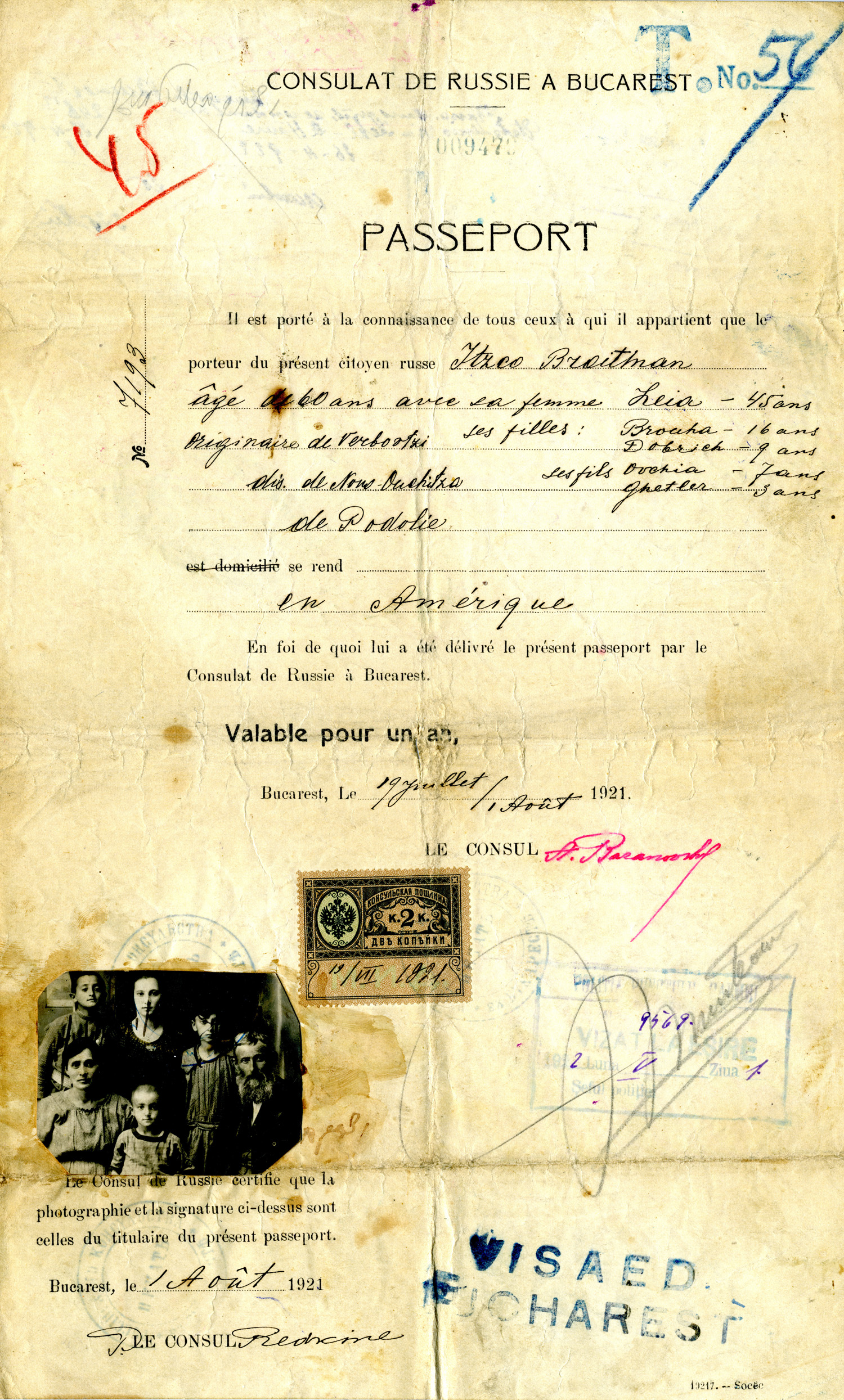
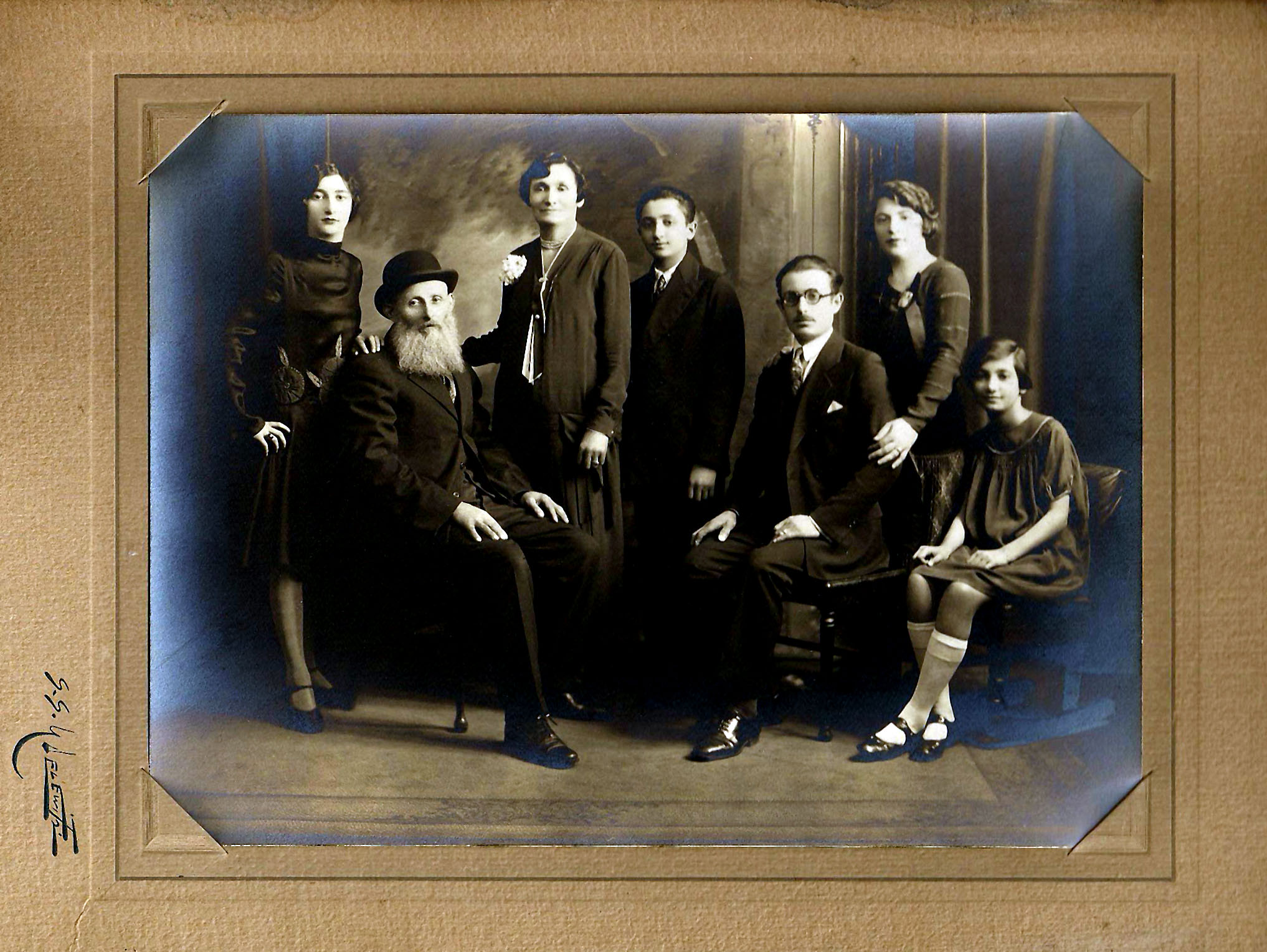 The photo at the right was taken in this country within four or five years of arrival. Left to Right - Dora Brotman Gross (1911-2007), Isaac Brotman (1862-1956),
Leah Boroshok Brotman (1881-1963), Saul Brotman (1913-2006), Milton Brotman (1899-1979), Blanche Katz Brotman,
Gertrude Brotman Rothman (1917-2011). Photos courtesy of David Brotman and Barry Gross.
The photo at the right was taken in this country within four or five years of arrival. Left to Right - Dora Brotman Gross (1911-2007), Isaac Brotman (1862-1956),
Leah Boroshok Brotman (1881-1963), Saul Brotman (1913-2006), Milton Brotman (1899-1979), Blanche Katz Brotman,
Gertrude Brotman Rothman (1917-2011). Photos courtesy of David Brotman and Barry Gross.
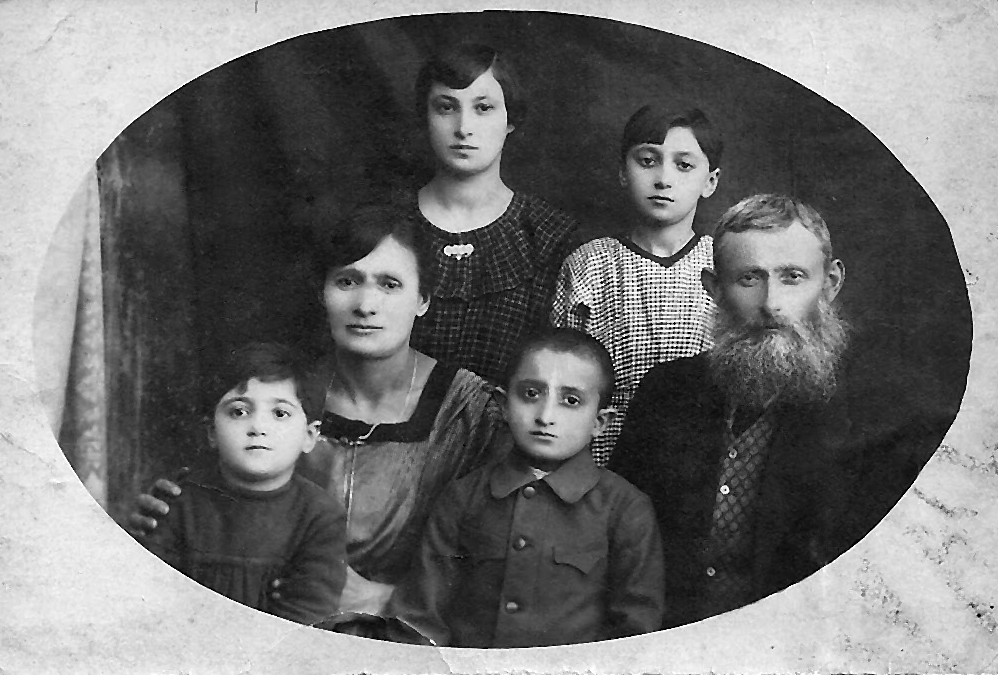 This is a passport photo of my grandfather and family taken before they came to the US, circa 1921.
Left to Right Top Row - Bertha Brotman Schenk, Dora Brotman Gross; Middle Row - Leah Boroshok
Brotman, Isaac Brotman; Front row - Gertrude Brotman Rothman, Saul Brotman
This is a passport photo of my grandfather and family taken before they came to the US, circa 1921.
Left to Right Top Row - Bertha Brotman Schenk, Dora Brotman Gross; Middle Row - Leah Boroshok
Brotman, Isaac Brotman; Front row - Gertrude Brotman Rothman, Saul Brotman
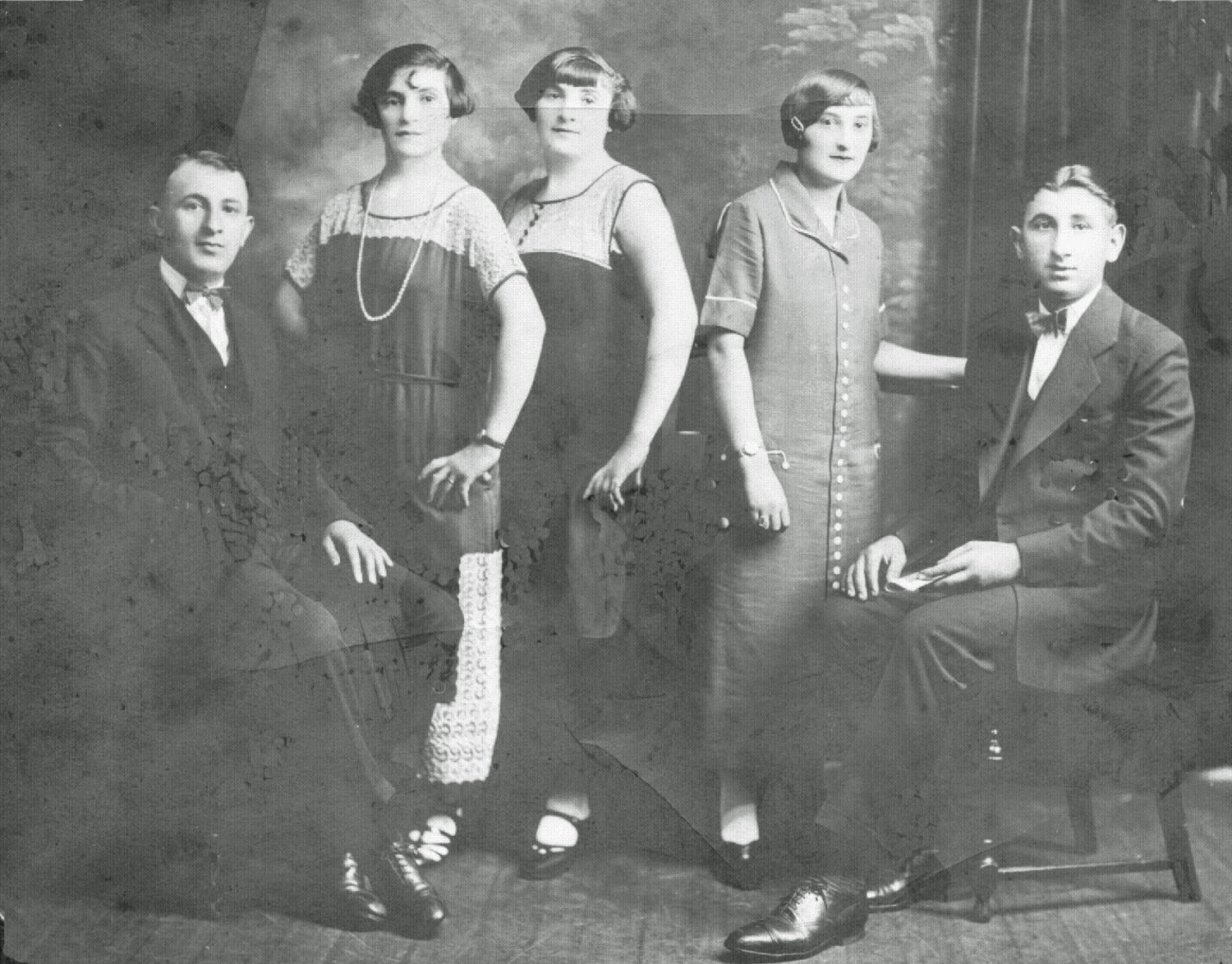
Left to Right: Meir (1900-1979), Rose (1901-1964), Anna (1905-1985), Ida (1906-1994) and Abe (1904-1986) Brotman taken in 1922, shortly after arrival >>
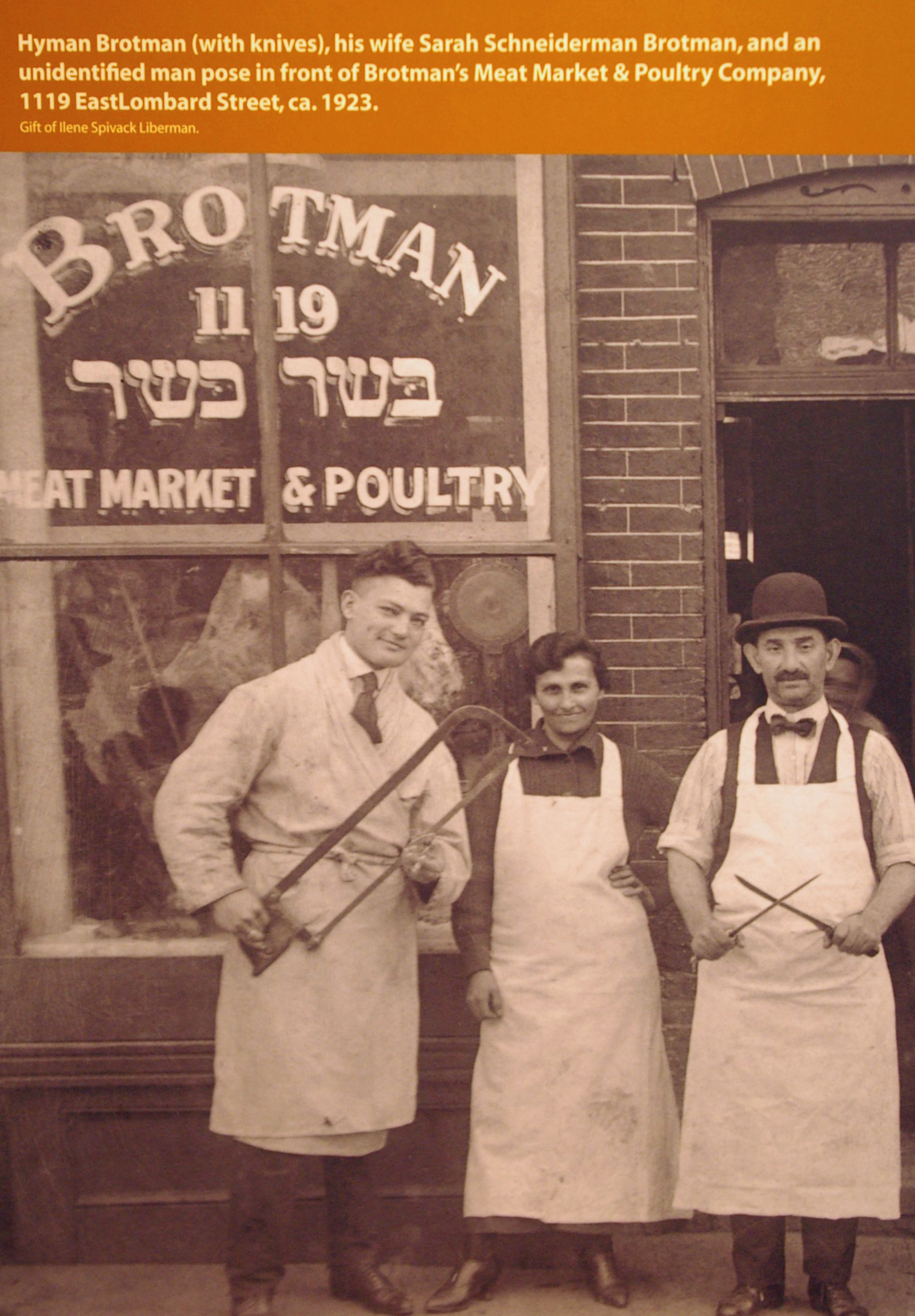
<< Brotman's in Baltimore 1923
. . . .
I was born in Russia, August 1, 1913, and lived in a small town called Verbovitz. My father was a kosher butcher. It was a hard and difficult business. He had to go to the farmer, buy the animal, lead it home by foot, feed it and then have it killed by a shochet, who was trained to kill it painlessly. Then my father sold the meat. We managed to get along on the existing economy. There were no luxuries as those we benefit from today. My father built an underground basement floor next to the house, filled it with wagons of ice in the winter, covered it with straw to keep the meat refrigerated during the summer. It was called a ledovna.
During the Bolshevik Revolution in 1917, the king, Czar Nicholas, was killed by communists. Things were bad for Jews before, but were much worse after the revolution. Anti-Semitism was rampant. The government was not stable. There was antagonism and different governments came into existence, like the Petlures, the Denikens, Trotsky, Joseph Stalin, and perhaps others. There wasn't much discipline in the army. Revolution was ripe. Taxes were high, wages were low and feudalism existed. Russia entered World War I, and the men were armed with ammunition. They refused to fight and to give up the guns. Trotsky encouraged them to rebel, however, there were different factions, led by the leaders mentioned, who tried to rule the government. There was no stable government. Each faction printed it's own money, which was worthless. My father had a pillow case of worthless paper money. As the fighting and shooting continued among the inner circles, we ran to the cellars for safety. This continued for quite a while. Stalin stabilized the government somewhat with his ruthless Reign of Terror. He executed thousands of people who exhibited the slightest suspicion of opposition.
Jews were tortured and persecuted. Hunger was great. One day, many Jews were lead into a synagogue. The doors were locked and the building was put on fire. Monday was farmers' market day. The farmers would bring their wares to the plaza in the center of the city, even cattle, and sell them. Suddenly, on such a market day, a gang of terrorists disrupted the market. Everyone in the city, small as it was, ran for safety. The best place was at a farm house. Many farmers were good to Jews. They befriended them, fed them and sheltered them from gangs. My mother was beaten and whipped with a horsewhip with a child in her arms. My two sisters and I ended up in a farm house by a kind lady. After hours of turmoil, the family got together.
One Friday night, in about 1920, my father and I went to synagogue, and my mother and my sisters went next door to stay with a neighbor until we returned. When we returned to the house, it was ransacked. It was turmoil. My parents had not wanted to leave Russia. However, when this happened, they were frightened and decided to leave immediately to the United States. We lived near the border with Romania. It was a question of escaping to Romania. The Dniester River bordered on the two countries. This was winter when the river was frozen and the escape at night was easier. My father arranged with someone to help us escape at night by sled. Suddenly, we were detected, and shooting began. The man refused to continue and dumped us on the ice of the river. We were running on the ice to the border. In the meantime, my sister, Dora, hit a soft spot and her foot was caught in the icy water.
We managed to get to the border. My mother had a brother and sister living in two cities in Romania. We finally managed to get to the brother exhausted, frozen and hungry. We were exiled from city to city like nomads or gypsies because we were refugees from Russia.
We finally arrived in Bucharest, the capitol of Romania, where we lived anxiously for ten months, waiting for our number to get a visa to go to the United States. At that time, they had a quota system allowing so many people to enter from different countries. It took almost two years before we entered the USA on May 20, 1922. Bucharest was a pretty city. In the meantime, I had no education except the little Hebrew reading my father taught me. I was almost nine years old when we arrived in this country.
We boarded the ship, a fairly good ship in Le Havre, France. The ship was called Paris. It took us about a week to get here. The most interesting, exciting and exhilarating moments were when we were approaching the shores of the country of milk and honey paved with gold. That's what we were told. It was nighttime. The lights were shining. It was just beautiful. At last, we arrived at the famous New York Harbor. Then we passed the Statue of Liberty, another exciting sight. And then we landed at Ellis Island, where all immigrants went ashore.
In the Ellis Island building, we walked up a stairwell. At the top of the stairs, health inspectors positioned themselves and carefully observed everyone walking up to check if they could make it. My mother and sister, Dora, were found to be too weak, and were taken to a health clinic for rest and rehabilitation. The rest of the family was detained for about four days. Considering what we had experienced, it wasn't bad. We saw movies every day and had ice cream. It was the first time I saw black people. A large room was shared by the men for sleeping quarters in bunk beds. Ellis Island was discontinued to be a port of entry in the mid-twenties, a few years after we came here. It was recently refurbished and renovated. Today, it is a museum. Lee Iacocca, was chairman. He had an idea to build a brick wall and carve immigrant's names for a consideration of $100.00. I contributed $100.00 and my name was carved on the wall. I saw it when I visited the museum.
My Uncle Beryl from Washington was supposed to meet us when we arrived. He apparently was informed that we were detained. He came later to greet us to escort us to Washington. We crossed the harbor again by ferry and approached New York. We were in the railroad station waiting for a train and Uncle Beryl brought us bananas. He was pleased to see that we pealed them. We had eaten' bananas in Bucharest. The train stopped in Baltimore where we saw Uncle Chaim, another brother of my father. Then we continued our travel to Washington.
We stayed at Uncle Beryl and Tante Kreyna's for about three months. My brother, Milton, and my sister, Bertha, came before us. In Washington, my father was a kosher butcher again. He had to learn the system of meat cutting, but he managed.
I was almost nine years old when I came here. By September, I was nine years old. Since I could not speak much English yet, and had no previous education, I was placed in the first grade in public school with all of the younger children. I had a very good teacher who took an interest in me. She tutored me and gave me books to read and shipped me to the second grade the next semester.
In the meantime, I learned to sell newspapers. I paid one cent for a newspaper and sold it for two cents. When I made the first dollar, I was thrilled. I ran to my mother and gave it to her. One day, I think in September, there was excitement going on in the street and I sold out my papers fast. The next day, the same thing happened. The third day I bought more papers. Things were quieter that day, and I was stuck with extra papers. I learned the World Series in baseball was going on and on the third day they traveled, so there was no excitement. There was no television or radio, so people bought newspapers. This was my first business experience. I learned a lesson, and apparently because conservative in later years. Recently, I am becoming more liberal.
About a year later, my father opened a butcher store with his brother, Uncle Chaim, in Baltimore. We moved to Baltimore and my father enrolled me in a Baltimore Hebrew parochial school which was later changed to Talmudical Academy of Baltimore. I stared in the third grade. The English teachers were very good and strict. They knew their subject and knew how to teach.
When I was in the fifth grade, the school started a seventh grade junior high school class. The principal offered to skip me the entire sixth grade if I would attend the seventh grade school. I accepted the deal. He taught the subjects in the seventh grade himself. He was a lawyer but did not practice. He was an excellent teacher and I did quite well. It was there that I learned my English grammar well and Latin. When I got to the eighth grade in junior high school, I was among the better students. I also was a pretty good speller. If you notice some spelling errors, it's because I'm rushing; also age. Please forgive. I also attended the seminary (Yeshiva) until I was 17 years of age. When I was in high school, I did not attend the fourth year. Instead, I took a high school equivalent examination for two days. It was quite difficult. I took a refresher course in the summer and it helped a lot.
I attended the University of Baltimore Law School and graduated with an LLB Degree. When I passed the Bar, it was depression days and it was very difficult to get placed in a law office for experience. The Big Depression was caused, in 1929, by the great drop of the stock market. Unemployment was heavy and businesses were closed. My family was not so bad off. My father was a kosher butcher and he had a business for himself. He also bought a building and converted it to a store before the depression. People had to eat so business was not too bad. However, he sold meat at 16 cents a pound at a minimal profit in order to exist. I remember customers would say, "Mr. Brotman, I want a lamb chop for my baby." People couldn't afford more. People would sell apples for a few pennies to keep from starving. It's true, it's not funny. The depression lasted until about 1940, just before World War II. It was during such a time that I tried to get a job in a law office for experience even without pay. I kept ringing
door bells and didn't give up. Finally, one lawyer agreed to my request to come in without pay. His name was Mr. Wolfson. I lasted with him a year. I got a job on Saturdays at a Reads Drug Store and earned about $10.00. It lasted me for a week. I stayed home with my parents and food and rent free.
During my college years in law school, I worked for a title company and became an expert in real estate law. After I had been in the law office of Mr. Wolfson for about six months, the Home Owners Association, a government bureau, became active in governmental loans and also the government started to rehabilitate slum neighborhoods. The title companies were so busy so they farmed out title research to about 30 lawyers in the city. With my experience in title research, I applied and was engaged to search titles per title, not on a salary basis. This gave me a lift. When Mr. Wolfson saw I was spending less time in the office, he was dissatisfied. After six more months, I decided to go into private practice.
After a while, I took a job with a title company in Arlington, Virginia for a short while until I became associated with an ex-state senator in Fairfax, Virginia. This was about the beginning of 1941. I moved to Arlington, Virginia and bought a new 1941 Plymouth for $700.00. This was the last car of the assembly line. World War II was going strong and all the factories were doing government work in support of the war efforts. I was associated with Mr. Rust. We did lots of settlement work. Lots of building and highway construction was in full swing. Like the National Airport in Washington, the Pentagon Building, and Shirley Highway.
I came to Baltimore every week to see my parents and the family. My sister, Geri, sold me three tickets to a dance at the Stafford Hotel on a Sunday afternoon. I went to the dance at the hotel with two friends. After a while we decided to go out and get a beer. As we were leaving, a pretty young girl approached us at the door and asked us if we were leaving. I was nice to her and asked her to dance. Then we left. I didn't ask her name or telephone number. While we were out, I told my friends I would like to go back and get her name and telephone number. She seemed like a very nice girl. When we returned, everyone was gone, so was she. When I arrived home, my sister asked me how the affair was. I told her what happened and described the girl. She told me it sounds like Bea Weiner. She is the president. It was a children's asthmatic institution in Denver. This was
Sunday evening and I had to go back to Virginia. Wednesday was November 11, Veterans Day. I returned to Baltimore on Tuesday, and began to look for Bea Weiner in the phone book. She was not listed and there were pages of Weiner & Weiner. Luckily, her father's name was Aaron. I called the number and her father answered. I asked for Bea and he told me she was at the Y. I quickly rushed to the Y. I inquired about Bea Weiner and after other inquiries, I was told she was in the gym. It was a relief to learn she was in the building. I sat down and cooled my heels, keeping my eyes glued on the elevator door. Finally, there she was, the pretty girl. I rushed over and told her I had been waiting for her. She says she asked me "Who are you?" I asked her if I could take her home. On the way home, I asked her to go out with me. When we arrived home, she quickly introduced me to her mother. She changed her clothes and we went to a cocktail lounge called Doc's. We ordered a drink and talked endlessly and getting acquainted with each other. The evening was beautiful. We were so engrossed with each other that we didn't realize the place was empty and the waiters were anxiously waiting for us to leave. The evening at Doc's was superb. It was excellent. We enjoyed it so much just talking to each other. We left laughing, how engrossing it was. On the way home, we talked some more and enjoying the ride home. I never enjoyed an evening so much.
Bea forgot a tam in the car. I returned it to her the next day, enjoying our togetherness again. We had several pleasant and happy dates together. We became so in love with each other , we decided to get married. We were married March 8, 1942.
I soon learned a new apartment building was to be built in Arlington, Virginia. The area was called Barcroft. We had one bedroom, living room, kitchen and bath. The rent was $50.00 per month, including electric and heat. It was very nice and we enjoyed it.
The evening of our first date made such an impression on me that I decided we should celebrate November 11, Veteran's Day every year. And so for 54 years, we have celebrated our first date on Veteran's Day. This year, November 11, 1996, was the first year we missed the celebration because Bea was not well due to a cyst operation on her leg.
Before I met Bea, I was informed that the Navy was planning to build an airport in Alaska and were searching the titles to the land. You had to be in the Navy and be a lawyer. Since I was subject to draft in the Army, I filed an application to be an ensign in the Navy. I had the title experience and was qualified. I received an answer that 20/20 vision was required, and I did not have 20/20 vision. Consequently, I was rejected. I was not discouraged. I went to a very good eye doctor for an examination. He examined my eyes and told me I had 20/20 vision. He said "You were not rejected because of eye vision, it's because your name is Brotman. You are a Jew." When I heard that, I decided to file an appeal. However, when I met Bea, I gave up the appeal.
After a while, Mr. Rust's secretary left and Bea replaced her. She cleaned up the office and started a new system of records. Mr. Rust had a number of loans and
everything was put in better shape. Mr. Rust was very much satisfied with her. Soon I was informed by the Draft Board to come to Baltimore for a physical examination. I was placed in 1B, limited service, like a desk job. My number was very high and they never reached me. I wasn't sorry. In the meantime, things were getting better and the economy was picking up. We decided to move back to Baltimore and attempt my law practice.
We moved to Baltimore about 1943. I attempted to associate with another lawyer but I didn't like the office system. I quit and opened an office by myself. It took a little time. In the meantime, I made some investments in real estate. I bought a home at an auction sale or private sale, renovated it and sold it or kept it for rental income. Soon I had several houses. Between law practice and real estate investments, things were picking up. Bea helped me in the office and the real estate business. She went to auctions and bought paint and other real estate merchandise. She is not a CPA, but is an excellent accountant. She did our income taxes from the year we were married and has continued to do so to the present time.
We bought more real estate and were doing well. We became active in synagogues and other organizations. I don't know when I found the time. Soon we had two sons born to us five years apart. The oldest son, David , was born January 21, 1945, and the second son, Lloyd was born February 17, 1950. In the meantime, business continued to get better and we got along well. We were always charitable and gave according to our means. We also devoted our time to charitable endeavors. Our children first and we tried to give them the best.
In the late 50s, there was a vacancy in the Baltimore City Council. I had been fairly active in politics. I was a President of an organization called the Dandy 5th Democratic Club. I decided to run for the vacancy. I filed my application and began my campaign. I wrote letters to members of organizations and synagogues. Different members wrote endorsements of my candidacy. I also attended public functions like breakfasts and dinners. In the meantime, I received a telephone call from one of the arch-politicians in the city who knew me well. He asked me to come to his office for a talk. I obliged and came to see him. They campaigned for a particular individual and didn't-want opposition. Twenty-three people field for the one vacancy. He told me I am wasting my time and money. They would beat my a-- off. He offered me a job in the State's Attorney's Office or in the City Solicitor's Office. I told him I wasn't interested in a job. I reminded him I was a lawyer and couldn't advertise and this gave me good
public relations. The result was I lost, but I made a good showing. I also made more friends and more people began to know me. I made my brother-in-law, Stanley Weiner, my campaign manager and he also became interested in politics. Shortly thereafter, I was appointed a police magistrate by the governor.
Not only did we love our children, but we encouraged them to grow up to be outstanding men. Today, both are very successful professional men. David is a successful architect. He is the Vice Chairman of the Board of RTKL Associates, Inc., a prominent international architectural, engineering and designing firm. He is the director of the Los Angeles regional office. He met Wendy Barnett in Park
School in Baltimore when they were only 16 years of age. They have been happily married since they were 21. They have a beautiful home in Manhattan Beach, California. They have two sons, Gary and Trevor. Gary is happily married to Kelly. He has a nice public relations job in advertising and enjoys his work. Trevor is completing his last year in the University of San Diego. He is a nice and friendly young man.
Lloyd is a successful psychologist. He has two offices. One in the center of the city in Philadelphia, and the other in Cherry Hill, New Jersey. He also acts as a consultant to some big companies who are down grading. He has a Ph.D. degree. He is married to Merrill, a wonderful wife. They met in Boston in college. They have a beautiful and expensive home in the center of Philadelphia. They have lots of friends.
Merrill and Lloyd have one daughter, Emily. She is very talented, smart, friendly and has lots of friends. She is our only granddaughter and we love her immensely. She attends an expensive exceptionally good private school. She is 14 and is in 8th grade. She will qualify to be accepted by the best colleges. Including Harvard. I am sure she will be an exceptional professional. She told me on the telephone that she wants to write in school about my coming from Russia to America. She wants more facts about my past. I was thrilled that she chose this subject. And so, I am not only giving her some facts, I am writing a short biography. I couldn't give her all this information on the telephone. I am pleased she asked me. Now she will know a little more about her Poppy Saul, as she still calls me.
I am very happy my parents chose to leave Russia and come to the USA. It is the best country in the world. It is a rich and free country. Democracy prevails. It is a land of opportunity for all. Some people even make it without education. However, education is a must to be successful. When I became naturalized in this country, I considered it a privilege and trust to vote. I still feel that way. Bea and I have not missed an opportunity to vote on election days during our 54 years of marriage. On a few occasions, we even cast our absentee ballots when we were away.
My experience is an example of opportunities that exists in this country. At the beginning, my parents were not satisfied with this country. Understandably, a decent livelihood was the biggest problem for them. My father had to choose a business to support his family. Also, the language barrier was another problem. They couldn't speak English. They also had to cope with new customs. In a few years, things got better. They were able to raise a family and live more comfortably. My father was religious and he joined a synagogue in Baltimore that today is a Jewish museum.
Bea and I are proud of our family. We begin our daily prayers with the phrase, "Ma Tovu Obalecha Yaacov Mishknosecha Yisrael." -"How goodly are thy tents, Jacob and thy tabernacles, Israel". We consider our family of good citizens, of good moral character, and a reputation that is to be envied. Our children are devoted and thankful to us for what we have done for them. Shortly after they
were married, we gave them a start in life when they needed it. We gave each a rental property and managed it for them. When they sold the properties, they were able to buy a home for themselves with the profits. David and Wendy built their first home in Baltimore, which David designed. Lloyd and Merrill bought a home which they liked. We have continued to be generous with our children. Today when they don't need it, we still continue to give them generous gifts on various occasions.
This is part of our life that Bea and I have enjoyed together for 54 years. June 1997 copyright © 2011 Sandy Aaronson
Return to Table of Contents
. . . .
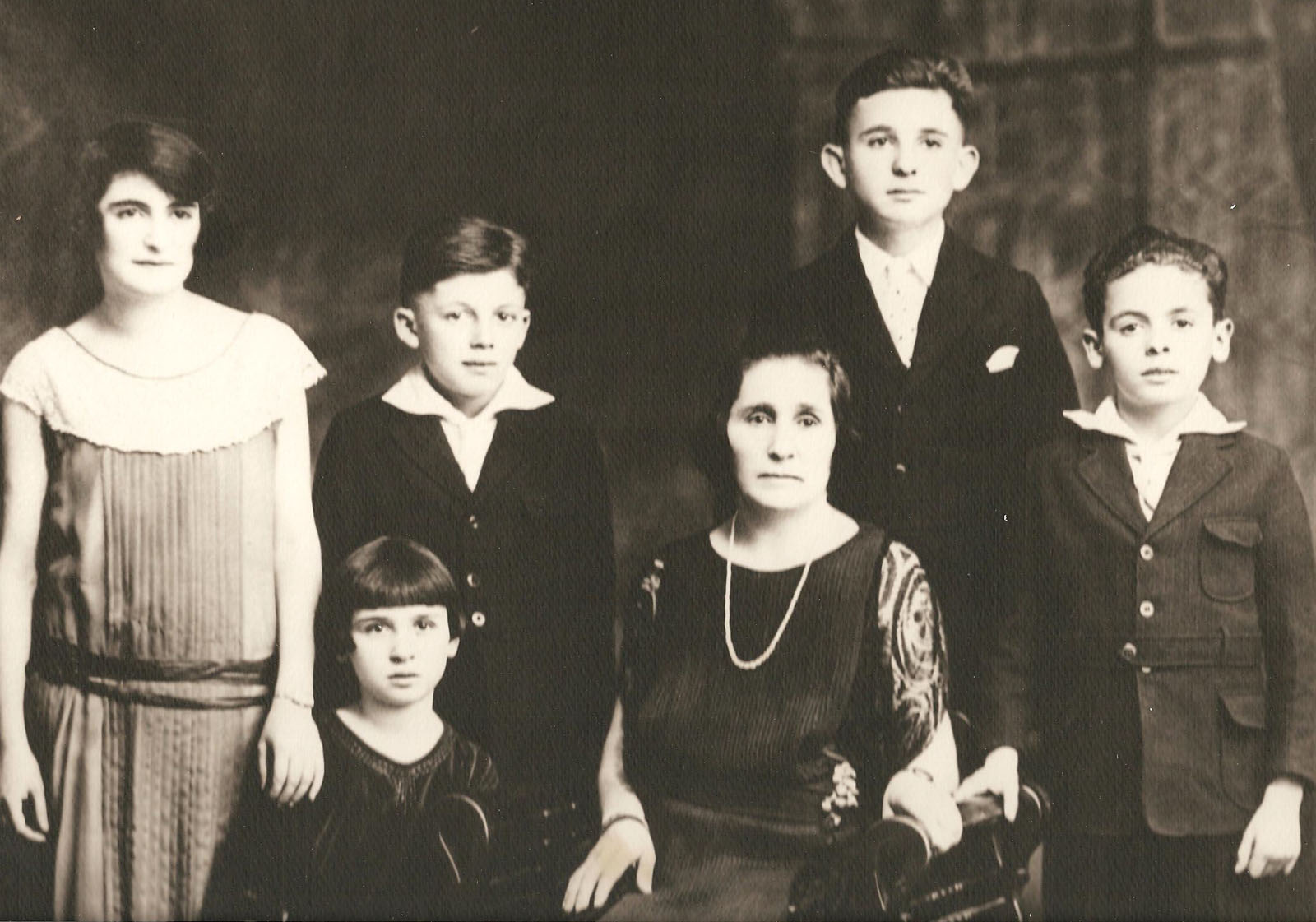
My great grandfather MEIR SCHLOMO RUBENSTEIN (1845-1909)
married my great grandmother FRUMA KOLICHMAN in the Verbovets area. Fruma's family, the Kolichman's, were rather well-to do, had several stores and Meir managed a hardware store. Sh'miel, Fruma's brother owned "a lot of timber and factories."
My great grandfather Shaya-Meyer ARONZON of Berdychiv (95.8 miles NNE of Verbovets)
My grandfather MORDECAI ARONZON (circa 1875-1920)
married My grandmother SHAVA RUBENSTEIN (1882-1945) , Meir and Fruma's 7th child (see below), in the Verbovets area where they had a general merchandise store, selling seed, and kerosene in the basement.
Back Left to Right: Rose, Abe, Joe--Front Left
to Right: Gertrude, Shava and Meyer Aaronson >>
Meir and Fruma Rubenstein had 7 children:
- Leah (1862-1932) married Mendel GREENBERG (1864-1923); they ran a dry goods store near Zamikhiv (10 miles NNW). Their children were Goldie (1890-1973), who married Sam Perkoff; Louis (1891-1966) who married Eva Shor; Annie (1895-1976) who married Abe Stolin>Stein; Harry (1897-1956) who married Mollie Shor and had a chain of stores with sister Selma; Max (1900-1973) who married Adele ?and Kitty ?; Selma (1904-1990) who married Ira Beck, then Sam Oritt and owned the chain of Diana Stores with brother Harry; Israel (1905-1969) who married Irene Clark; and Samuel (1909-1984) who married Ann Berger.
- Chava (1866-1919) married Akiva GREENBERG (?-1919) lived on a Duke's estate, near (Yedinets)>Edinet, Bessabaria>Moldova (40 miles S), and had 8 children: Rivka ?, Abraham (1892-1925) who married Lilly Meister; Carlos (1894-198?) who married Olga de la Torre; Sophie (1895-1971) who married Abraham Bernstein; Nettie (1897-1974) who married Philip Sklar; Rose (1902-1980) who married Max Largman; Beatrice (1903-1990) who married Eli Goldfarb; Pessie?.
- Moishe (1868-1946) married Shendel YAGALNITZER (1864-1960), emigrated to Baltimore in 1922, and had a religious store on Lombard Street. Their 7 children were Abraham (1889-1968) who married Monya ?, then Pessie Powerstein; Isaac (1892-1968) who married Rebecca Hirsch; Jacob (1894-1988) who married Esther Wexler; Rose (1902-1964) who married Philip Perlman; Sarah (1905-1991) who married Jacob Polsky then Henry Keller; Samuel (1906-1970) who married Della Wexler; and Thelma (1910-1983) who married Jacob Goldberg, then David Safer.
- Female (?-1909) married Mordecai Toprover and lived with their 2 daughters Rivca (Reba) (1903-1974) and Estel (Esther) (1904-1984) in Verbovets. The Rubenstein woman died during childbirth of her third daughter, Malca (Mollie) (1909-2005) and her widower husband, Mordecai, remarried the daughter of Rabbi Chaim Ben-Reb Yaacov Korin, the Rabbi of Verbovets. (See Toprover Family below)
- Louis (1876-1923) came to America in 1900. He and Jacob peddled soft goods in the south, brought their brother Frank to the US, where they opened stores in the south, peddled on the road during the week and sold in the stores on the weekends. He married Ida Block and they had 5 children: Evelyn (1902-1957) who married Sam Friedman and was in the jewelry business; Ben (1903-1971) who married Sadie Weinstein; Rose (1908-1998) who married Paul Desser, then Arthur Rose; Myron (Mike) (1910-1977) who married Mary Rocklin and was in the jewelry business; and Gertrude (1917-2002) who married Ureal Hacker, then Nicholas Casillo.
- Jacob (1881-1959) came to America in 1900. He and Louis peddled soft goods in the south, brought their brother Frank to the US, then worked for Frank and Louis. He married Claire, then Eunice; his children were Rosalie (1913-1996) who married Sam Prince; Sarah (1930-2006) who married Owen Sheeran, then Charles King; Evelyn (1932-1998) who married Martin Shanken; and Meyer (1934-?) who married Darlene Smith.
- Shava (1882-1945) married Mordecai Aronzon (1882-1920), and came to America in 1921 with their children: Rose, (1905-1968) who married Isidore Goldberg, owner of Gilbert's, ladies clothing stores; Joseph (1907-1985), who married Ann Kraichmer; Abraham (1909-1994), My Father, who married Miriam Sapiro; Meyer (1911-1991) who married Norma Brody; and Gertrude (1913-1981) who married Herman Marcus, a ladies dress manufacturer. The brothers had a chain of department stores, Aaronson Brothers, along the Mexican border.
- Frank (1884-1953) came to Baltimore in 1906 to avoid service in the Russian army. He peddled goods in the south, eventually opening stores with brother Louis, and having his own chain of stores, Franklin Stores. He married Yetta Shor and they had Denia (1911-1984) who married Harold Levin; Marcus (1913-1952) who married Nancy ?; and Albert (1913-1991) who married Marion Freedman.
. . . .
Moishe Rubenstein (1868-1946)
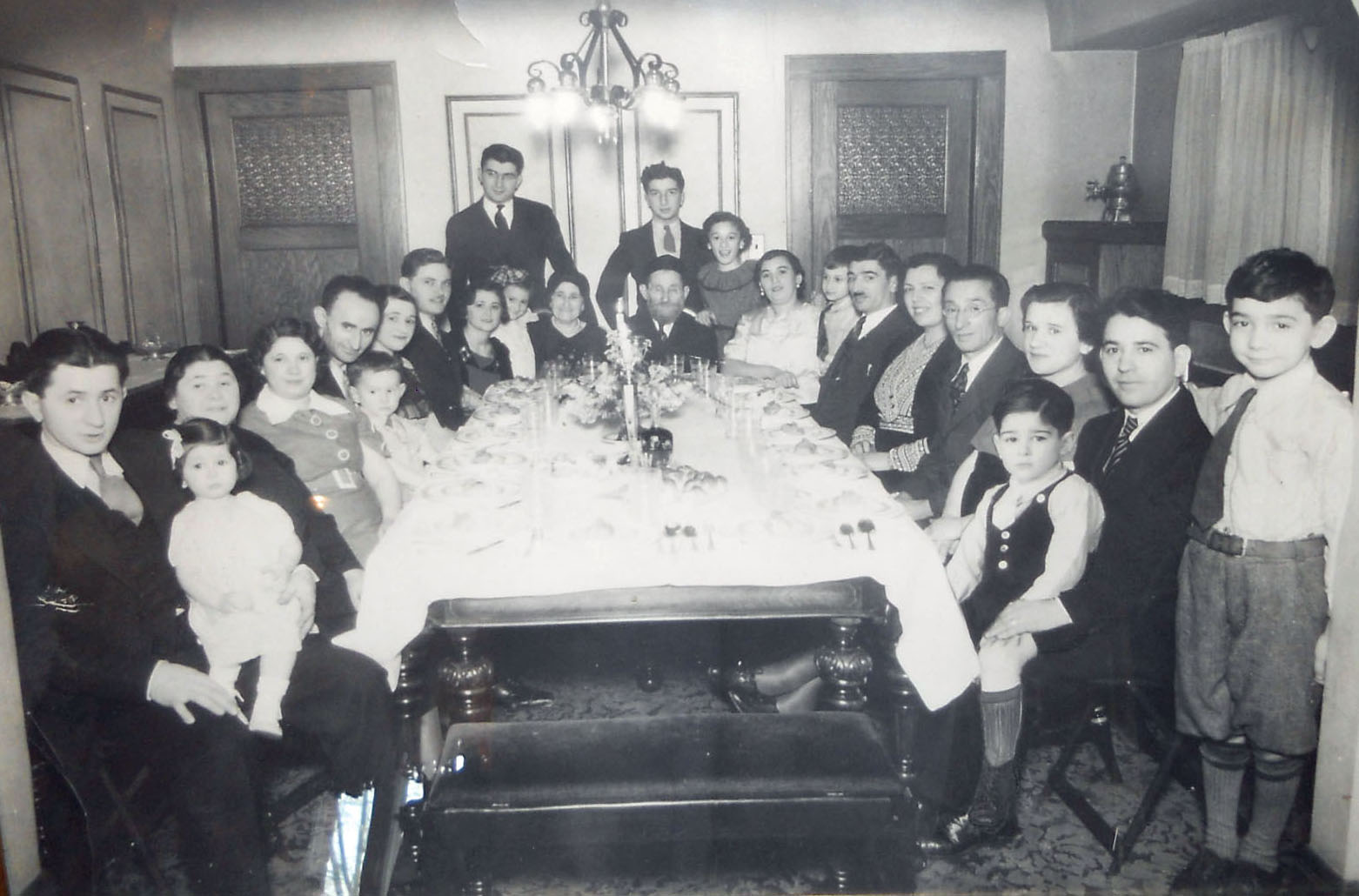
From Left to Right they are:
Sam Rubenstein, Shirley Rae, Rebecca Wexler, Della Rubenstein, Philip
Perlman, David Perlman, Rose Rubenstein Perlman, Jacob Goldberg,
Thelma Rubenstein Goldberg, Monya Perlman, Shendel Rubenstein, Moishe
Rubenstein, (Standing: Philip Rubenstein, Sidney Rubenstein, Touraine
Rubenstein), Pessie Rubenstein, Willie Perlman, Abe Rubenstein, Rebecca
Rubenstein, Isaac Rubenstein, Sarah Rubenstein Polsky, Jacob Polsky, Morton
Polsky and Howard Polsky. (1935)
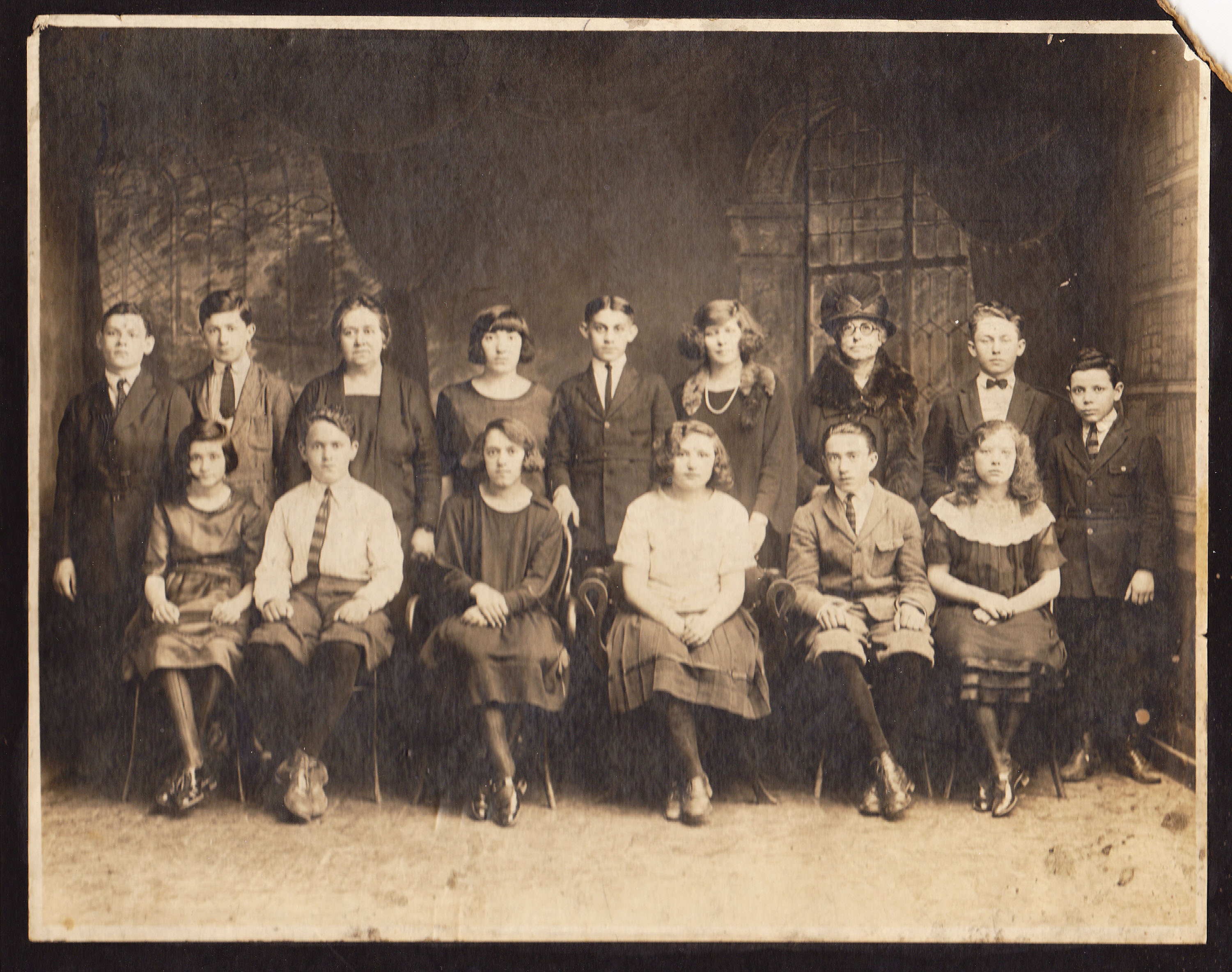
Immigration School: Bottom Row Left Thelma Rubenstein, Top Row 2nd left Samuel Rubenstein
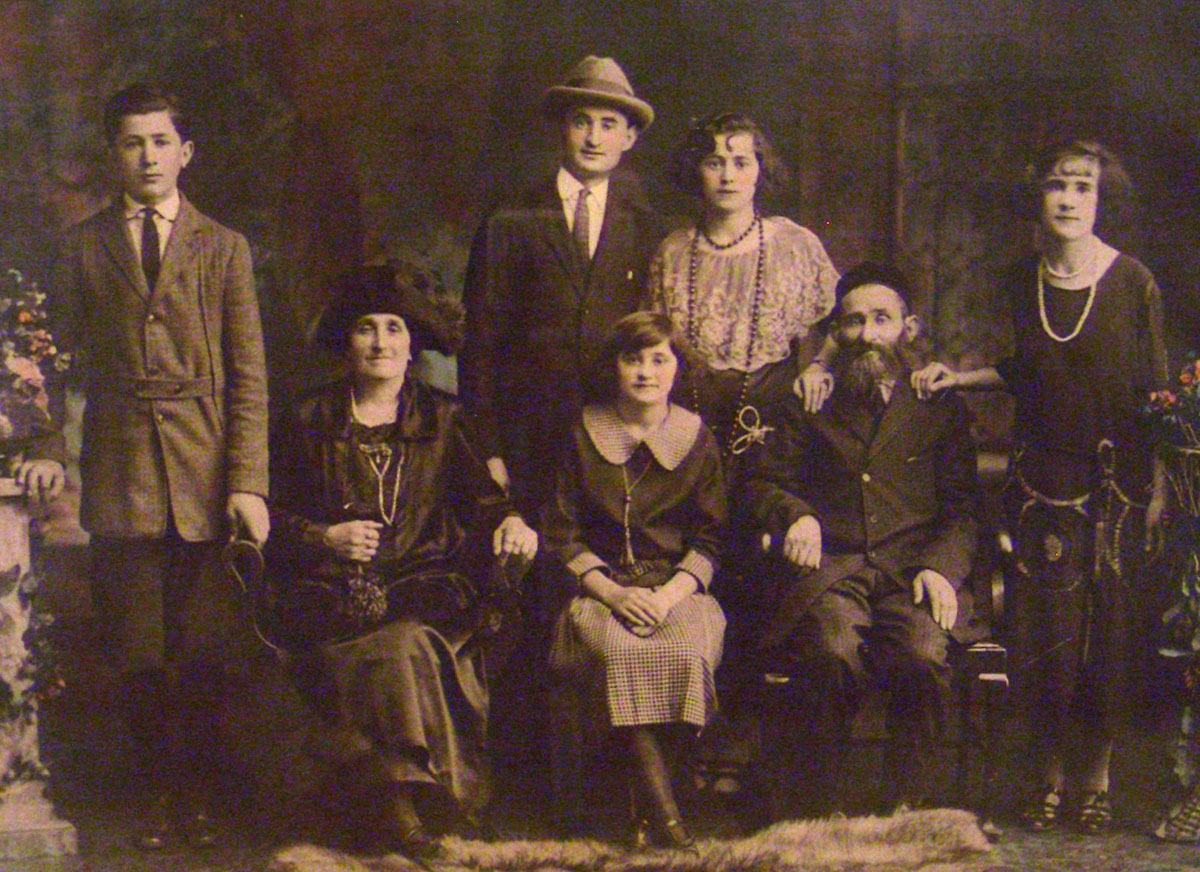 Left to Right: Samuel, Shendel, Thelma, Moishe, Sarah Rubenstein; Standing: Philip Perlman and Rose Rubenstein Perlman 1924
Left to Right: Samuel, Shendel, Thelma, Moishe, Sarah Rubenstein; Standing: Philip Perlman and Rose Rubenstein Perlman 1924
<< Moishe and Family Passport 1922 >>
Return to Table of Contents
. . . .
By Ellen Rubenstein Chelmis
Right: Jacob "Little Jake" and Esther Wedding Day >>
<< Jacob "Little Jake" Rubenstein
My great grandfather, Moishe Rubenstein (1868-1946) married Shendel Yagalnitzer (1864-1960) whose family had an inn in a neighboring town. They settled in Verbovets, some 50 miles away from Shendel's family, where Moishe had a grocery and dry goods store and the
family lived in the back of the store. Moishe was a very learned and well respected man. He would go to shul everyday, sometimes twice a day. Shendel made a universal salve that she used for everything, external and internal. All of the Rubenstein children knew Yiddish and some Russian.
Jacob "Little Jake" (1894-1988), My Grandfather, emigrated in 1910 and upon arrival went to Hattiesburg, Mississippi to work for his uncles Louis and Frank; he married Esther Wexler (photo right), had two sons, Paul (1921-1990), My Father, and Edwin (1929-1999).
Abraham (1889-1968) served 4 years in the Russian Army, emigrated in 1922 with his wife, Pessie Powerstein, children Philip (1914-1990) and Sidney (1918-1964), and his daughter Touraine (1922-1994) was born on the way over; the ship was "La Touraine," thus her name. Isaac (1892-1969) emigrated before WWI,
worked in the south and met his wife, Rebecca Hirsch, in Laurel, Mississippi. The rest of the family escaped to Romania after the pogroms in 1920, fearing for the safety of the remaining children. Rose (1903-1964), using a cousin's passport, came to the US in 1921, met Philip Perlman on the ship and married him later
in Baltimore. Moishe, Shendel and the last three children came to the US in 1922, settling in Baltimore. Sarah (1905-1991) married Jacob Polsky who had a wholesale men's and ladies' wear business in Milwaukee.
Samuel (1906-1970) married Della Wexler (Little Jake's wife's sister) and was a merchant; they had a daughter, Shirley. Thelma (1910-1983) married Jacob Goldberg, a merchant from Jerusalem; they settled in Baltimore.
I would appreciate any information or pictures about the Moishe Rubenstein Family from other family members or landslite. Please email me
Ellen Rubenstein Chelmis
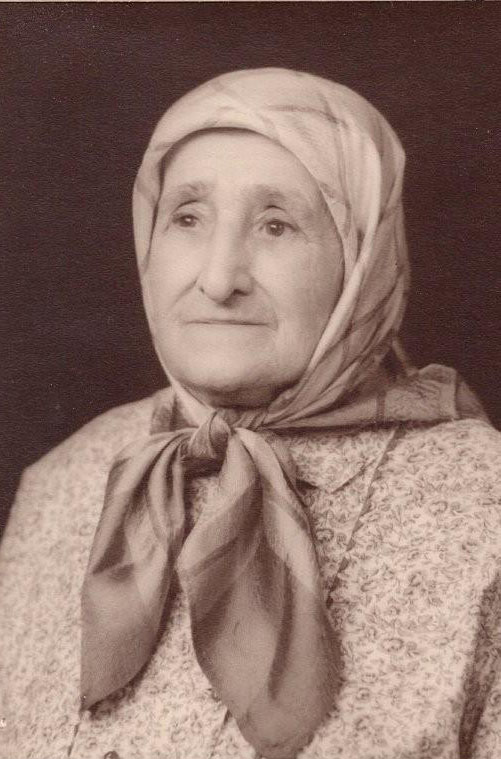
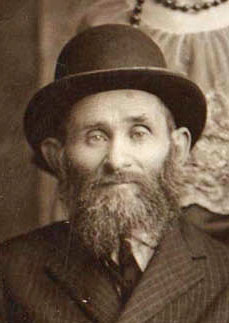
<<
Moishe (1868-1946) Rubenstein
Photo on the right: Shendel Yagalnitzer Rubenstein (1864-1960) >>
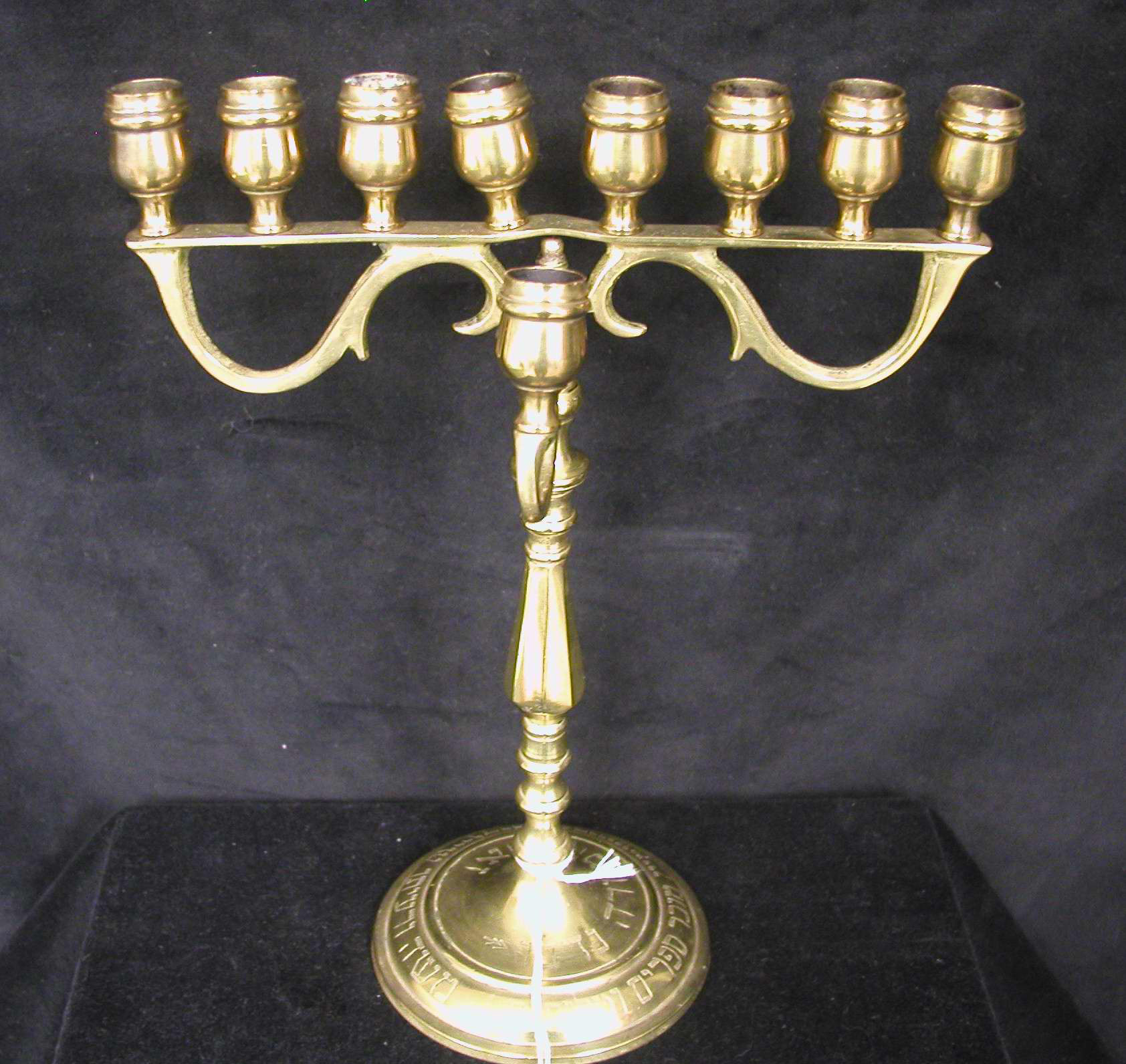
Hanukkah Menorah, about 1880-1900. Probably made in Eastern Europe and engraved in America. Inscribed in Hebrew: "Moshe and his wife Shendel Rubenstein, seller of books and taleisim...this menorah is his gift"...
"Courtesy of The Jewish Museum of Maryland"
Return to Table of Contents
. . . .
By Howard J. and Mark L. Kaufman
Mordecai Toprover (1874-1966) lived in Verbovets with his wife (a Rubenstein) and two young daughters, Rivca, (1903-1974) (Reba) and Estel, (1904-1984) (Esther). A third daughter, Malca, (Mollie) (1909-1994), was born when Mordecai's wife died during childbirth.
Being a father with three young daughters and no wife, Mordecai went to his rabbi in Verbovets seeking a new wife to take care of his young children.
The rabbi, Rabbi Chaim Ben-Reb Yaakov Korin, chose his daughter, Machla (1886-1943), whom he demanded marry Mordecai to help raise the children, even though she purportedly loved another. Mordecai and Machla married and had a son, Yankel, (Jack) (1911-1995), and a daughter, Roisa, (Rose) (1913-2005), who was our mother.
Estel, the middle daughter, was "given" to Mordecai's brother (name unknown) to raise, since the brother and his wife were unable to have children of their own. Since Reba and Mollie had no memory of their natural mother, they regarded Machla as their mother, which is memorialized on their tombstones.
Mordecai emigrated to America in 1914, on the Mauretania, leaving his entire family behind. After World War I, he was able to send for them, and they came to America on the New Rochelle in 1921, and settled in Scranton, Pennsylvania. However, Estel remained behind with her surrogate parents.
We now know that Rose Rubenstein, a cousin, emigrated to America, as Estel, on the New Rochelle in 1921, with the Toprover's. Estel, herself, came to America in 1928, with her husband Yankel (1902-1977) (Jack) Sadetski (Sader) and son Max (1928-2004), and they settled in Brooklyn, New York.
Mordecai Toprover applied for and became a U.S. citizen in 1922, but for reasons that remain unknown to us; he had previously changed his last name to Silberman. Accordingly, Ethel, Reba, Mollie, Jack, and Rose were identified in this country as Silberman for their maiden names or last name.
Rabbi Chaim Ben-Reb Yaakov Korin, (1853-1942) our great-grandfather, came to America in 1922. He is identified in the 1989 book Shtetl Finder, written by Chester G. Cohen, as being the rabbi in Verbovets in 1912. Previously, in 1883, he was appointed to head the yeshiva in Yarmolyntsi (42 miles NW).
His father headed the yeshiva in Horodok (49 miles NW) for 30 years.
Rabbi Chaim Ben-Reb Yaakov Korin was an acknowledged Talmudic scholar. In 1928, a book was published, in Hebrew, containing some of his commentaries. See photo below. In the 1960's, his descendants caused to be published a 2nd edition to honor his memory. Upon emigrating to America, Rabbi Chaim Ben-Reb Yaakov Korin became the head of a yeshiva in Brooklyn and had the pleasure of
co-officiating at the wedding of our parents Morris Kaufman and Rose Silberman in 1931, in Scranton, Pennsylvania.
The photograph below was taken at the home of Mordecai and Machla Silberman in Scranton, Pennsylvania, circa 1928.
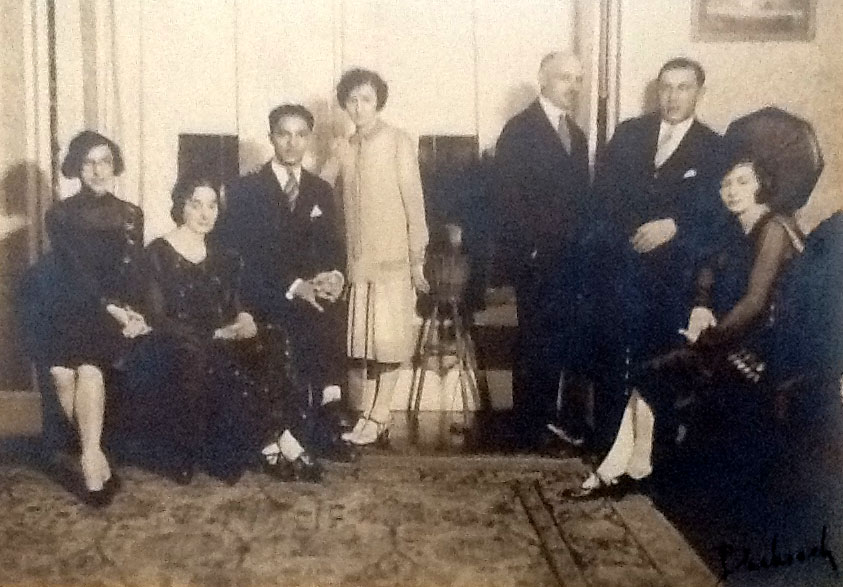
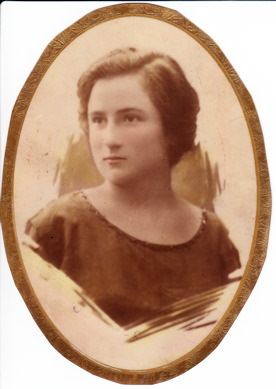
From left to right is our mother, Rose Silberman Kaufman, Machla Silberman, Jack Silberman, Mollie Silberman, Mordecai (Morris) Silberman, Jack Herman (Reba's husband), and Reba Silberman Herman >>
<< Esther Toprover Sader
We would appreciate any information or pictures about the Morris Silberman or Rabbi Chaim Ben-Reb Yaakov Korin Family from other family members or landslite. Please email Mark Kaufman or Howard Kaufman
Chaim Lipschutz, great great grandson of Rabbi Chaim Ben-Reb Yaakov Korin, has one hundred copies of the Book, "THE LINE OF LIFE", if anyone is interested please email Chaim Lipschutz or by phone at (718) 775-0804
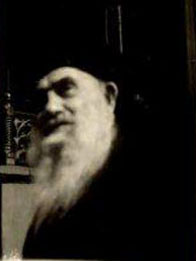
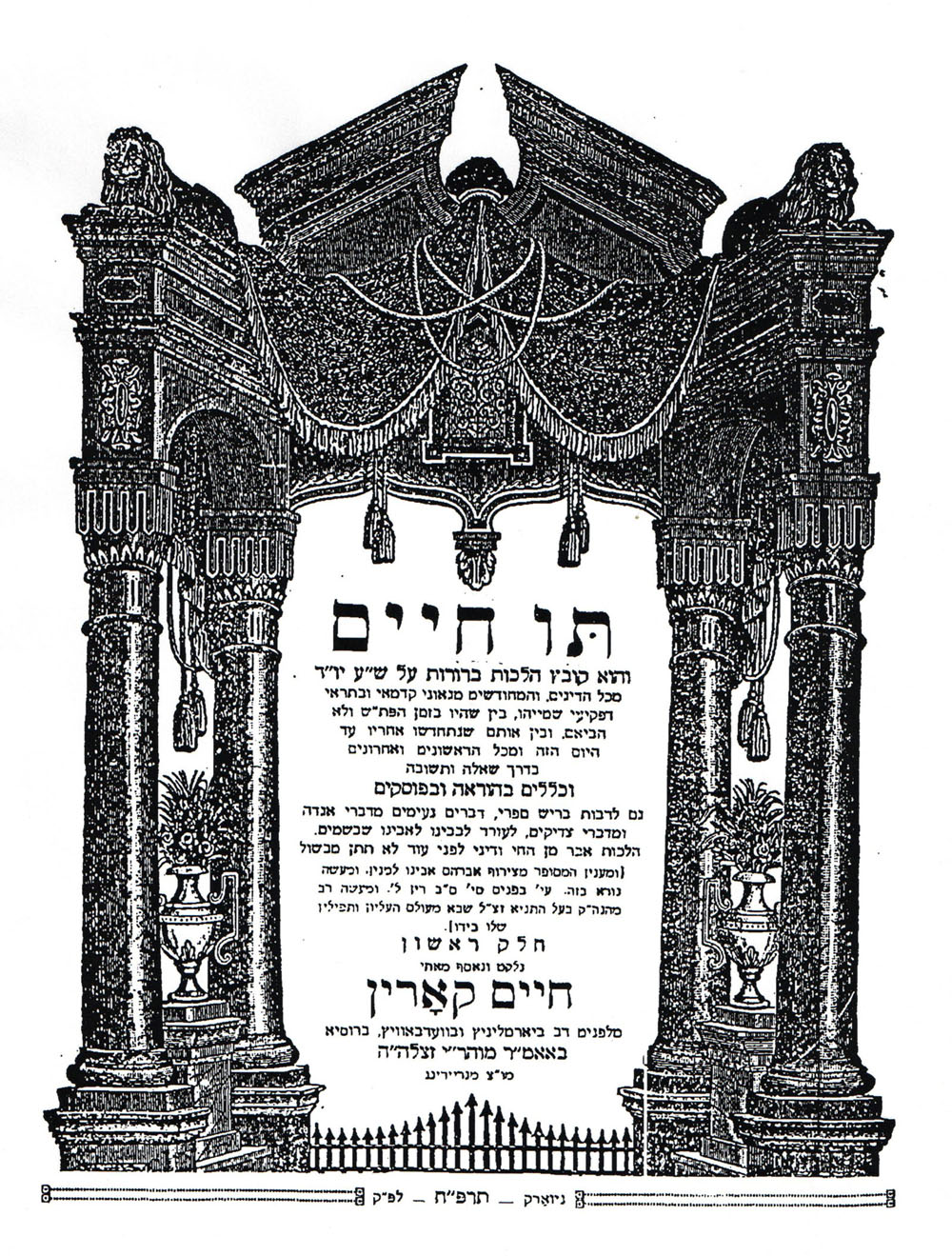
<< First page of the book written by Rabbi Korin (translation below)
Rabbi Chaim Ben-Reb Yaakov Korin >>
THE LINE OF LIFE
This is a collection of clearly stated Halakhot (laws) on the Yoreh Deah (teaching of knowledge one of four parts) of the Shulhan Arukh (the Code of Jewish Law) from all the laws, and novella of the early and later Gaonim (Rabbinic Sages from the period of 600-1000), their names are well-known,
whether they were from the time of the [commentator] Pitke Teshuvah or were not brought down, whether they were those which were renewed afterwards until this time from all of the early commentators (pre-1650) and the later commentators (post -1650) through the method of question-and-answer, and
general principles concerning their teachings and the legal decision-making.
We also include at the beginning of my book pleasant matters from the words of homiletical nature and from the Righteous ones in order to awaken our hearts to our Father in Heaven, the laws (against) "eating a limb of a living animal" and the laws of "not placing a stumbling block before the blind."
..and from the matter that is told from the fusion of Abraham our Father to the matter, and awesome matters like this-look inside at Section 62, law 30 and the deeds of the Rabbi from
the Great Gaon, Baal HaTanya (Hasidic materials), may the memory of this righteous person be for a blessing, who came from the world on high with his Tefillin in his hand!
Part One collected and arranged by Chaim Korin, who was the Rabbi in Yarmolyntsi and in Verbovitz in Russia. Son of the Master, My father, the Great teacher and Rabbinic master may His memory be for a blessing for the life of all eternity, a Righteous teacher from Horodok.
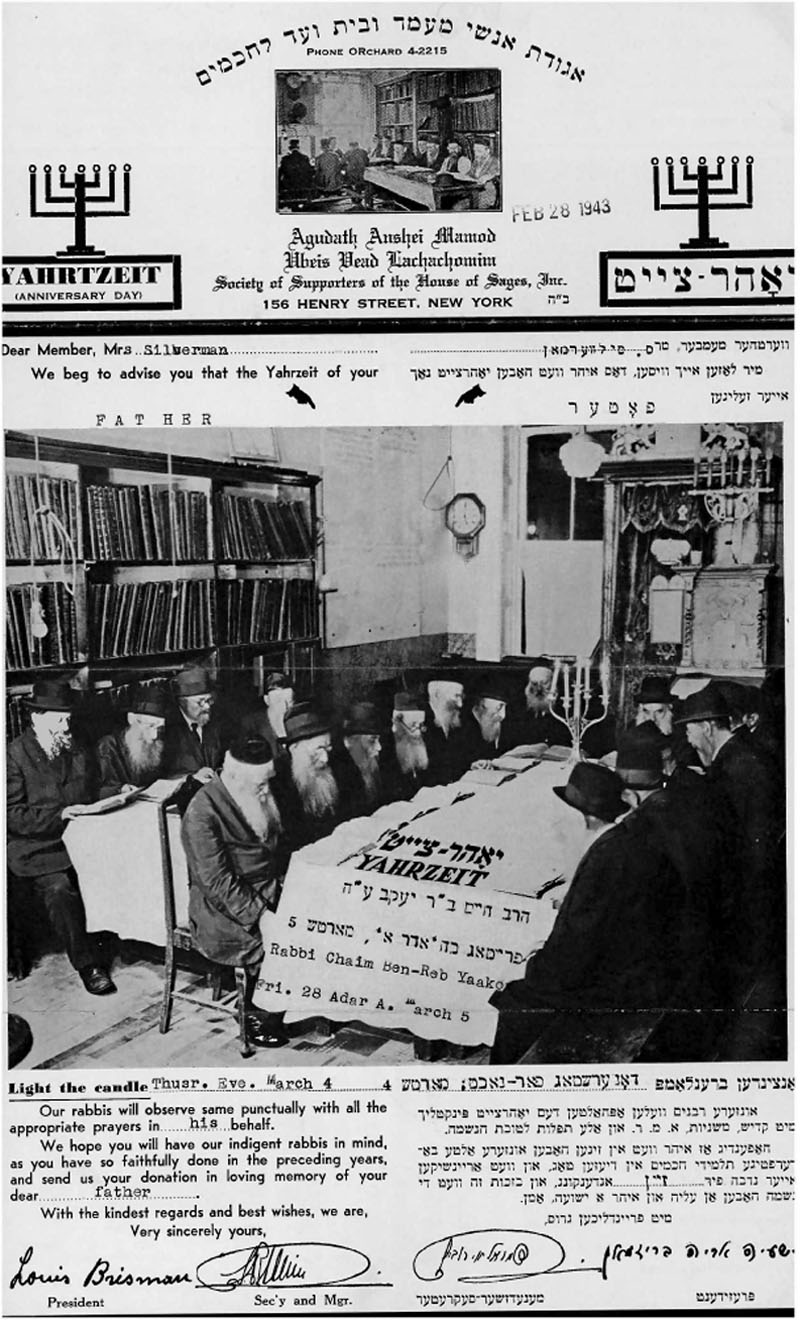
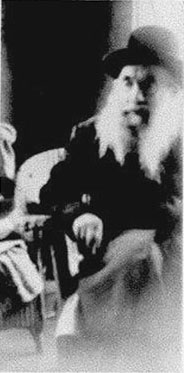
<< Rabbi Chaim Ben-Reb Yaakov Korin
<< Menorah brought from Verbovets
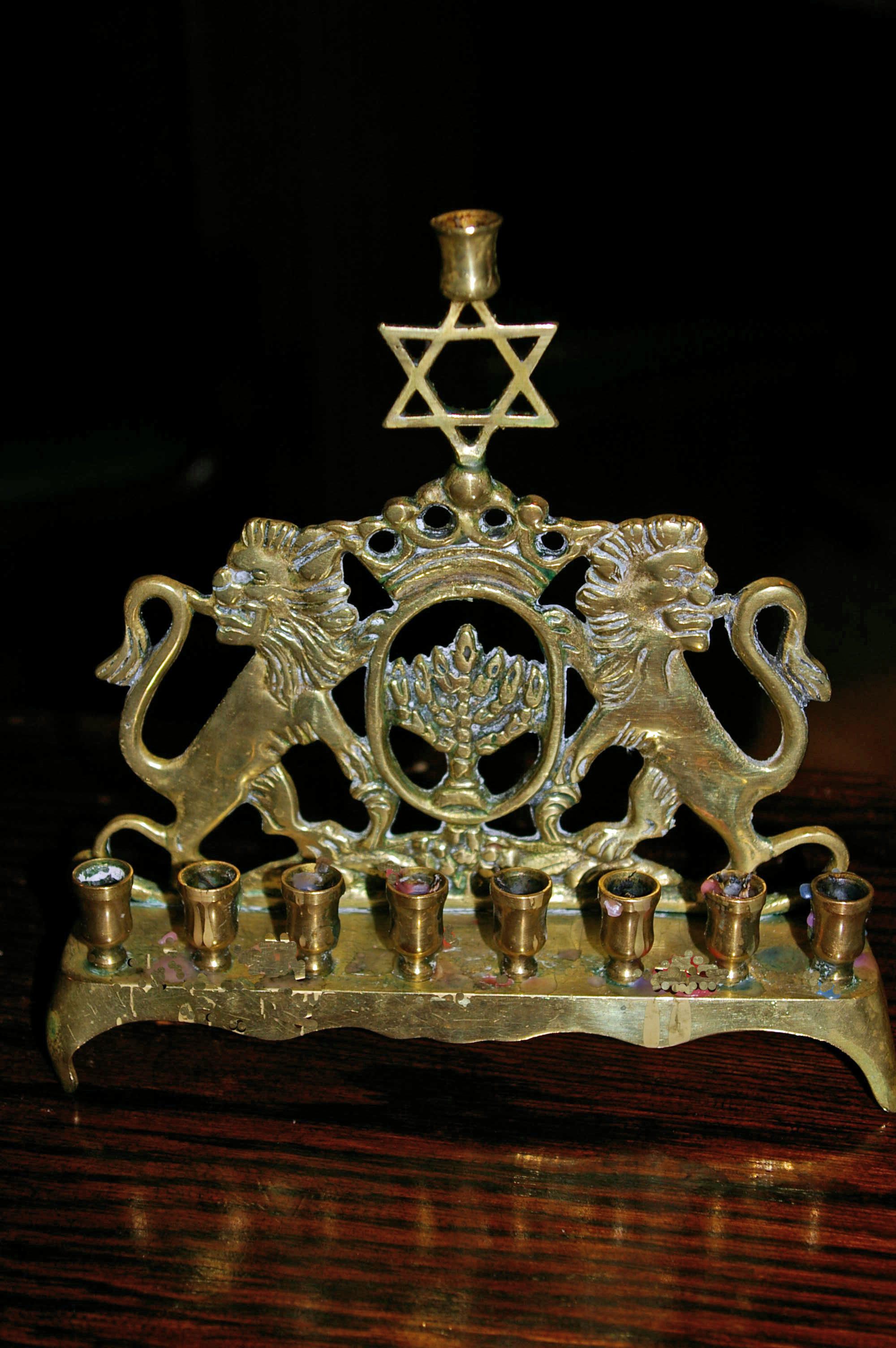
First yahrzeit for Rabbi Chaim Ben-Reb Yaakov Korin >>

Rabbi Chaim Ben-Reb Yaakov Korin's Great Great Grandsons at Cemetery>>
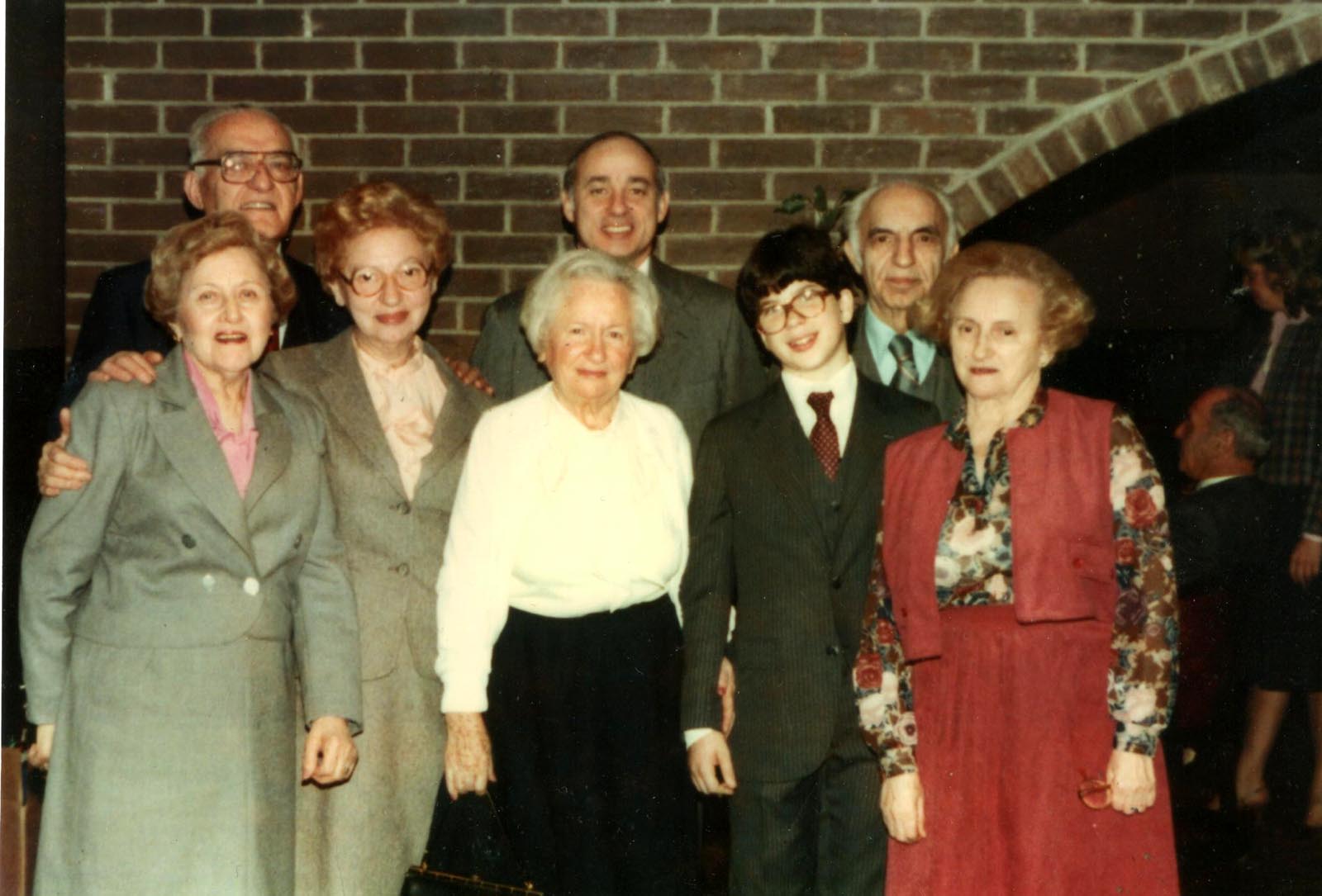
<< Left to Right: Bottom Row: Fannie Silberman, Rose Silberman Kaufman, Esther Silberman Sader, Edward Sader, Mollie
Silberman, Top Row: Morris Kaufman, Joe Sader, Jack Silberman
Return to Table of Contents
. . . .
By Bob Davis
My father, Jankel Dragobetzky, was born in Verbovets, Ukraine in 1913. He lived with his older sister, Rose, Aunt Fanny, and mother, Frieda, while his father (Harry) emigrated to America to support the family in New York. They left their homeland to join him in New York in 1921, which was easy decision given the circumstances and related consequences for Jewish people in the Ukraine at that time.
I recall his stories as a young child in Verbovets and often reflected on the terror and hardship he experienced for strength when inspiration was needed in my life. Bullets from Cossack guns on horseback would shatter their windows and town lives as hunger, poverty and fear formed the foundation of life in Verbovets and beyond. The desperate desire to escape oppression for freedom and a chance for a better life was paramount for most Jews in Verbovets and like towns around the world at this time.
One particular incident which my Dad often told my twin sister and me was about the time they attempted to leave Verbovets for America. Carrying all their belongings, my Dad, along with his sister, mother, aunt, and a male friend, walked several miles to meet someone to take them to their boat for their long journey. While in route, a man riding a wagon offered to take them to their destination. Upon loading all their possessions and my Dad on the wagon (who was 8 at the time), the man suddenly shouted as the horse drawn wagon with their possessions and my Dad began to race off in the distance. Their male friend began to chase the wagon, probably more for his belongings than Dad, when my Dad jumped onto the running man, as the wagon raced away from sight and sound. Everything was lost, except Dad. I often wondered what would have been if he never took that "leap of faith". I suspect I may not have a computer in front of me now retelling this story, which is hard to forget and sad to recall.
They made it to America, lived on the lower east side in Manhattan, Dragobetzky was changed to Davis, and Jankel became Jack. Life was much better than in Verbovets. How could it be much worse? Still, many struggles of a different but somewhat similar nature were to be experienced in the form of a crippling depression and World War II. Poverty, hunger, and fear were still a part of my Dad's life, but for different reasons than in Verbovets. Like so many of that time, he worked long and hard to provide for his family, sacrificed college to earn money, was a good soldier, married a wonderful Bronx girl (which I also did 40 years later), raised a family, and somehow kept a keen sense of humor despite the tribulations and evils of the past. I respected him for what he had to endure to provide for his parents, his wife and children. How could I ever complain about life when he had experienced such hardship? From the dirt floors in his Verbovets home, to the bread lines of the 30's, and the Philippines jungle a decade later, my problems were insignificant in comparison. If any value or purpose evolved from his adversities, I suspect it served to help me develop a proper perspective and needed determination at various times. It may not have been a "cure all" but it definitely took the "edge off". While thankful for that outcome, I experienced much sadness that his life, during at least the first 40 years, was not filled with more freedom, peace of mind, change in his pocket, and full stomachs of rich food. Yet, I was uplifted by his devotion to his family, and his playful, spirited behavior which was a comfort and source of love to my sister and me and his four grandchildren.
He was a wonderful, kindhearted man from a small town in the Ukraine a long time ago. I miss him very much and he will be a part of my life till it ends.
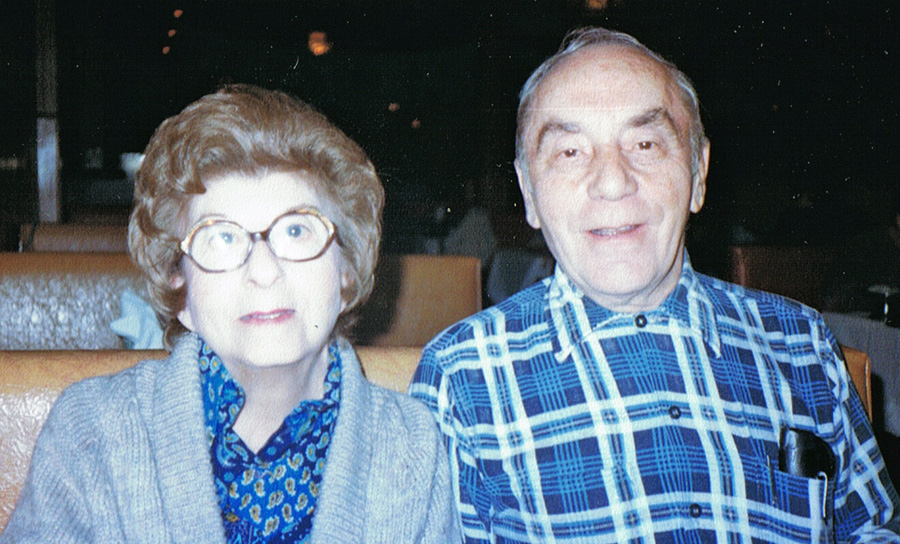
Jack (1913-2000) and Irene Davis >>
Return to Table of Contents
. . . .
Rubenstein Pictures
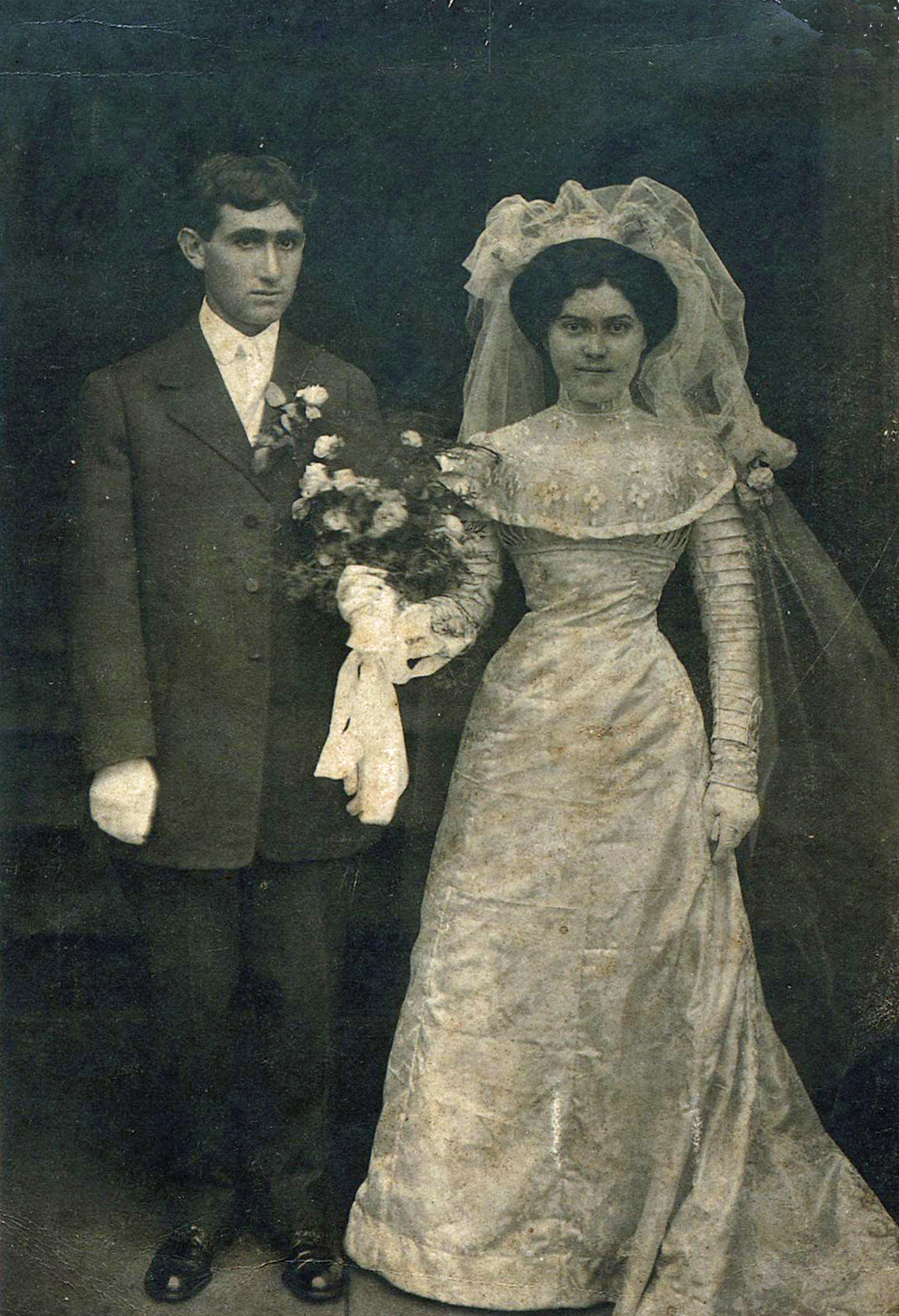
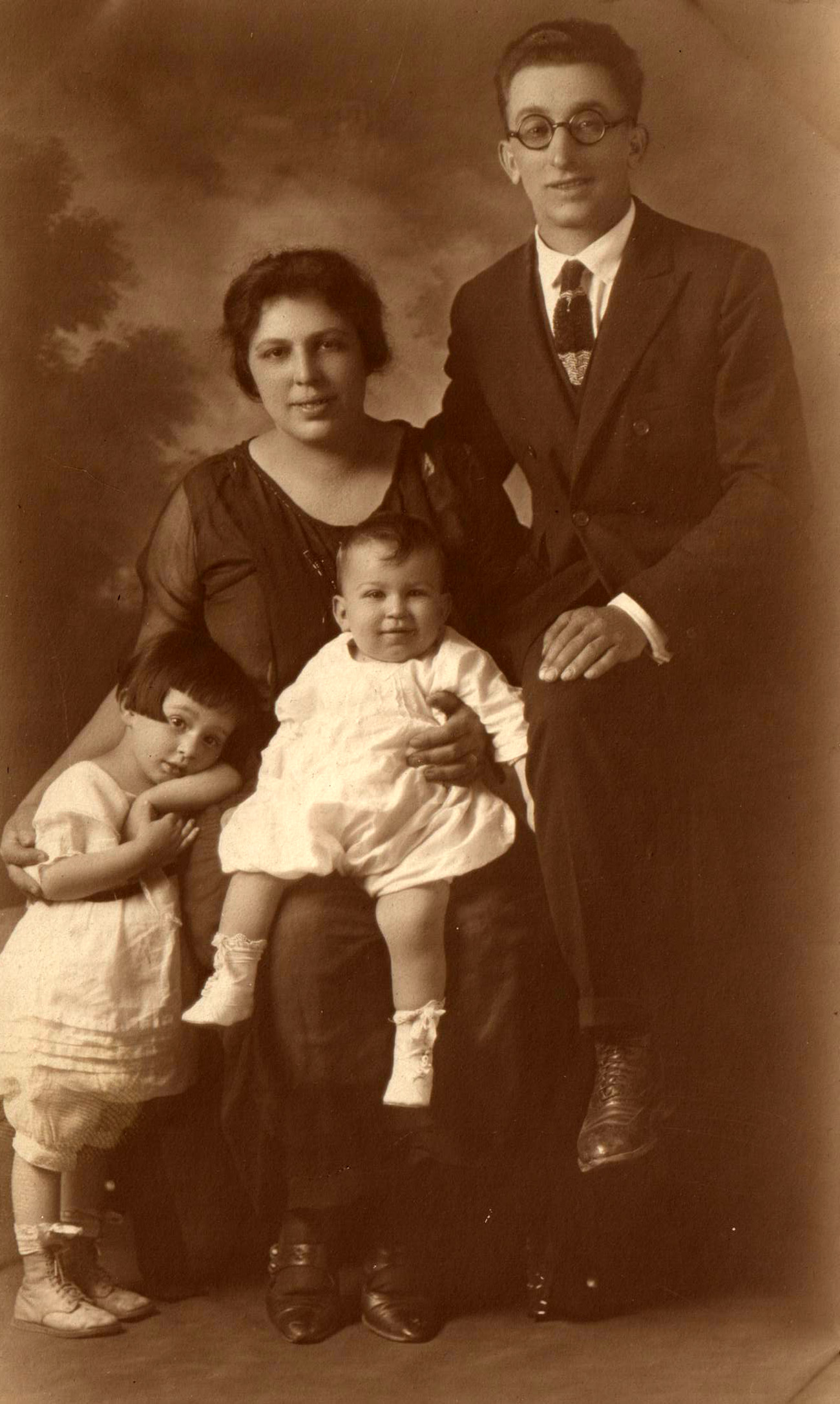
Photo on the right: Jacob "Big Jake" (1882-1959) and Claire Rubenstein >>
<< Isaac (1892-1968) and Rebecca Rubenstein
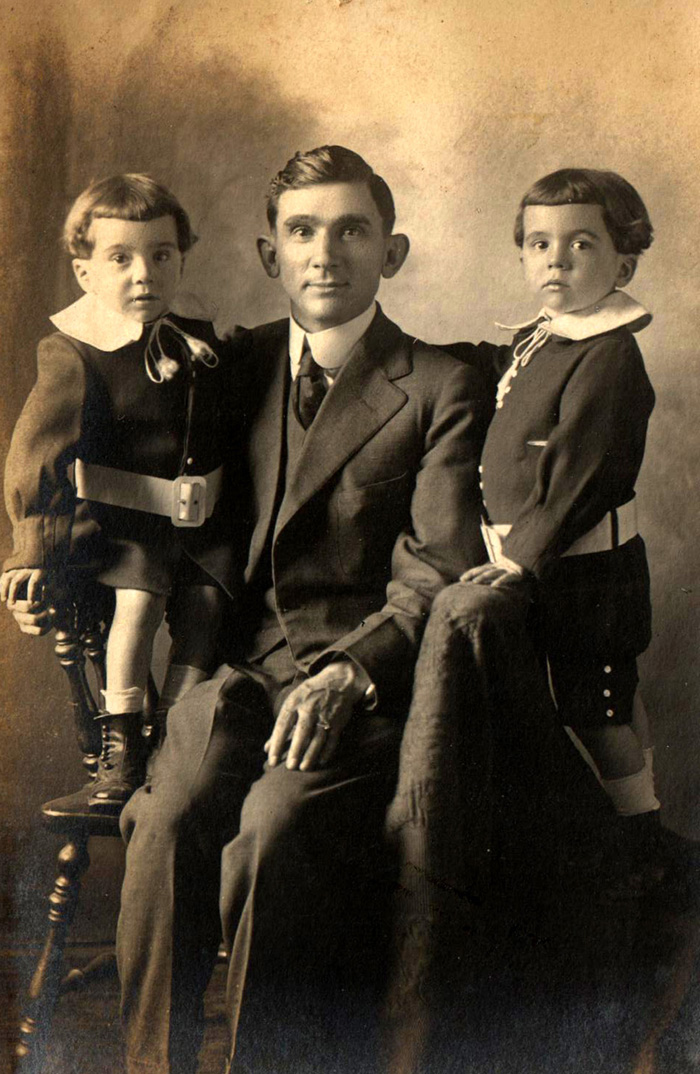
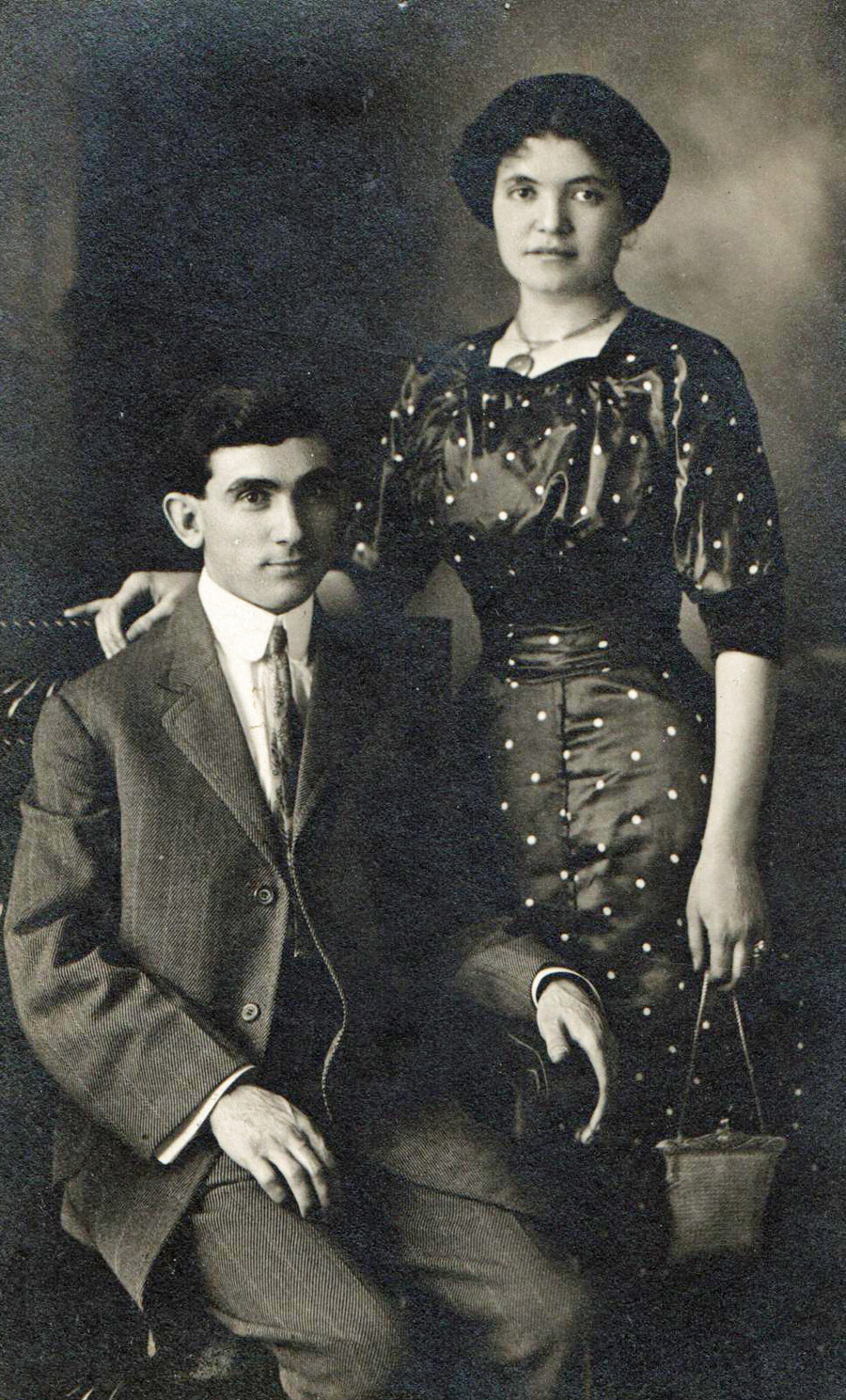
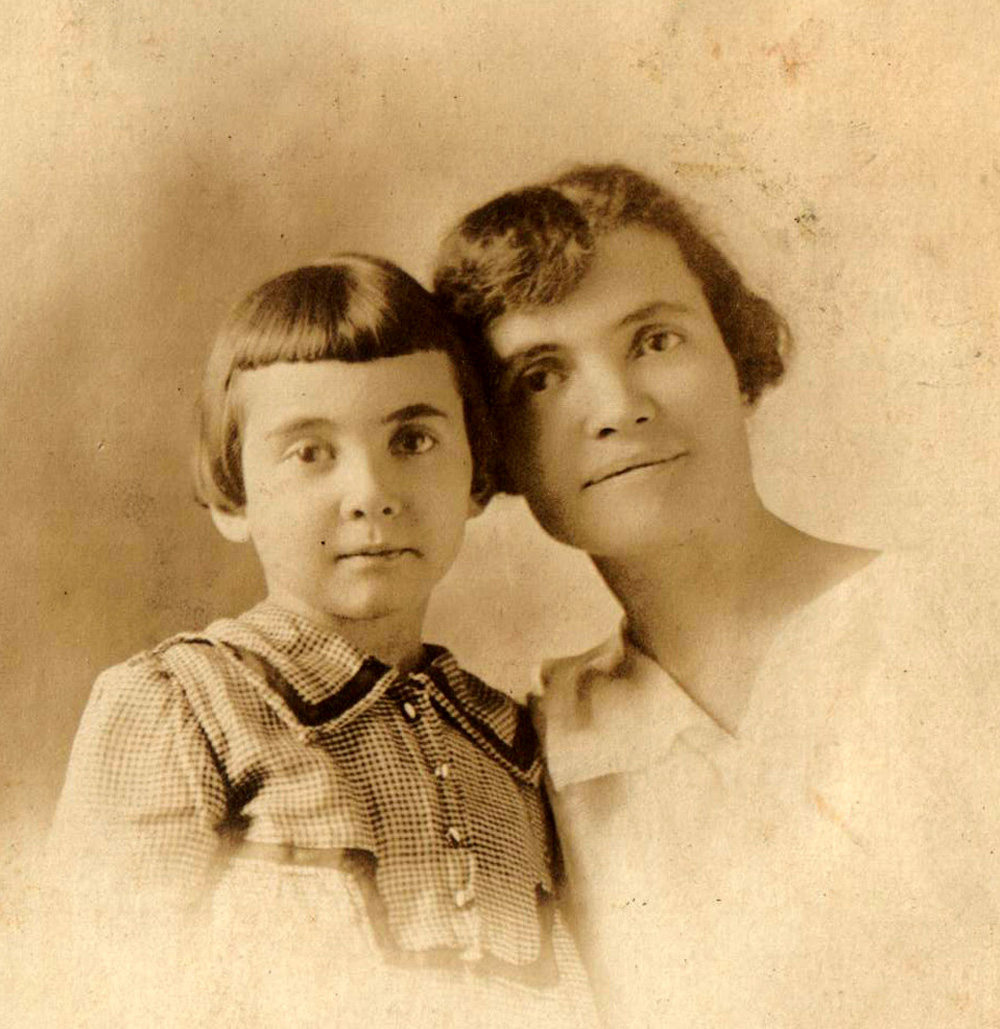
Photo on the right:
Frank Rubenstein (1884-1953), Marcus and Albert >>
<< Yetta Shor Rubenstein and Denia
Frank and Yetta Shor Rubenstein >>


Photo on the right:
Abraham Rubenstein (1889-1968) Left to Right:
Sidney (1918-1964), Pessie,
Abraham, Philip (1914-1990) and
Touraine (1922-1994) >>
<< Touraine (1922-1994) and Harold Nash.
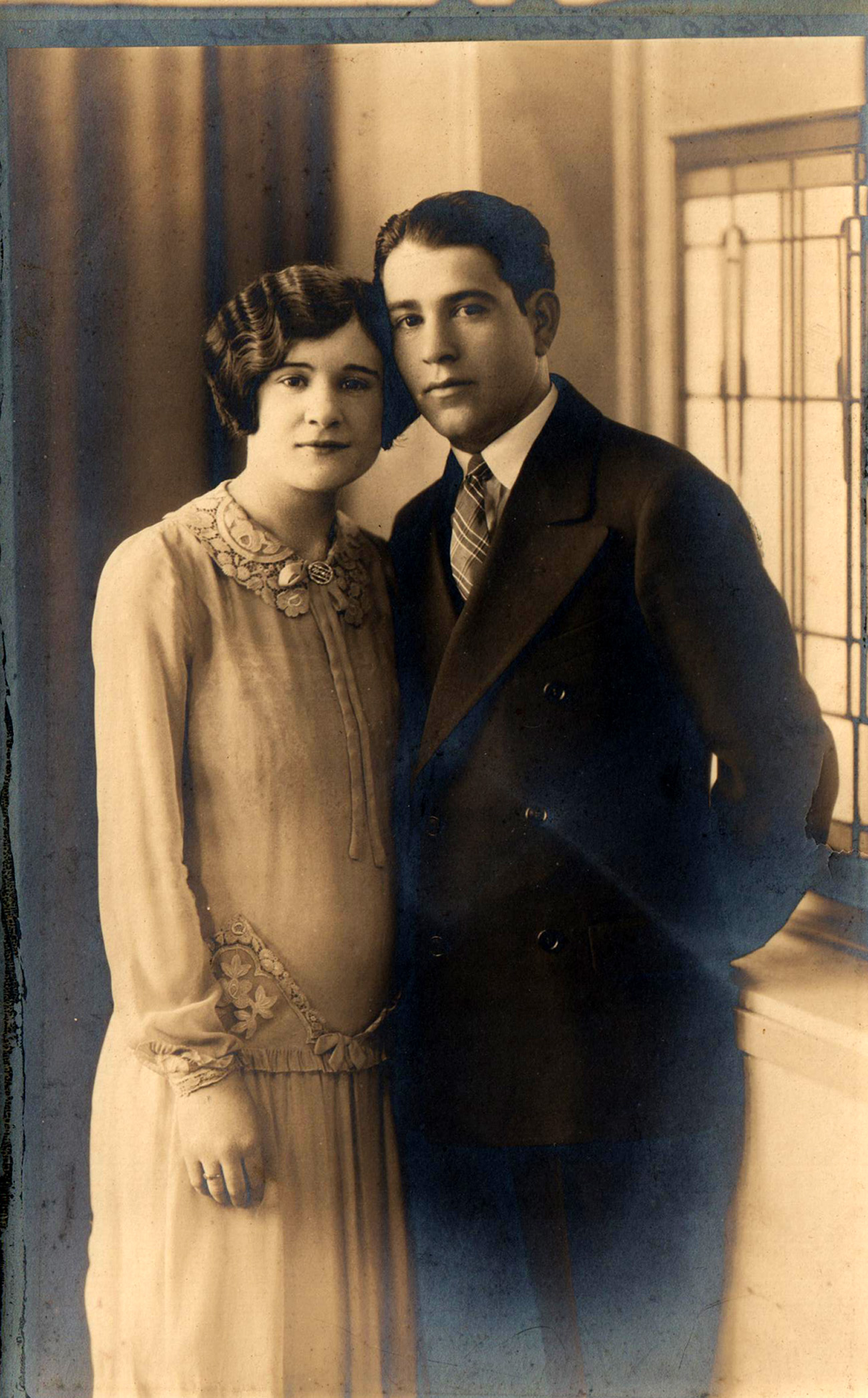
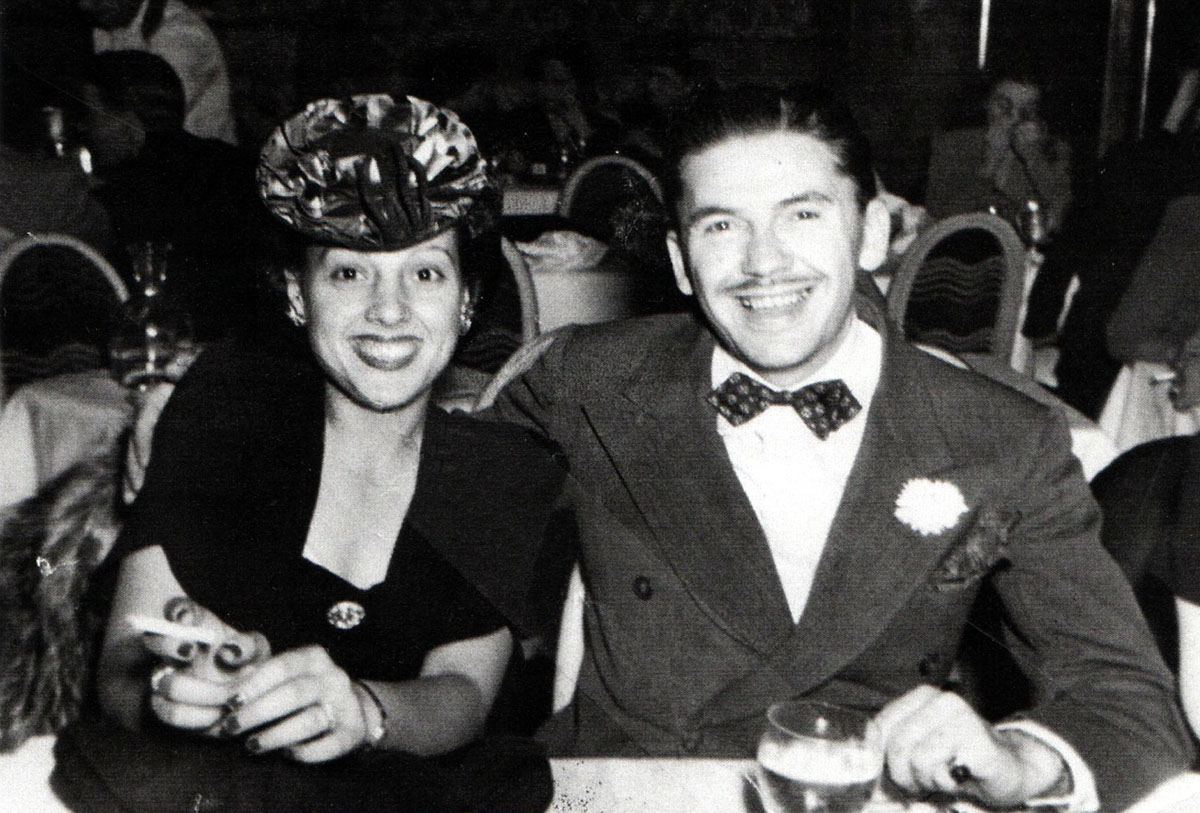
Photo on the right:
Sarah (1905-1991) and Jacob Polsky >>
<< Abe (1909-1994) and Miriam Aaronson
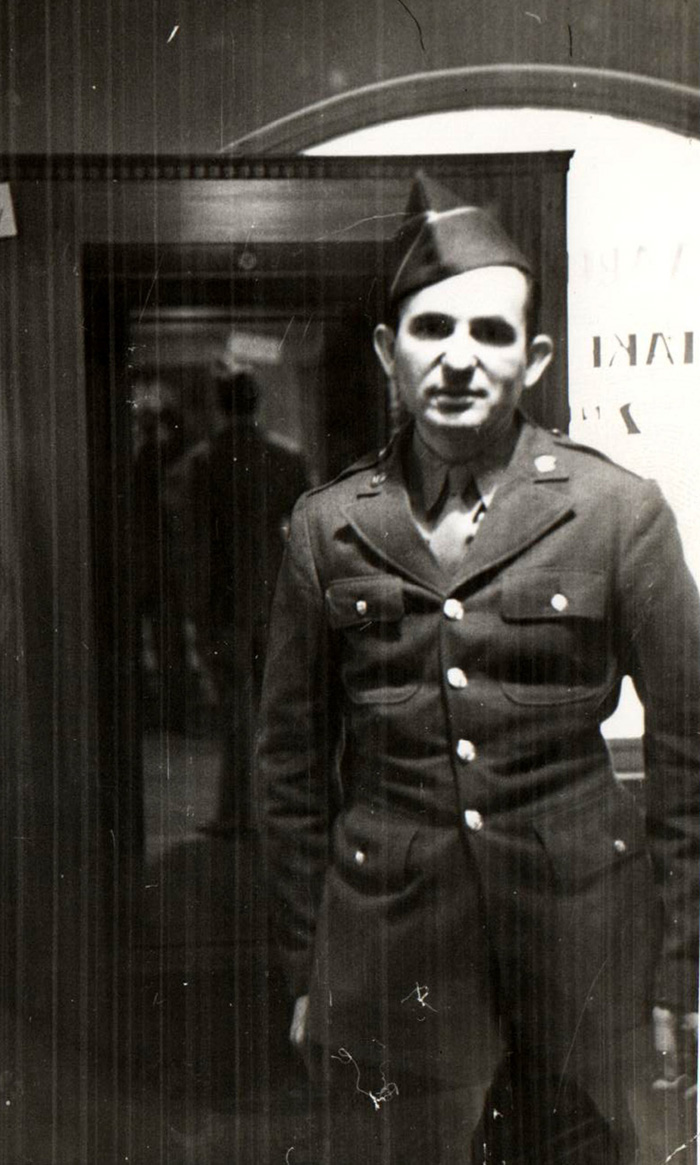
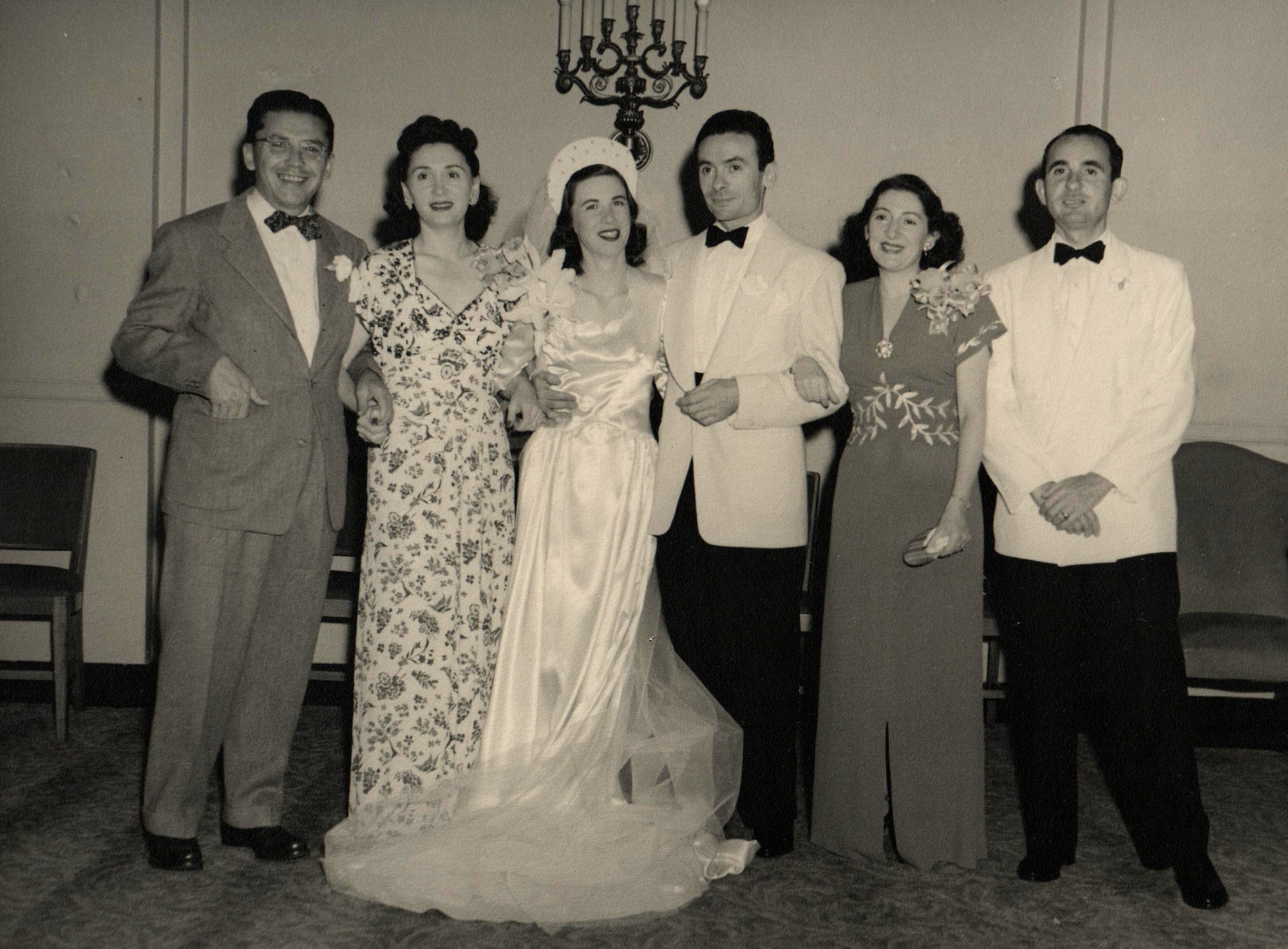
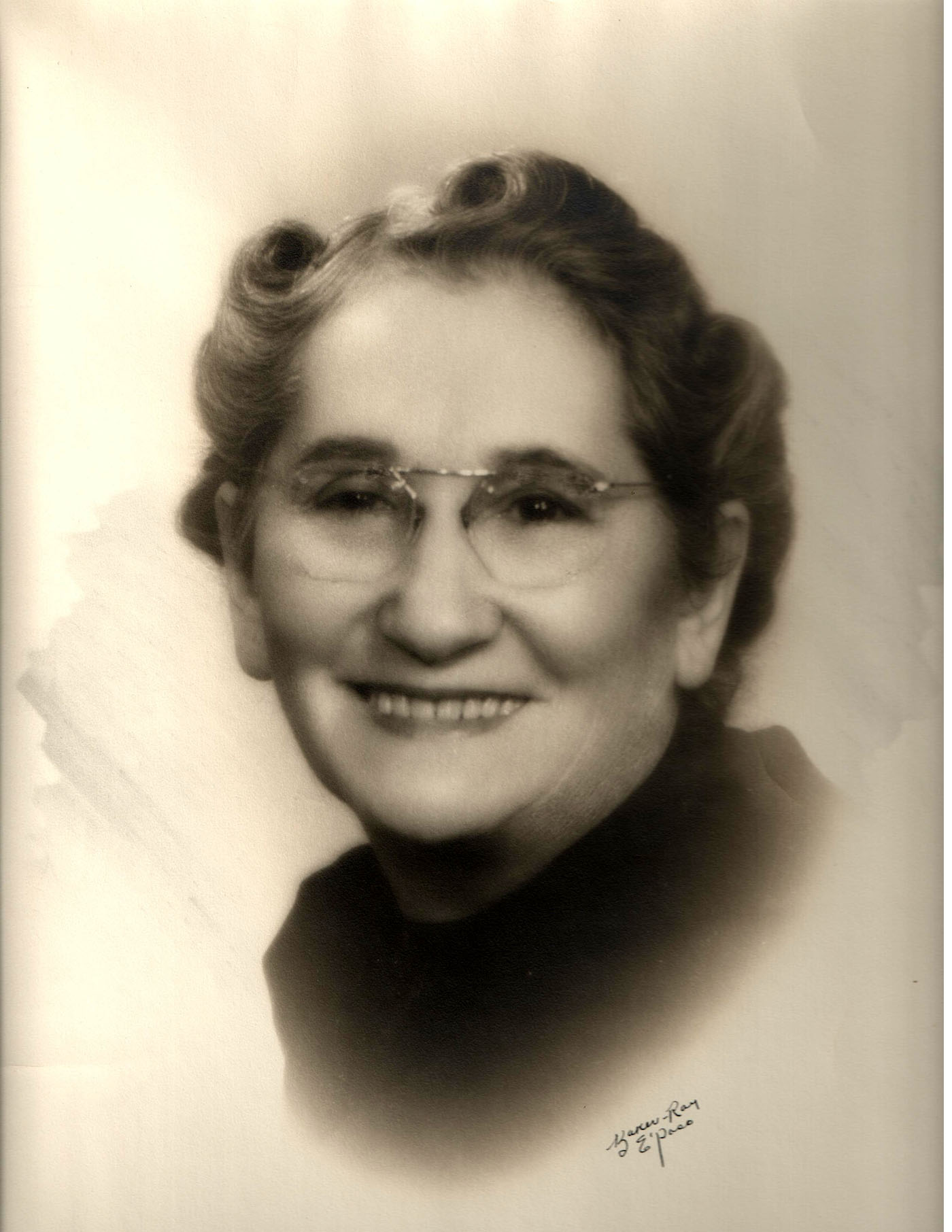
<<
Shava Rubenstein Aaronson (1882-1945)
Abe, Gertrude, Norma, Meyer, Rose, Joe Aaronson (1946) >>
Photo right: Joe Aaronson >>
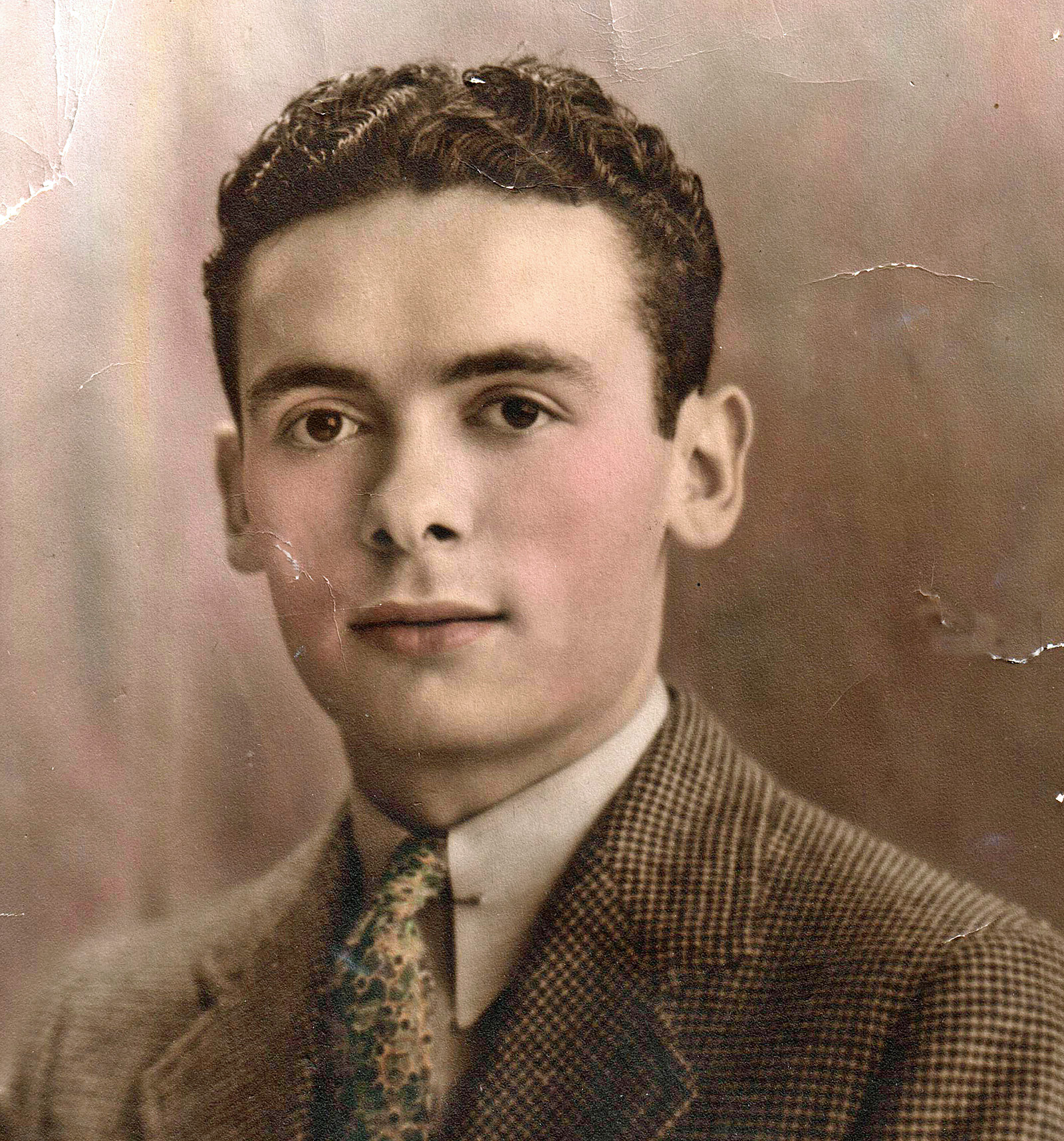

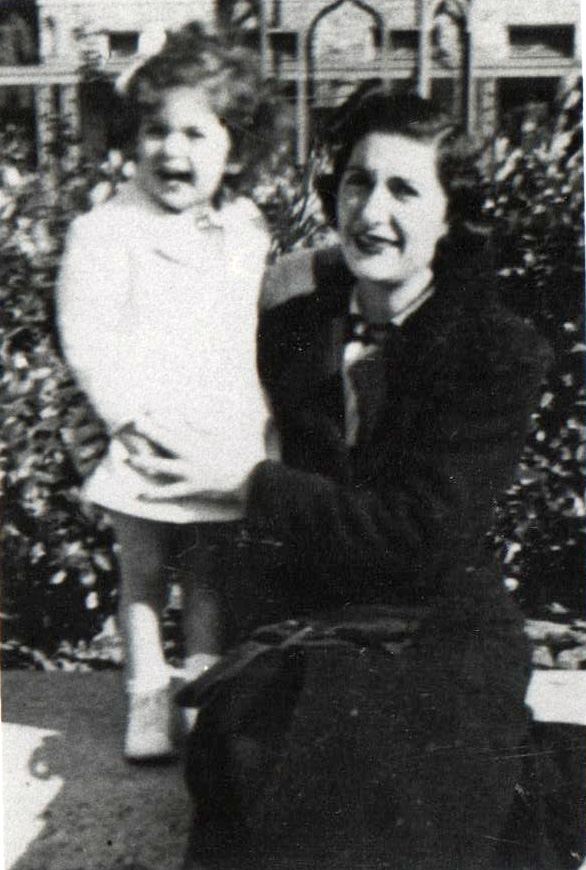
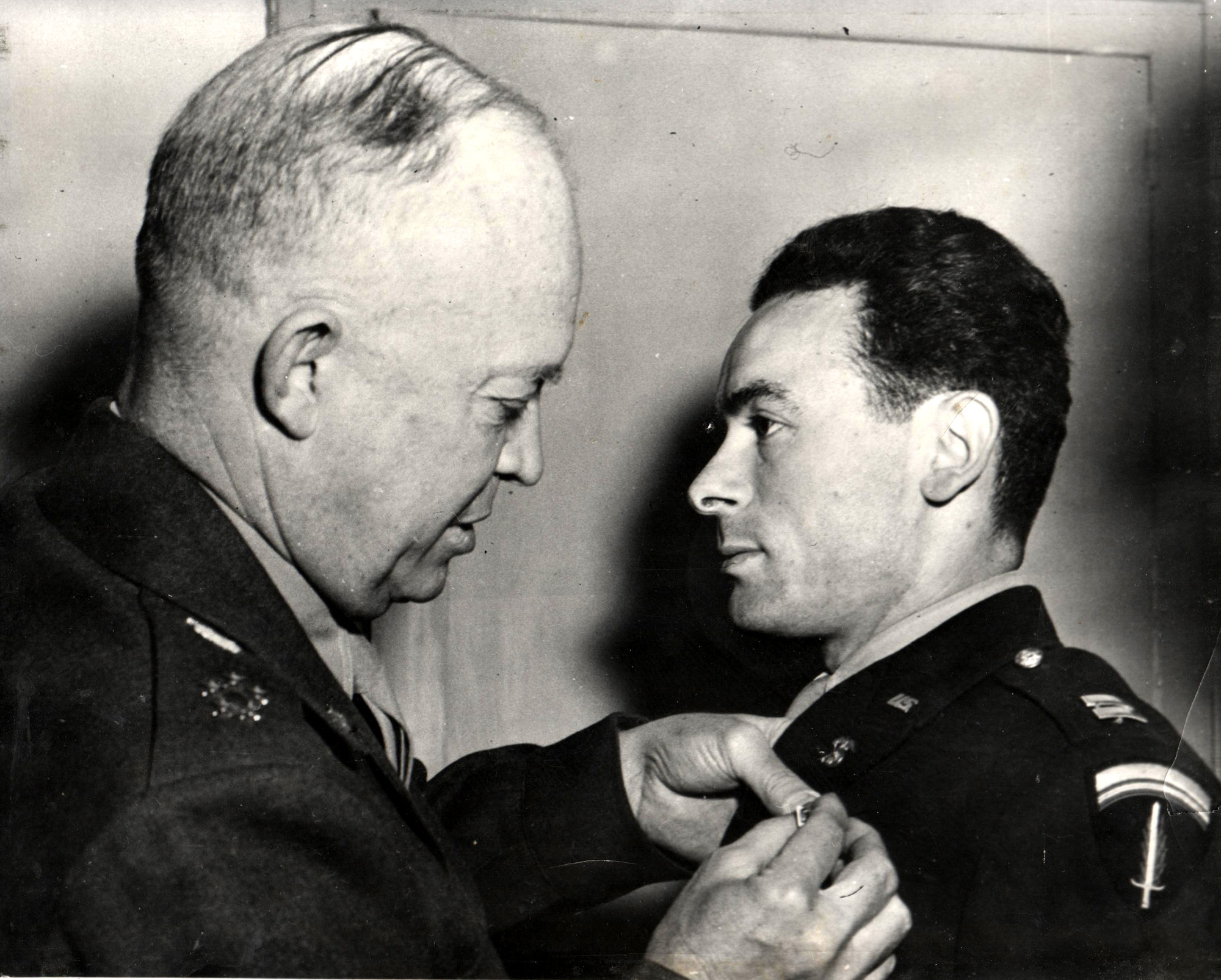
<<
Meyer Aaronson (1911-1991)
Photos of Rose (1905-1968) and Marilyn Goldberg >>
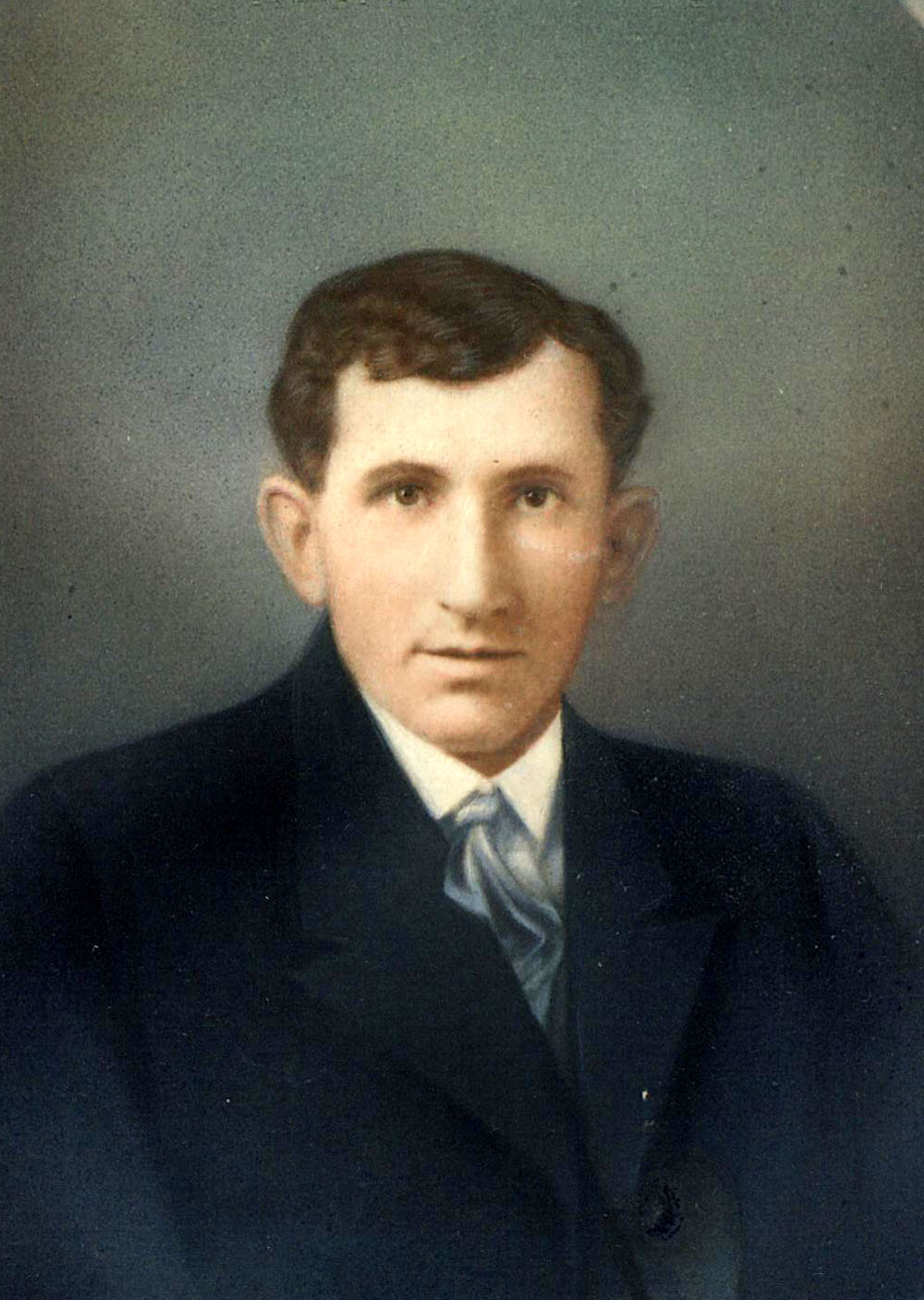
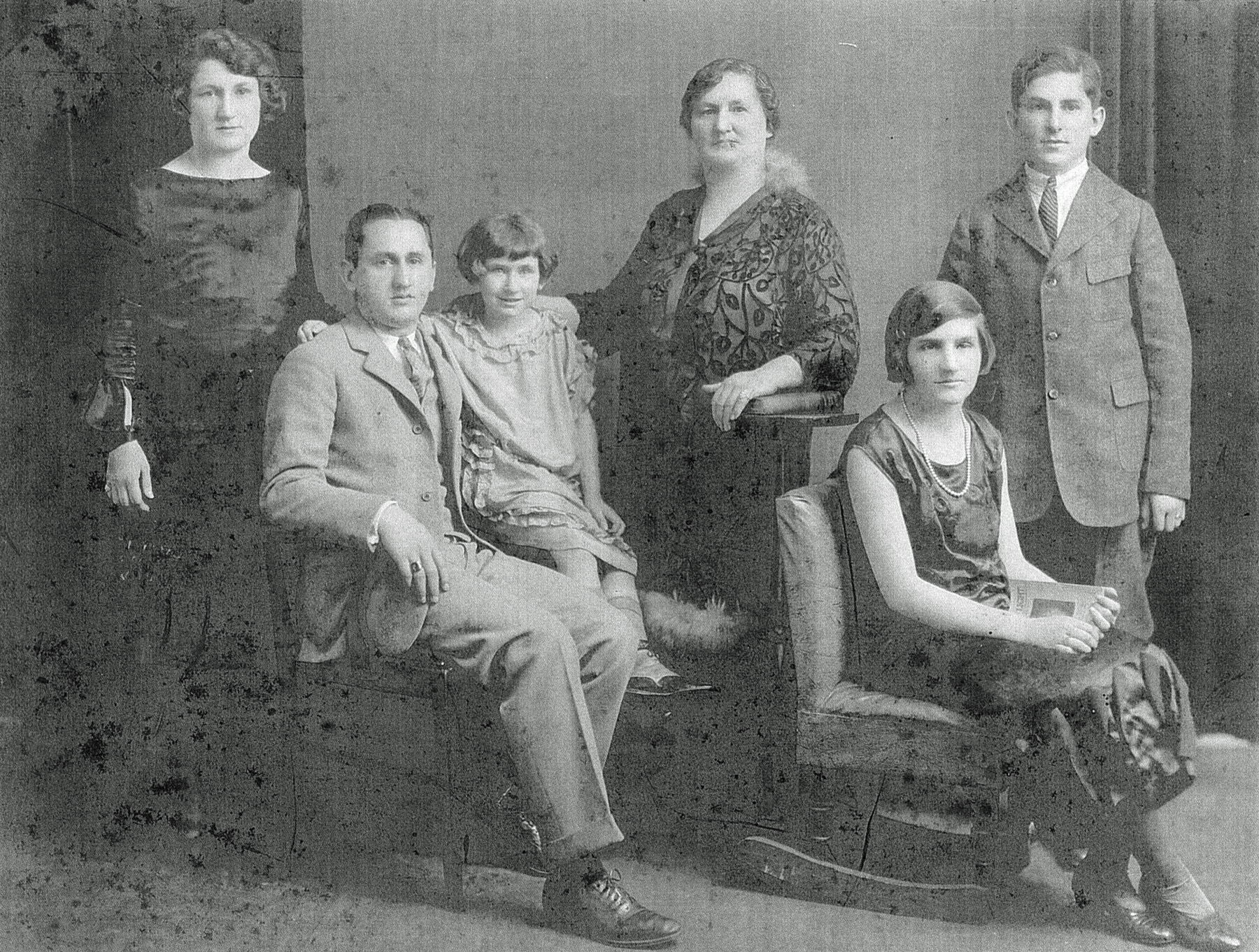
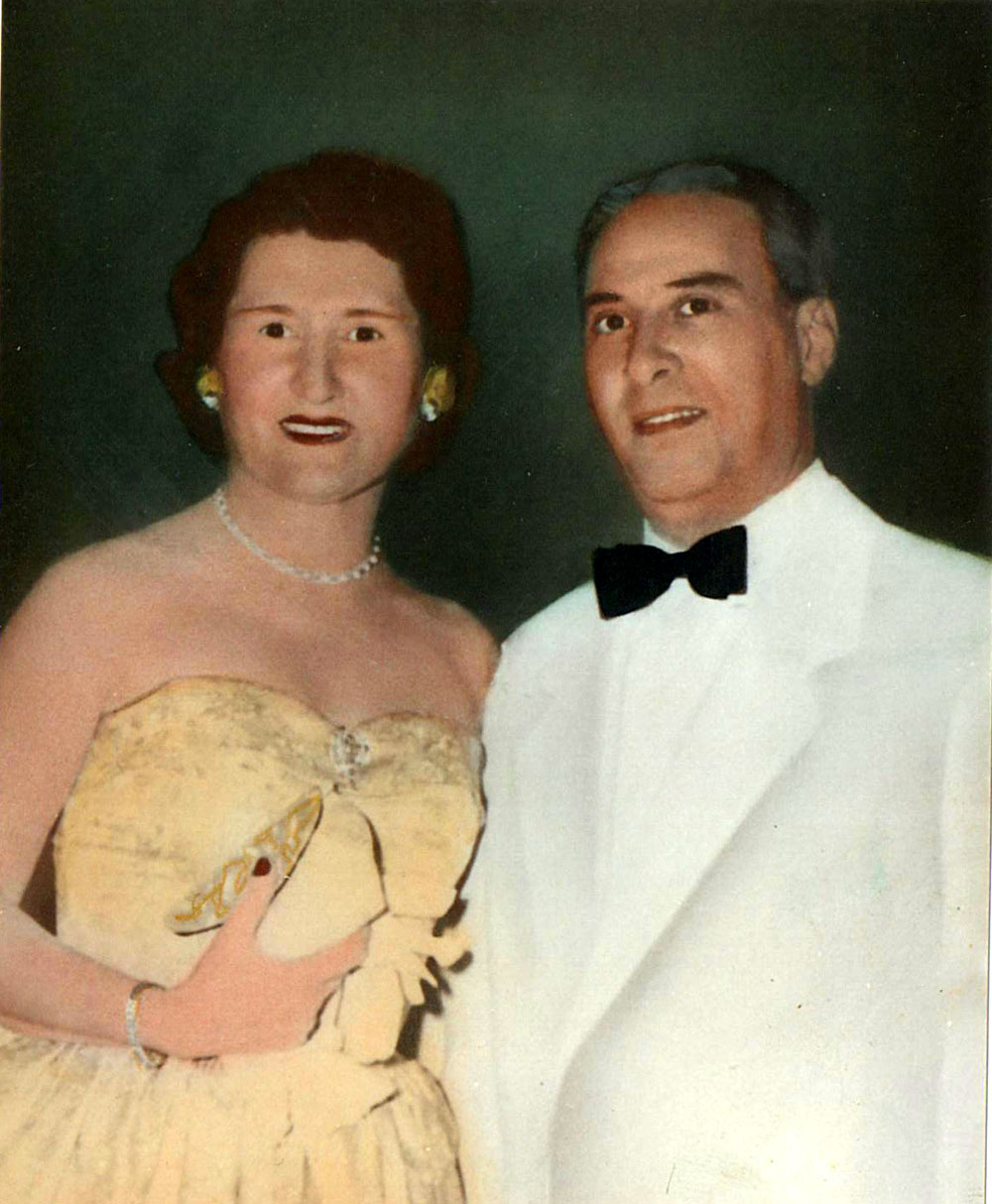
<< Evelyn Rubenstein (1902-1957) and Sam Friedman (1900-1988)
Photo right: Louis Rubenstein (1876-1923) >>
Evelyn (1902-1957), Ben (1903-1971), Gertrude (1917-2002), Ida, Rose (1908-1998), Myron Rubenstein (Mike Rubey) (1910-1977) >>
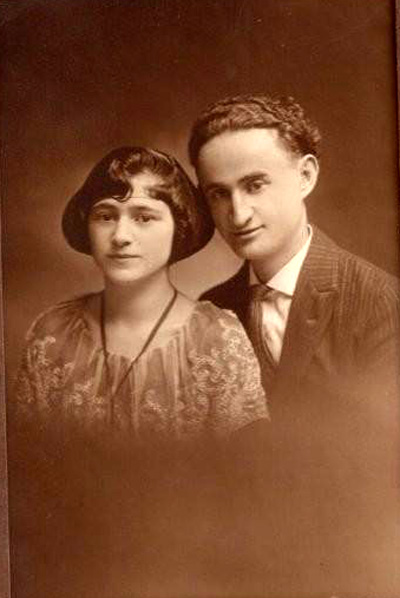
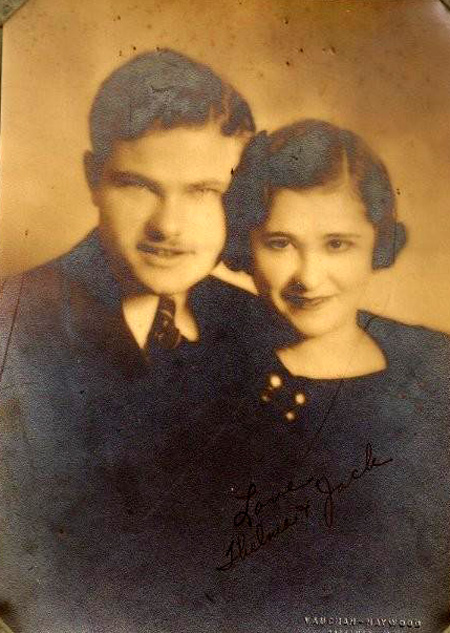
<<
Thelma Rubenstein (1910-1983) and Jacob Goldberg
Rose Rubenstein (1902-1964) and Philip Perlman >>
Return to Table of Contents
. . . .
Leah and Mendel Greenberg Family Pictures
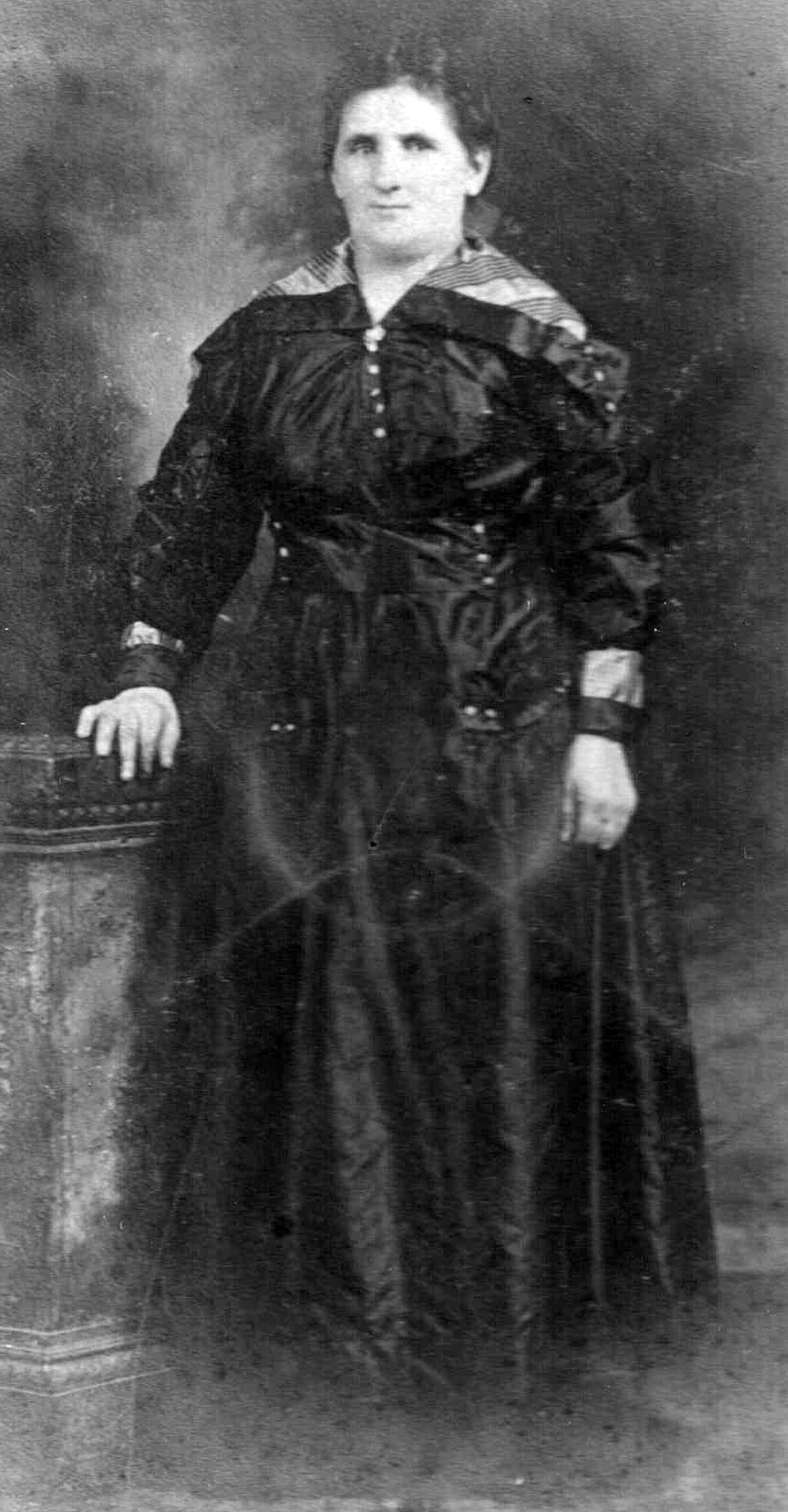
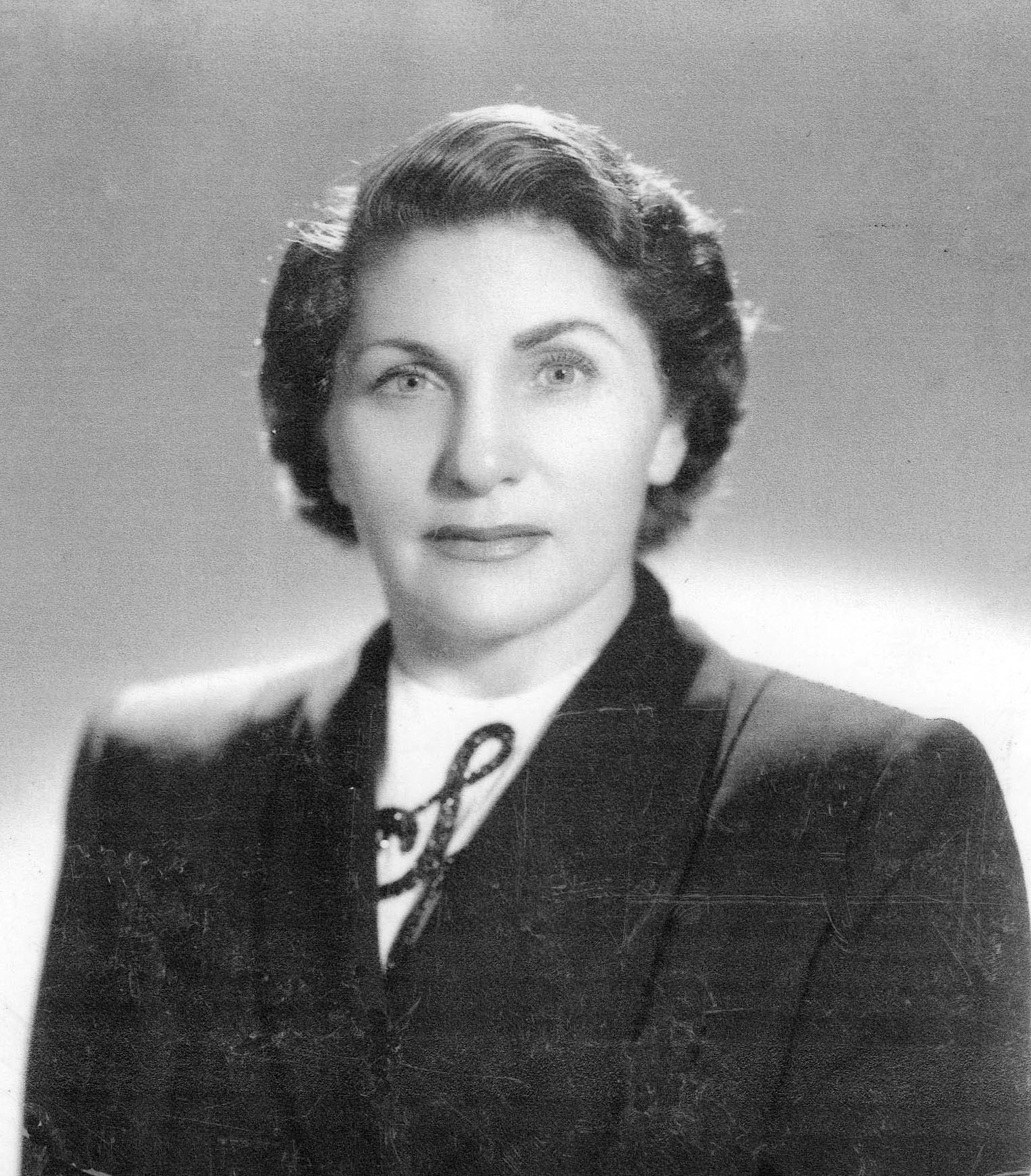
<<
Leah Rubenstein Greenberg (1862-1932)
Selma Greenberg Oritt (1904-1990) >>
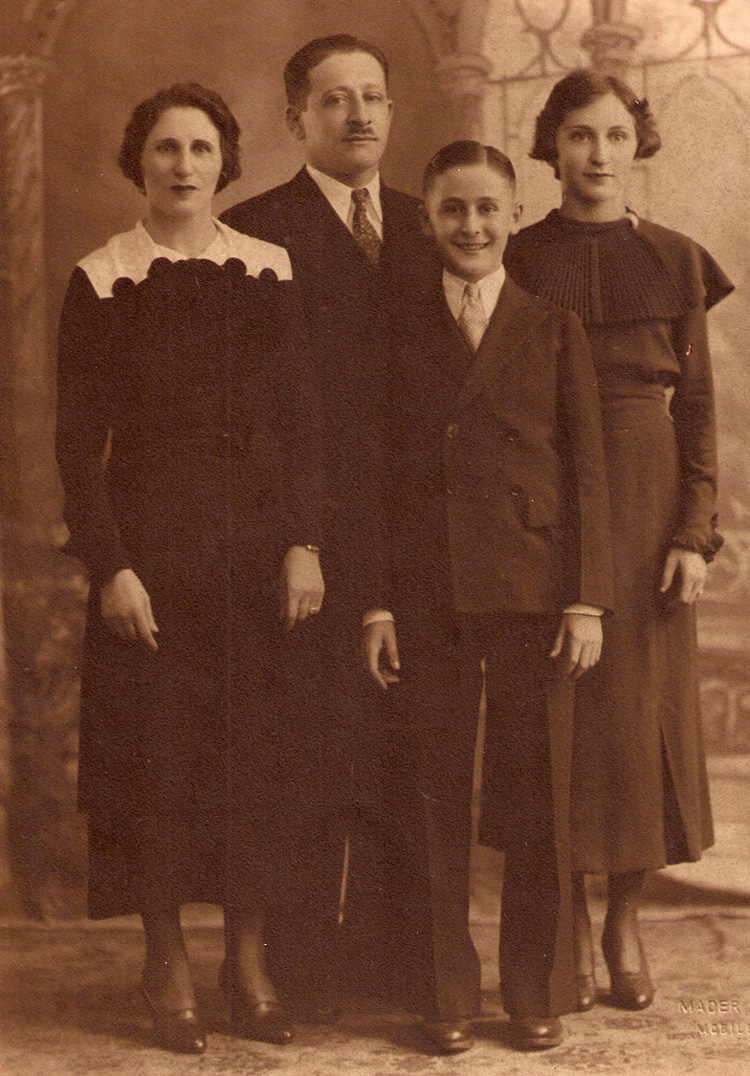

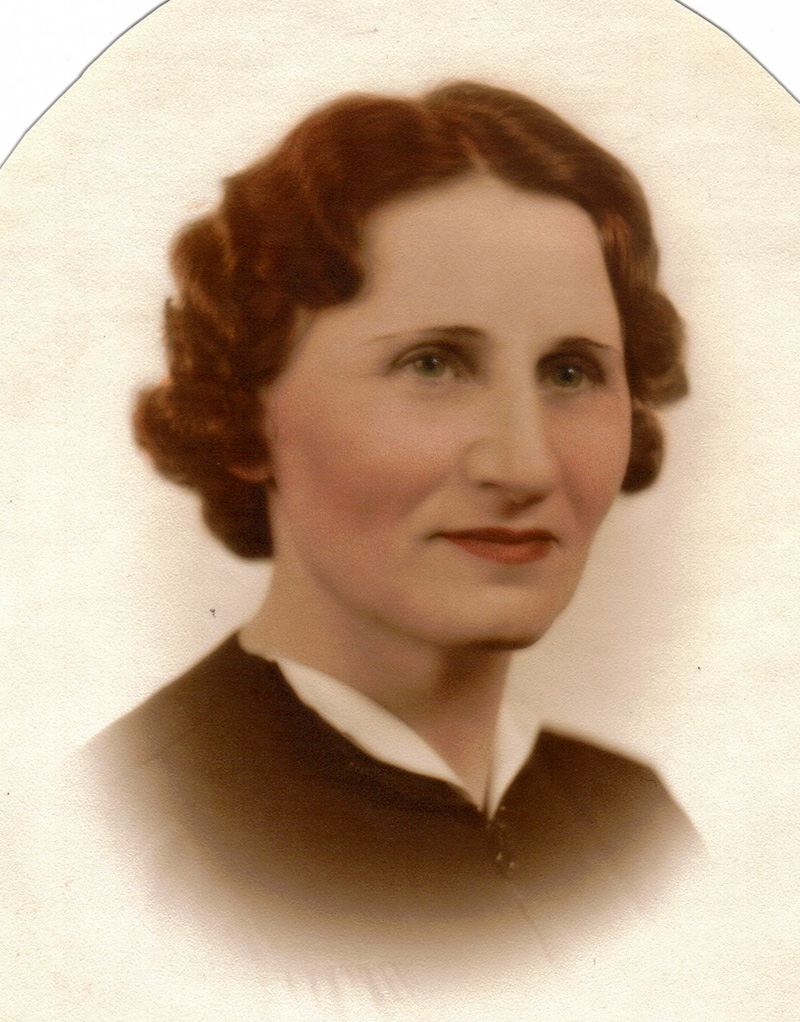
Photo on the right: Annie Greenberg (1895-1976) Abe, Melvin and Sarah Stein (1933) >>
<< Annie Greenberg Stein >>
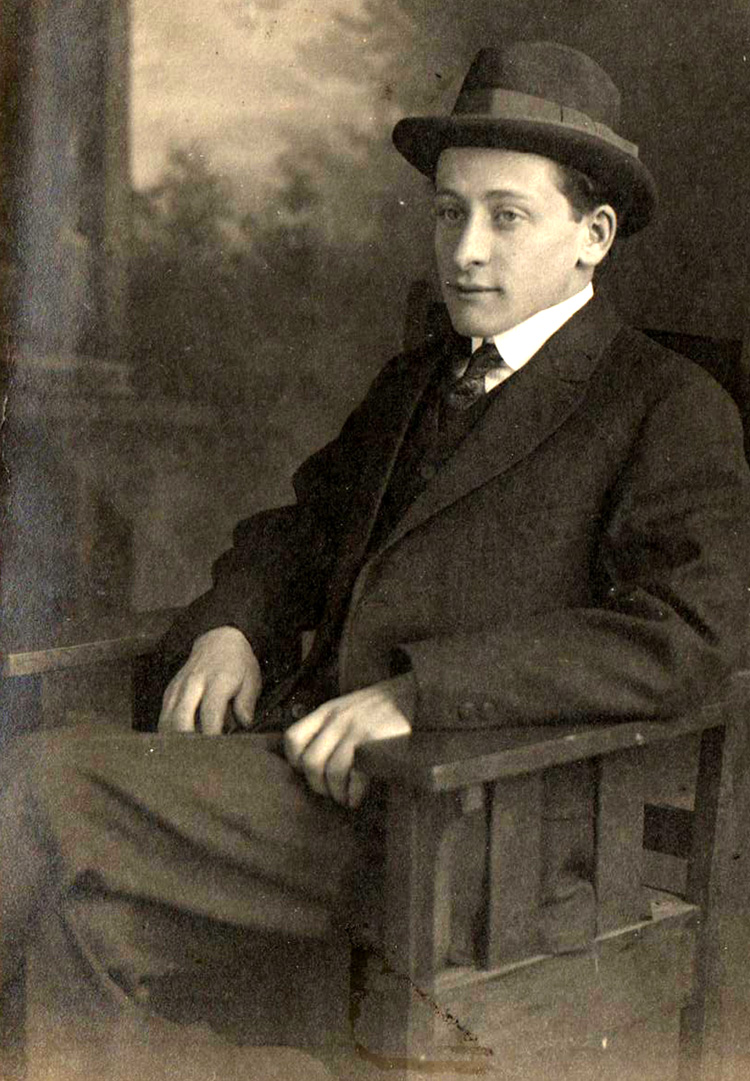
<< Abe Stein (1912)
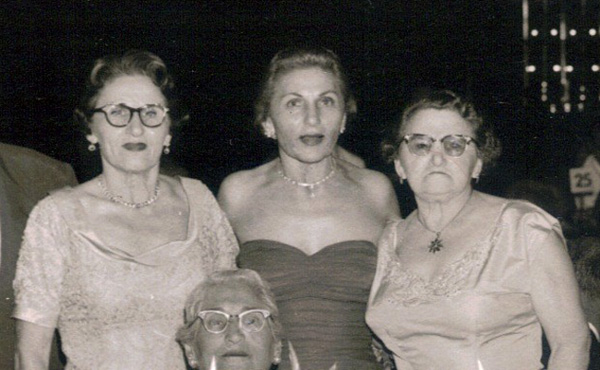
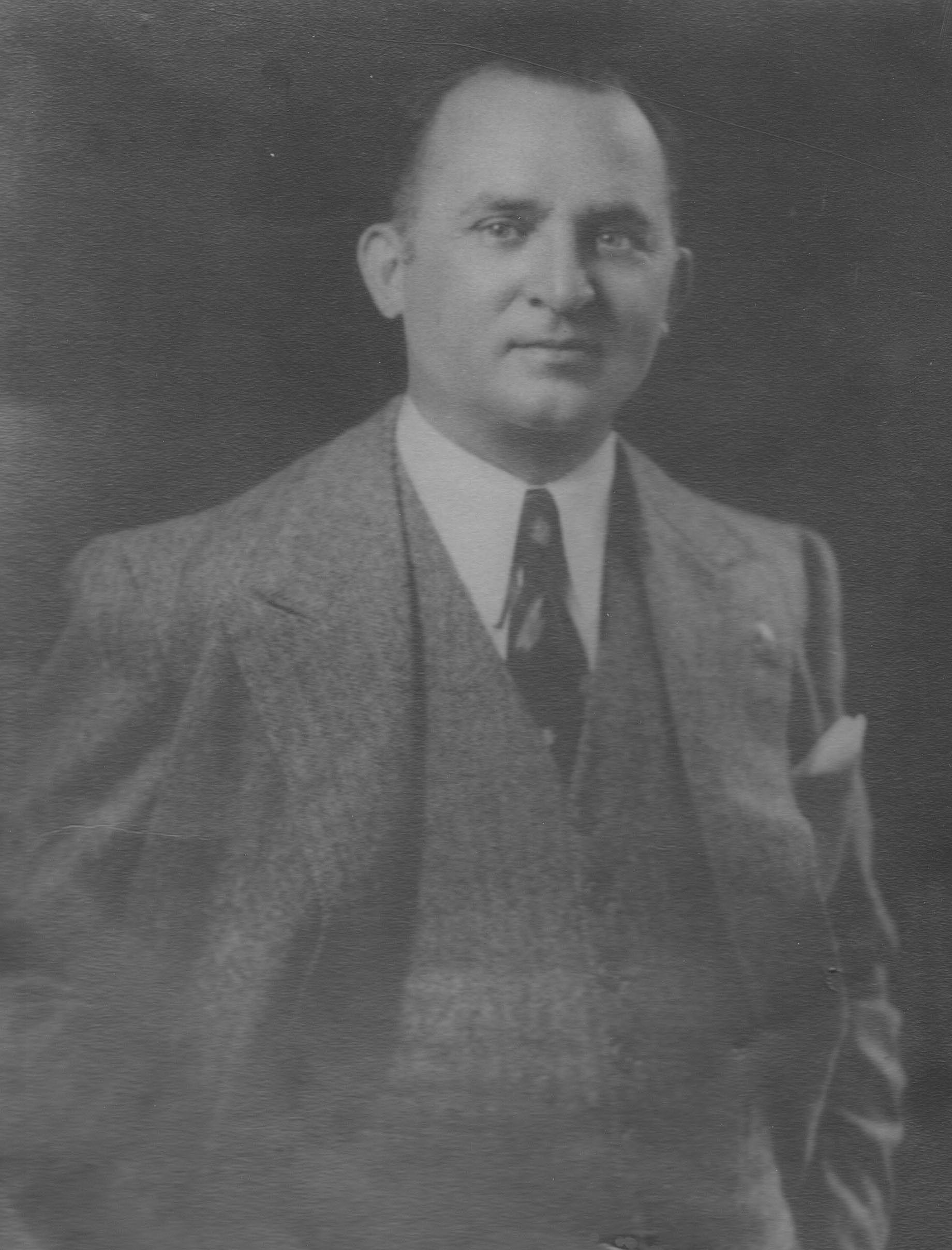
Harry Greenberg (1897-1956) >>
<< Annie Greenberg Stein (1895-1976), Selma Greenberg Oritt (1904-1990), Goldie Greenberg Perkoff (1890-1973)
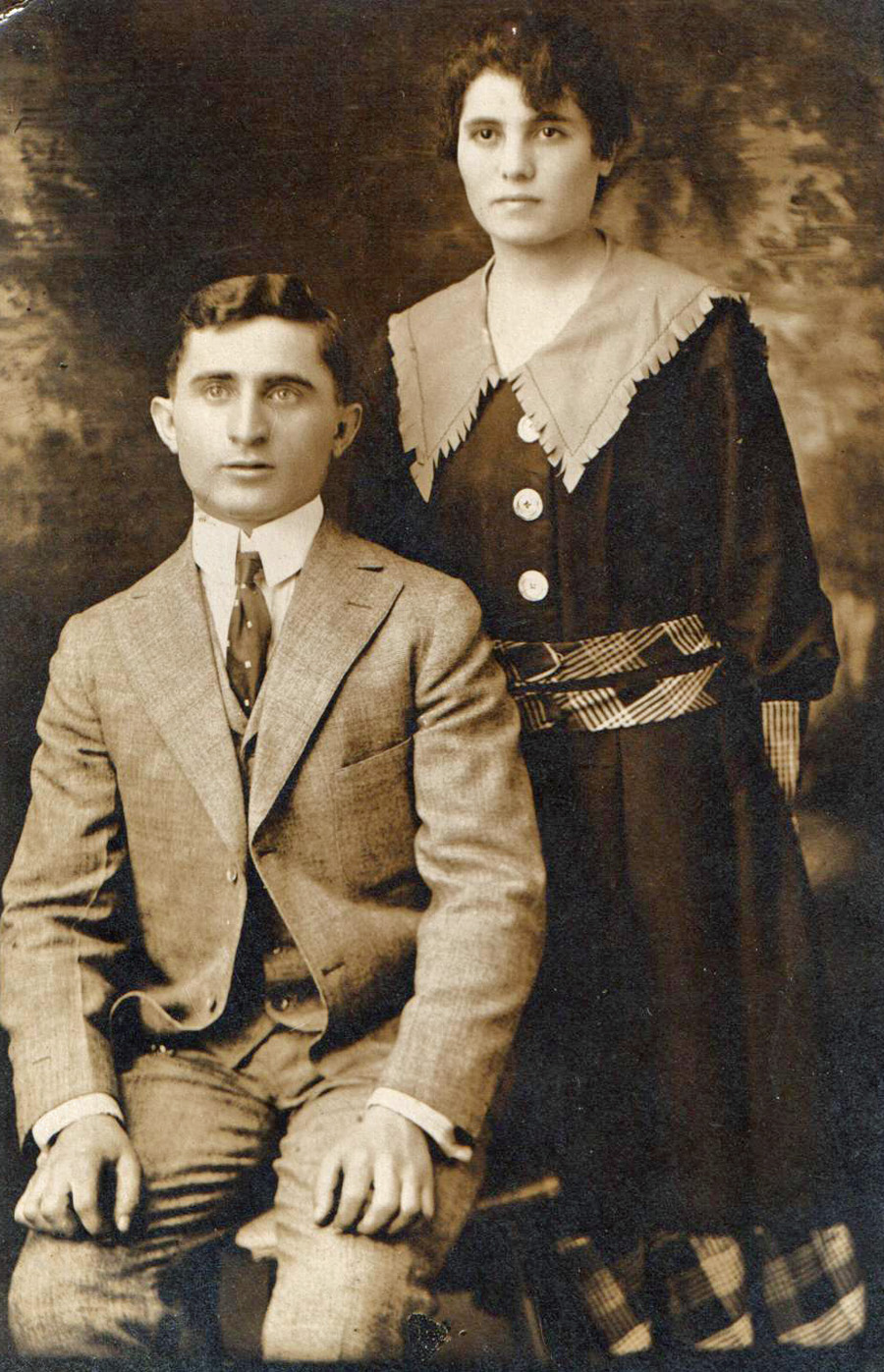
<< Louis Greenburg (1891-1966) and Eva Shor Greenburg
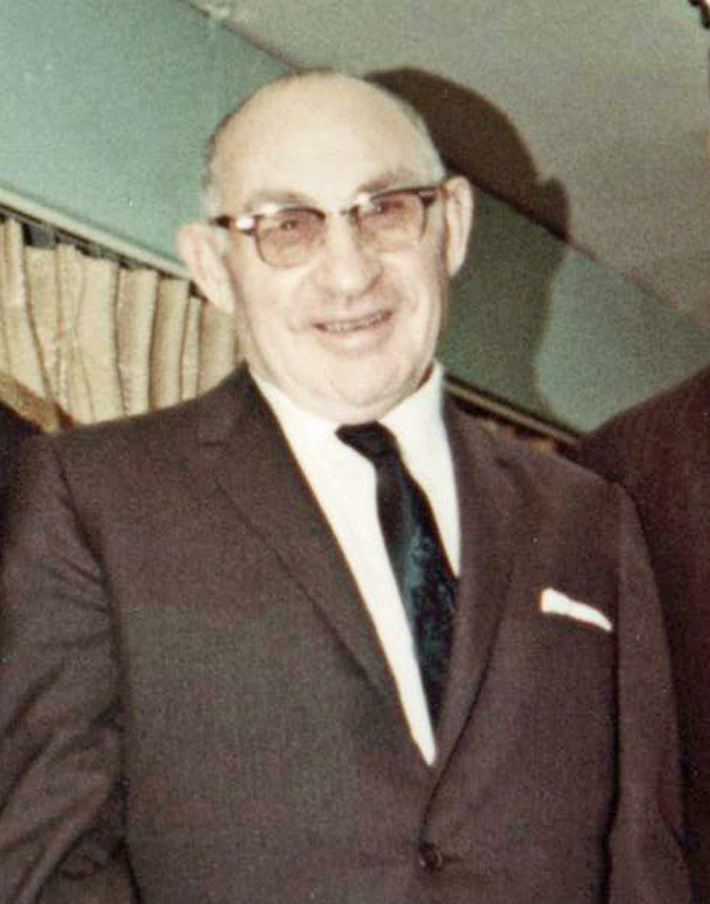
Max Greenberg (1900-1973) >>
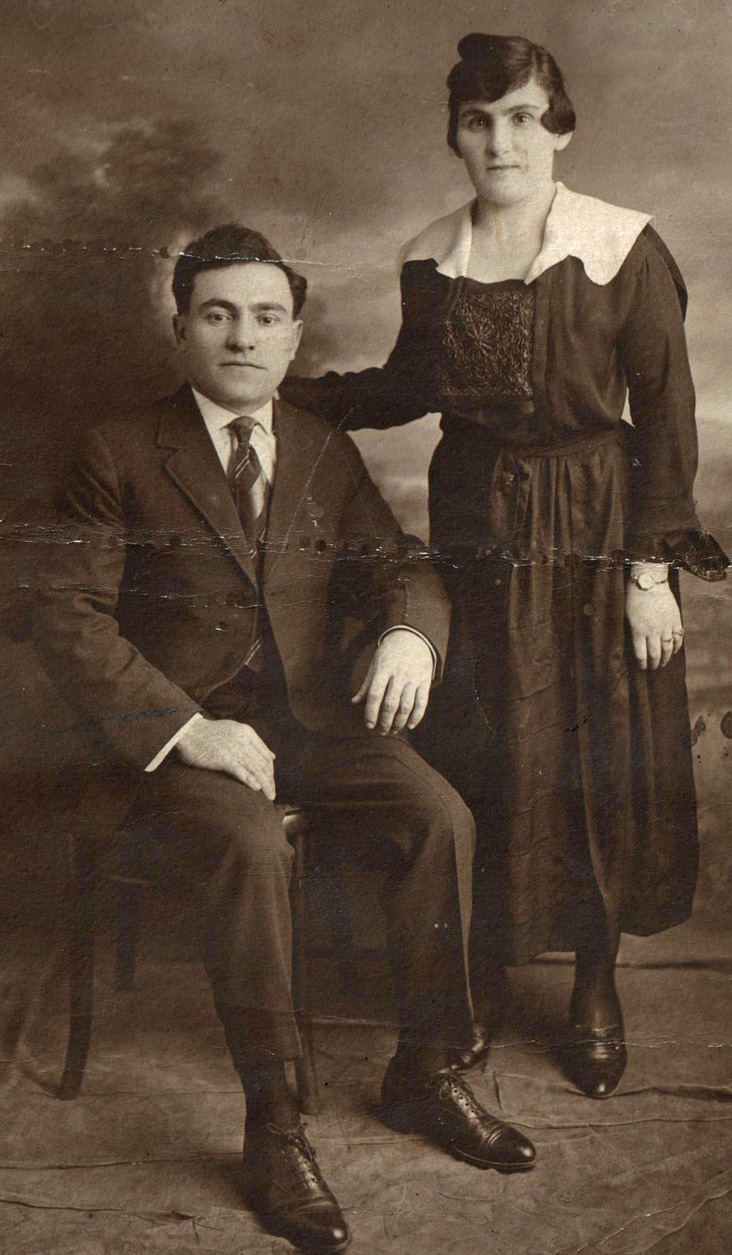
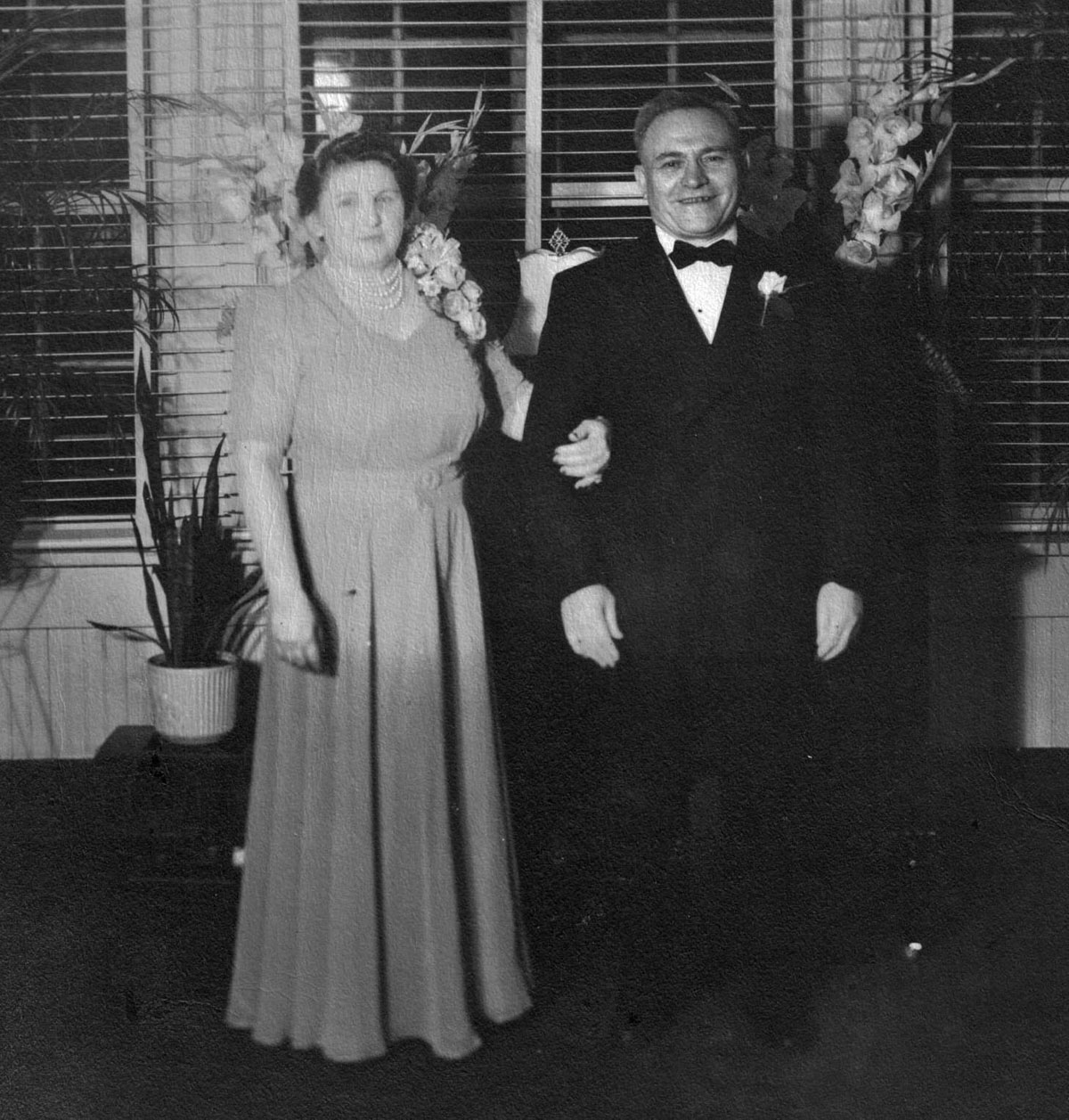 << Goldie Greenberg Percoff (1891-1966) and Sam Percoff>>
<< Goldie Greenberg Percoff (1891-1966) and Sam Percoff>>
Return to Table of Contents
. . . .
Chava and Akiva Greenberg Family Pictures
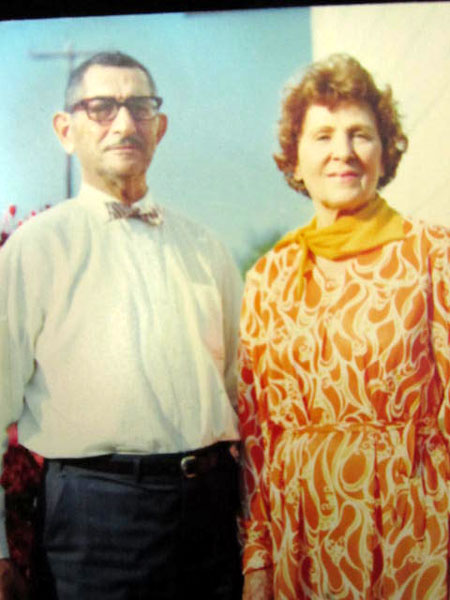
<< Eli and Beatrice Greenberg Goldfarb (1903-1990)

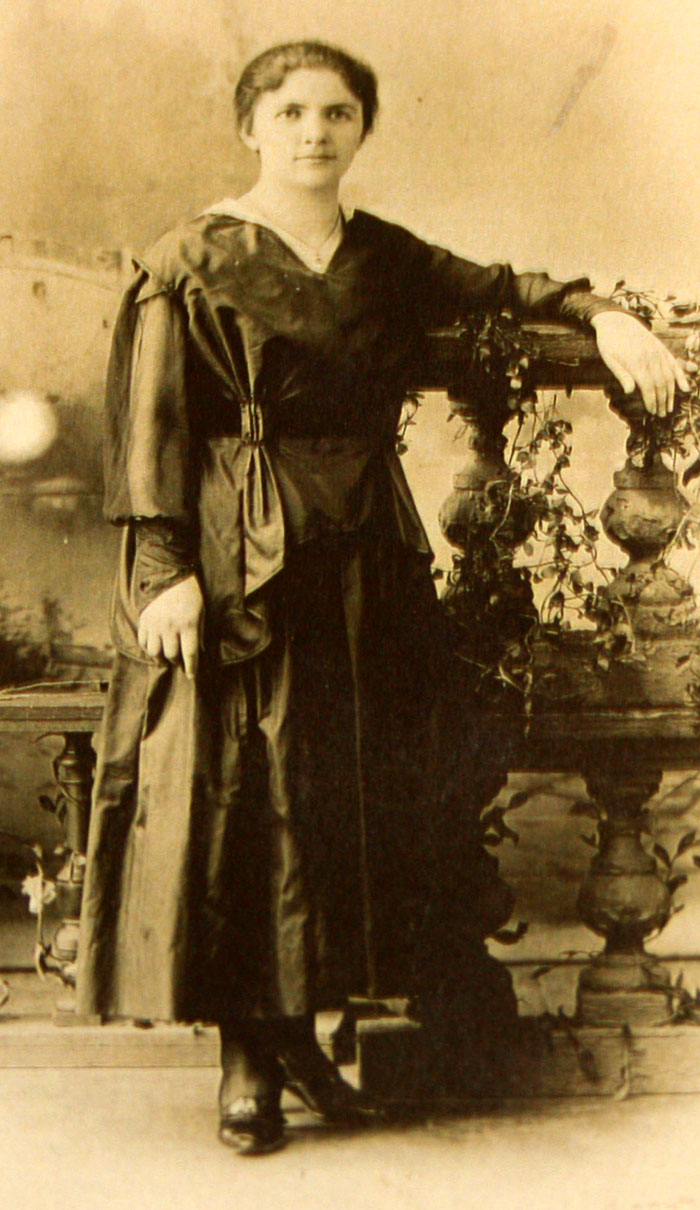
Rose Greenberg Largman (1902-1980) and Evelyn Largman >>
<< Sophie Greenberg Bernstein (1895-1971)
Carlos Greenberg (1893-) >>
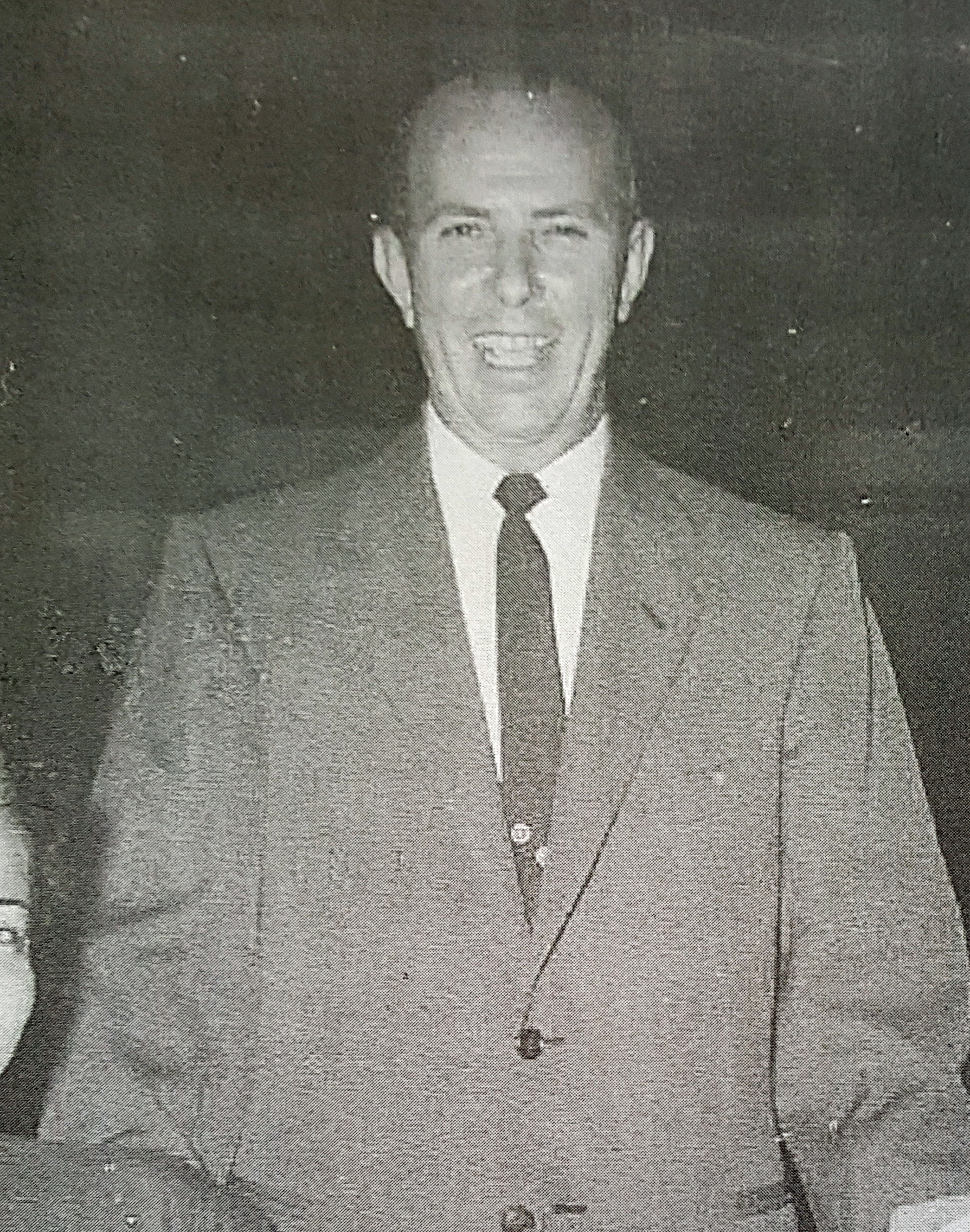
Return to Table of Contents
. . . .
Isaac and Esther Friedman
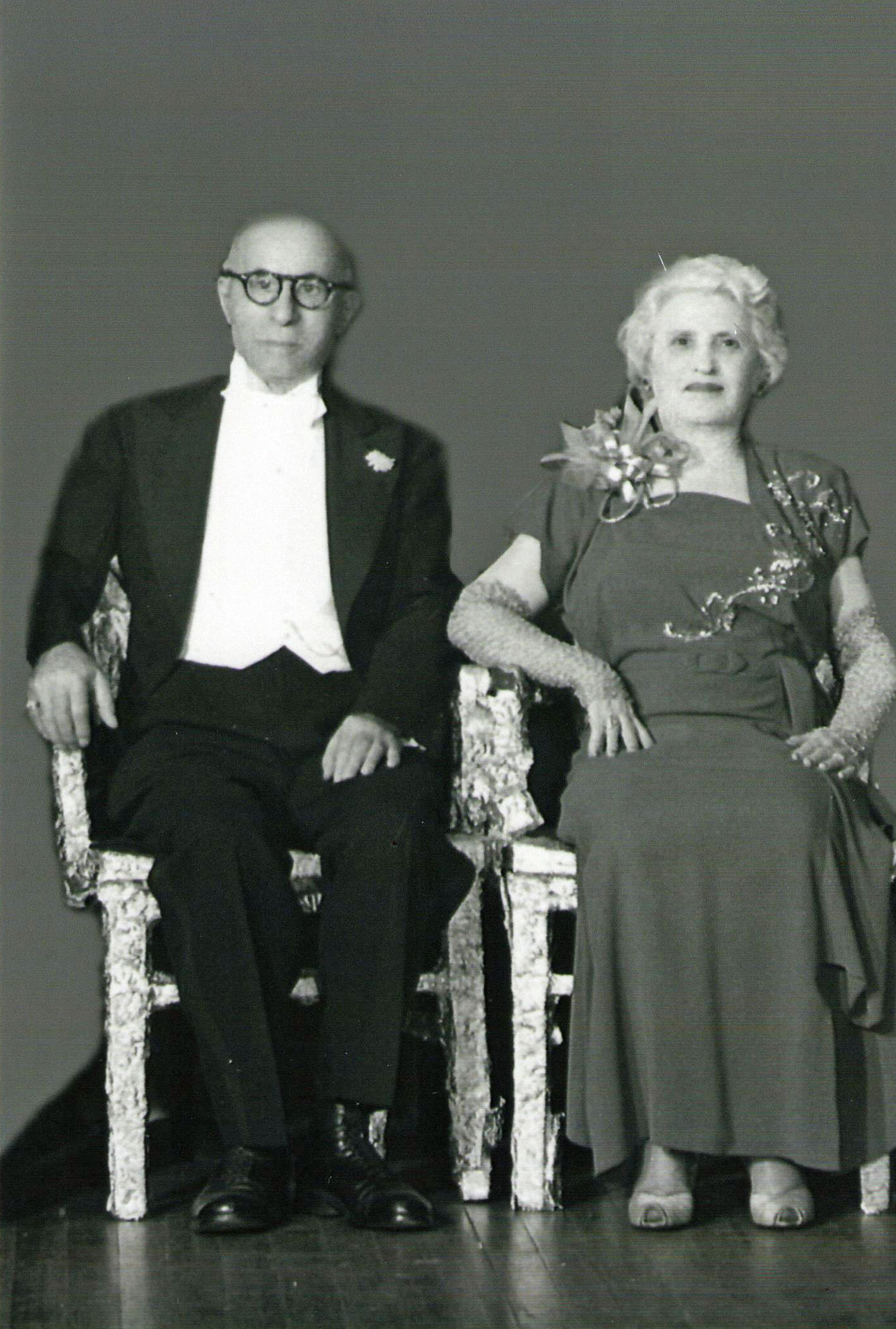
<< Isaac (1877-1950) Esther (1882-1962) Friedman
Return to Table of Contents
. . . .
Mendel and Touba Lerner
 & Touba Lerner.jpg)
<< Mendel (1858-1922) and Touba Lerner
Return to Table of Contents
. . . .
Miscellaneous Pictures

Return to Table of Contents
. . . .
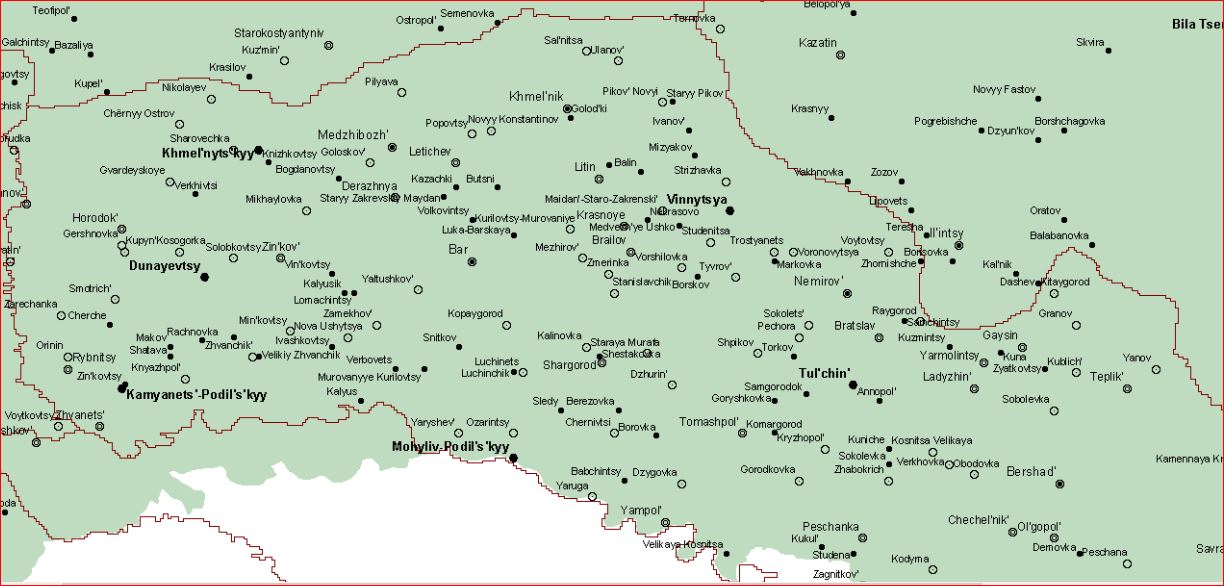
Return to Table of Contents
. . . .
Thanks to Stephen Morse's wonderful Ellis Island Front End, where one can query the
Hebrew immigrants by town, I was able to assemble a list of Hebrew immigrants from
Verbovets. It was fascinating to observe the different spellings of the town and the surnames. Some of these were found on Ancestry.com as they came into a different ports.
Any information email Sandy Aaronson
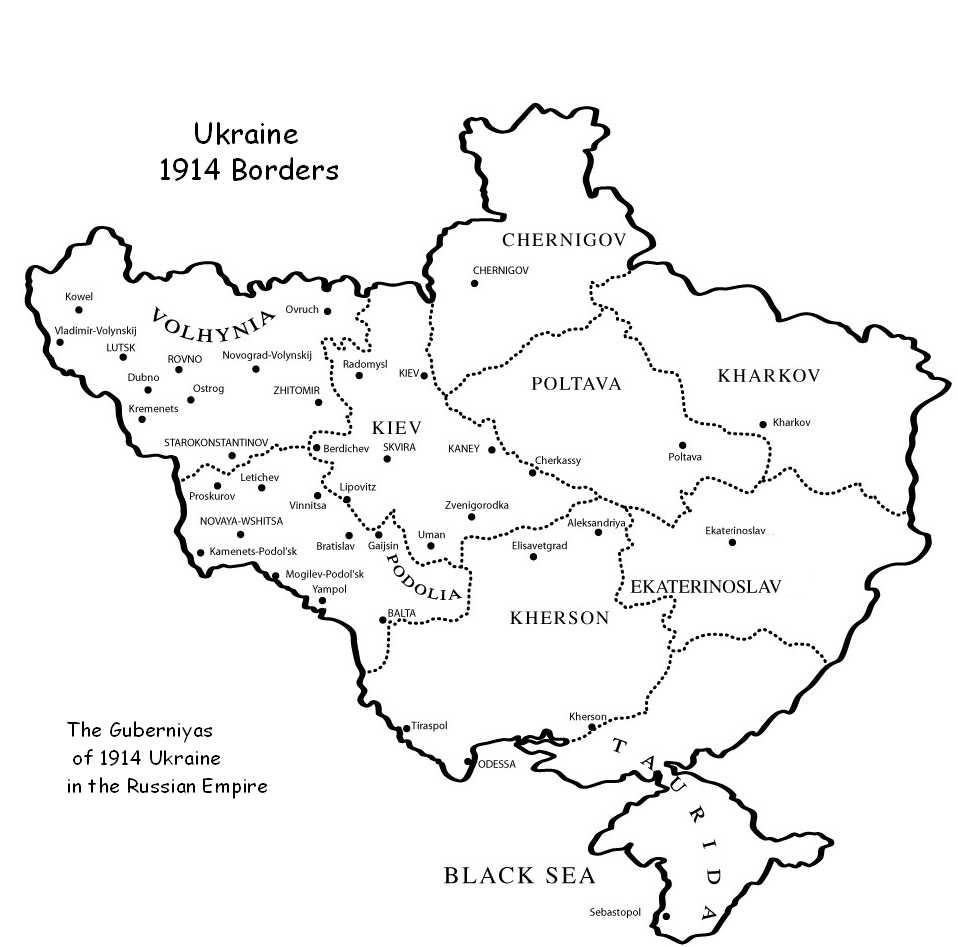
Just as a reminder, Verbovets was part of the Russian Empire
then it became part of Ukraine where it remains today.
*You may wish to go directly to the manifest (see instructions below), as depending on the year, the town may be the town of birth, or, more likely, the "last permanent residence".
NAME, LAST RESIDENCE*, AGE, YEAR OF IMMIGRATION
Afonasy, Honczaruk Werbowic, Russia 40 1912
Aronzon, Abram Belz, Roumania 12 1921
Aronzon, Gisia Belz, Roumania 8 1921
Aronzon, Josef Belz, Roumania 14 1921
Aronzon, Majer Belz, Roumania 9 1921
Aronzon, Roza Belz, Roumania 16 1921
Aronzon, Seiva Belz, Roumania 38 1921
Ataszow, Wladimir Werbowcz, Russia 24 1911
Bajlo, Tnufry Werbowice, Russia 45 1913
Bauer, Petras Furbewiz, Russia 30 1913
Bilecka, Stefka Warobjewicze, Russia 19 1911
Bockelman, Gerschin Werbowetz, Russia 26 1910
Bockelmann, Jankel Werbowetz, Russia 20 1910
Bokelman, Anna Bucharest, Romania 9 1922
Bokelman, Avrom Bucharest, Romania 7 1922
Bokelman, Awrum Berbow, Russia 18 1904
Bokelman, Chaja Sura Bucharest, Roumania 60 1922
Bokelman, David Bucharest, Romania 43 1922
Bokelman, Ettel Bucharest, Romania 12 1922
Bokelman, Leika Bucharest, Romania 36 1922
Bokelman, Pinnia Bucharest, Romania 8 1922
Bokilman, Gerschu Werbowce, Russia 22 1904
Bogdoworoics, Karenir Brabowce, Russia 20 1910
Bramstein, Geide Werbowitz, Russia 20 1910
Braunskin, Seide Werbowetz, Russia 21 1912
Bremann, Jechiel Wirbowetz, Russia 23 1910
Broitman, Brucha Bucarest, Roumania 16 1922
Broitman, Dobrich Bucarest, Roumania 9 1922
Broitman, Ghitlev Bucarest, Roumania 3 1922
Broitman, Itsko Bucarest, Roumania 60 1922
Broitman, Leia Bucarest, Roumania 45 1922
Broitman, Ovschia Bucarest, Roumania 7 1922
Broitman, Meilich Lamacinetz, Roumania 19 1921
Broitman, Reizeln Lamacinetz, Roumania 20 1921
Broitman, Avram Lamacinetz, Roumania 15 1921
Broitman, Haica Lamacinetz, Roumania 13 1921
Broitman, Enea Lamacinetz, Roumania 17 1921
Broitman, Chaim Werbowic, Russia 28 1904
Broitman, Jankel Werbowitz, Russia 45 1910
Brotman, Berel Nowoswitz, Podolsk, Russia 40 1913
Brotmann, Dora Werbowec, Russia 20 1906
Bruchman, Pesche Werbowicz, Russia 22 1910
Bruckman, Chaie Werbowetz, Russia 23 1911
Bruckman, Joseph Werbowetz, Russia 27 1911
Bruckman, Pinchas Werbowetz, Russia 11/12 1911
Buchholler, Scheye Brauoiwitz, Russia 30 1904
Budowle, Chaim Barawowicz, Russia 15 1905
Burshtein, Josif Verbouvitz, Russia 20 1922
Chinberg, Keila Verbovtzi, Russia 60 1922
Chomnuk, Wicenti Varobowitz, Russia 24 1913
Chwednja, Alexander Frabows, Russia 19 1912
Corduner, Blima Bucharest, Roumania 19 1921
Czernikewicz, Iwan Werebjewiczi, Russia 37 1913
Czernikiewicz, Iwan Warobjewicze, Russia 36 1911
Dabenstein, Jankel Warbowci, Russia 17 1900
Dechtjaruk, Stefan Werbowec, Russia 22 1913
Dedhtjaruk, Wasily Werbowcy, Russia 29 1914
Denitz, Charles Werbowitz, Russia 21 1902
Dorawowoz, Chaim Probowitz, Russia 4 1913
Dorawowoz, Chancie Probowitz, Russia 25 1913
Dorfman, Chaim Werbowetz, Russia 8 1905
Dorfman, Esther Werbowetz, Russia 6 1905
Dorfman, Reioie Werbowetz, Russia 29 1905
Dragobetchi, Freida Kesinow, Roumania 39 1882
Dragobetchi, Jankel Kesinow, Roumania 8 1913
Dragobetchi, Roza Kesinow, Roumania 11 1910
Eidelmann, Alter Wirbowetz, Russia 20 1910
Fadurak, Korneli Warbowce, Russia 22 1908
Fefer, Haica Verbuvetz, Russia 36 1922
Fetterman, Szimdel Werbowec, Russia 6 1907
Fetterman, Chana Werbowec, Russia 42 1907
Fetterman, Chaike Werbowec, Russia 4 1907
Fichanjuk, Feodor Werbowetz, Russia 17 1913
Fiehoryuk, Michael Werbowez, Russia 32 1914
Freeman, Leike Werbowec, Russia 3 1911
Freeman, Pere Werbowec, Russia 25 1911
Funiewig, Antoni Probowiz, Russia 22 1913
Furik, Stepan Worobewicz, Russia 17 1914
Futterman, Dawid Linkov, Russia 17 1906
Futterman, Gittel Linkov, Russia 10 1906
Futterman, Nisen Linkov, Russia 8 1906
Gaidaicjuk, Nikodein Werbowitz, Russia 30 1913
Gaidamanczuk, Jewstafy Werbowcy, Russia 21 1913
Galanter, Ester Werbowitz, Russia 18 1913
Galanter, Leie Verbowicz, Russia 50 1922
Galanter, Reizel Verbowicz, Russia 20 1922
Galicky, Alexey Werbowec, Russia 35 1913
Galitzky, Artemy Werbowzy, Russia 25 1912
Ganezaruk, Bazili Werbowice, Russia 25 1913
Gass, Freida Verbovicz, Russia 8 1922
Gass, Gitel Verbovicz, Russia 12 1922
Gass, Liba Verbovicz, Russia 30 1922
Gass, Rivka Verbovicz, Russia 9 1922
Gersberg, Feiga Verbovtzi, Russia 19 1922
Gerschberg, Dwoire Hotin, Bessarabia 47 1922
Gerschberg, Selmen Hotin, Bessarabia 25 1922
Glausman, Jankel Verbovetz, Russia 9 1922
Glausman, Ovschie Verbovetz, Russia 6 1922
Glausman, Perla Verbovetz, Russia 36 1922
Gonikbergue, Frenda Verbovety, Russia 53 1926
Gouigberg, David Werbowetz, Russia 51 1910
Gomkberg, Feige Werbowiece, Russia 50 1910
Gomkberg, Ture Werbowiece, Russia 16 1910
Gonicberg, Sura Verbovets, Russia 21 1922
Gonigberg, Ester Werbowics, Russia 19 1907
Gonigberg, Malke Werbowics, Russia 17 1907
Goss, Mones Werbowetz, Russia 26 1913
Griczink, Karp Werbowetz, Russia 29 1910
Griczuk, Sachary Werbowec, Russia 19 1913
Grietjuk, Zachary Werbowez, Russia 23 1914
Grinberg, Jda Wierbowce, Wolynsk, Russia 16 1922
Greenberg, Nechame Werbowetz, Russia 17 1910
Gremberg, Chane Zamechow, Russia 18 1913
Grunberg, Chaus Werbovitz, Russia 18 1914
Grunberg, Hersch Werbovitz, Russia 16 1914
Grunberg, Itzik Werbovitz, Russia 7 1914
Grunberg, Lea Werbovitz, Russia 48 1914
Grunberg, Leib Zamichow, Russia 19 1911
Grunberg, Mechel Werbovitz, Russia 11 1914
Grimberg, Mendel Zamechow, Russia 40 1913
Grunberg, Schmul Werbovitz, Russia 5 1914
Grunberg, Sore Werbovitz, Russia 9 1914
Gritzjuk, Iwan Werbowtzy, Russia 17 1913
Gubarewitz, Alexandr Werobiewitz, Russia 30 1913
Gumenjuk, Konstantin Werbowtzi, Russia 37 1912
Hajdaiczuk, Wasil Werbowice, Russia 24 1913
Halitzki, Iwan Werbowcze, Russia 36 1912
Hanranki, Iwan Werbowec, Russia 30 1907
Hawransky, Iwan Werbowce, Russia 36 1914
Hawransky, Stefan Werbowce, Russia 35 1914
Herasym, Mudrak Werbowec, Russia 33 1912
Hobodmink, Scuran Werbozice, Russia 33 1914
Hobonanink, Semen Werbowcy, Russia 21 1914
Hobyczak, Yosef Werbowce, Russia 25 1912
Homiak, Omenko Werbowice, Russia 30 1913
Honigberg, Abram Werbowetz, Russia 17 1910
Honigmann, Feige Wirbowitz, Russia 20 1913
Honigberg, Schloima Werbobitz, Russia, 15 1909
Honigberg, Zelig Wierzbowiec, Russia 61 1941
Hricink, Kornel Werbowce, Russia 26 1912
Iszczak, Nakej Werbowetz, Russia 32 1913
Jasczuk, Lukjan Werbowtzy, Russia 27 1913
Jaszczuk, Nikieta Werbowice, Russia 36 1913
Jaszuk, Pawel Werbowce, Russia 30 1910
Jurkowsky, Efim Werbowce, Russia 19 1913
Jutkowshy, Ioko Barauowicz, Russia 18 1907
Karginkewicz, Warwara Frabowice, Russia 36 1912
Karlin, Sora-Keizlik Werebewiczi,Russia 21 1914
Karpman, Eidlja Werbowyczy, Russia 21 1912
Karpowicz, Pjotr Werebiewicz, Russia 18 1912
Kaschenovitz, Emilia Burowovice, Russia 22 1911
Kaslowitz, Marie Werebewicz, Russia 17 1914
Kasselow, Saloman Fribebotz, Russia 25 1900
Kliatachpo, Aron Preivewiz, Russia 17 1906
Koftonink, Hrechory Werbowice, Russia 20 1912
Kolady, Pawlo Werbowce, Russia 36 1913
Koltunjuk, Nikita Werbowec, Russia 19 1914
Koltunjuk, Sergey Werbowtza, Russia 26 1912
Kononezuk, Stepan Werbowetz, Russia 19 1912
Koren, Haim Verbovetz, Russia 71 1922
Korginkewicz, Daniel Frabowice, Russia 36 1912
Korginkewicz, Iwann Frabowice, Russia 4 1912
Korginkewicz, Stanislaw Frabowice,Russia 2 1912
Korginkewicz,Vikenti Frabowice, Russia 8 1912
Korinkewicz, Daniel Frabowice, Russia 1 1912
Korinkewicz, Stefan Frabowice, Russia 7 1912
Kowal, Gerasim Werbowetz, Russia 34 1912
Kowal, Konstantin Werbowetz, Russia 45 1912
Kowal, Semion Werbowize, Russia 25 1912
Kowalczuk, Kalenik Werbowtzy, Russia 20 1913
Krasnoluczky, Luka Werbowecz, Russia 40 1912
Krawetz, Morduch Werbowiczi, Russia 17 1911
Kreworczuk, Nikita Werbowce, Russia 19 1913
Kriboruczuk, Andrey Werbowez, Russia 19 1914
Kriworeczuk, Grigory Wierbowic,Russia 30 1910
Kriworuczuk, Ilja Werbowcy, Russia 43 1914
Kriworuczuk, Pawel Werbowtzi, Russia 25 1912
Kriworuezuk, Ewfimy Werbowetz, Russia 33 1912
Krywornczuk, Jwan Werbowice, Russia 20 1912
Kucer, Kiprian Werbowec, Russia 18 1913
Kuczer, Grigory Werbawetz, Russia 30 1913
Kuczer, Senyon Werbowci, Russia 25 1912
Kuorinoke, Bronislawa Vorvawitz, Russia 22 1904
Kutter, Abram Werbowitz, Russia 18 1914
Kuwtemjuk, Prukoty Werbawetz, Russia 36 1913
Lappo, Iwan Verbowiczi, Russia 18 1913
Lasenko, Kirjlo Werbowce, Russia 17 1913
Lesenko, Hawr.il Werbowec, Russia 30 1913
Linkgold, Mojsche Werbowecz, Russia 30 1914
Litwinec, Pawel Werbowetz, Russia 22 1913
Luczinetzer, Schan Borbowitz, Russia 16 1909
Maliawka, Trofim Werebewitz, Russia 29 1909
Meierowics, Josef Werbowics, Russia 20 1910
Meierowicz, Sarah Webowetz, Russia 19 1913
Mergel, Feige Warbowitsch, Russia 17 1913
Mirovitch, Hersh Bucarest, Roumania 15 1922
Mirovitch, Ester Bucarest, Roumania 50 1922
Mirovitch, Meilch Bucarest, Roumania 61 1922
Nedolis, Anksentj Werbowce, Russia 23 1912
Niczeperuk, Stefan Wjerbowcy, Russia 20 1912
Nimmelmann, Riwke Werbawetz, Russia 18 1905
Nowosad, Grzegorz Werbowce, Russia 40 1913
Olschanski, Ruwen Barauowitz, Russia 34 1900
Papek, Hrjhorg Werbowce, Russia 27 1911
Paszkiewicz, Alexander Barawowicz,Russia 21 1913
Paszkiewicz, Stanislaw Barawowicz,Russia 16 1913
Pikonink, Lew Werbowce, Russia 36 1910
Pikonink, Michal Werbowce, Russia 27 1910
Pinczuk, Olga Worabewiczi, Russia 19 1910
Podolan, Hordej Werbowec, Russia 22 1913
Poleschuk, Ewgeny Werabewiczi, Russia 1 1911
Poleschuk, Grigory Werbowec, Russia 17 1913
Poleschuk, Maria Werabewiczi, Russia 40 1911
Poleschuk, Pelagea Werabewiczi, Russia 11 1911
Poleschuk, Wladimir Werabewiczi, Russia 10 1911
Procouk, Herley Werbowec, Russia 22 1913
Prokopczuk, Nazary Werbowec, Russia 39 1913
Prominsky, Alexey Werbowczy, Russia 26 1914
Rabenstein, Fankel Werbowetz, Russia, 16 1910
Rabenstein, Froike Werbowic, Russia 25 1906
Radatz, Anna Forefows, Russia 34 1906
Radkewitz, Anna Frabows, Russia 20 1912
Renret, Prokop Werebewica, Russia 33 1914
Ritus, Maxim Barauowitz, Russia 20 1910
Ronenezuk, Mahxim Werbowez, Russia 25 1914
Roubenchtein, Chmeul Bucarest, Roumania 14 1922
Roubenchtein, Maicha Bucarest, Roumania 60 1922
Roubenchtein, Chendeil Bucarest, Roumania 60 1922
Roubenchtein, Sauza Bucarest, Roumania 16 1922
Roubenchtein, Fena Bucarest, Roumania 12 1922
Rubenstein, Cesi Verbortzi, Russia 0 1922
Rubenstein, Fichel Verbortzi, Russia 6 1922
Rubenstein, Oyram Verbortzi, Russia 33 1922
Rubenstein, Pessia Verbortzi, Russia 26 1922
Rubenstein, Srone Verbortzi, Russia 2 1922
Rubenstein, Itzko Werbowitz, Russia 23 1914
Rubenstein, Leiser Russia 19 1900
Ruchmann, Jechiel Werbowic, Russia 20 1910
Sadetski, Esthere Verbowetz, Russia 24 1928
Sadetski, Jankel Lutchivetz, Russia 26 1928
Sadetski, Max Herch Verbowetz, Russia 7/12 1928
Sanikowicz, Gregori Barauowitz, Russia 12 1910
Sarlocka, Szczcpan Firepovice, Russia 27 1910
Saschim, Anton Werebewitz, Russia 18 1911
Sawko, Wera Werebewitz, Russia 19 1914
Schitni, Uljan Werbowzy, Russia 28 1910
Schitny, Tichon Werbowec, Russia 32 1913
Schonberg, Aarum Bursh Werbowecz, Russia 21 1910
Schruman, Berel Verbovitz, Russia 8 1907
Schruman, Chaie Verbovitz, Russia 35 1907
Schruman, Chane Verbovitz, Russia 11 1907
Schruman, Teibel Verbovitz, Russia 6 1907
Schulmann, Rachmiel Porbowicz, Russia 19 1906
Silko, Platon Wiribjewitz, Russia 25 1913
Sokolovska, Emilia Burowovice, Russia 22 1911
Staninczek, Feodor Werbawce, Russia 22 1912
Stavniczy, Josef Werbowec, Russia 18 1913
Stromwasser, Alte Werbovce, Russia 18 1911
Szalik, Gregori Werbewicz, Russia 40 1910
Szowkoplas, Pawel Werbowec, Russia 24 1913
Tamoszaitis, Stanislaw Werbebusy, Russia 20 1911
Thrijczuk, Kanon Werbowize, Russia 28 1912
Tichanjuk, Andrey Werbowcy,Wolyn,Russ 33 1913
Tichanjuk, Wassily Werbowtzy, Russia 28 1913
Tichonjuk, Alexandr Werbowcy, Russia 19 1913
Tichonjuk, Alexey Werbowzi, Russia 34 1911
Tichonjuk, Filip Werbowzy, Russia 19 1911
Tichonjuk, Grigory Werbowtzi, Russia 27 1912
Tichonjuk, Nasar Werbowtzj, Russia 28 1913
Tichonjuk, Victor Werbowtza, Russia 19 1912
Tkaczmann, David Werbowcy, Russia 28 1909
Tkaezman, Chaje Werbovci, Russia 20 1914
Tkacznk, Semion Werbowce, Russia 19 1912
Tkaczuk, Masin Werbowtzj, Russia 25 1913
Tkaczuk, Ustem Werbowice, Russia 30 1913
Toprovar, Estel Bucarest, Roumania 16 1921
Toprevar, Mahlia Bucarest, Roumania 36 1921
Toprevar, Malca Bucarest, Roumania 12 1921
Toprevar, Mordche Bucarest, Roumania 40 1914
Toprevar, Rivka Bucarest, Roumania 18 1921
Toprevar, Rose Bucarest, Roumania 8 1921
Toprevar, Tacchel Yankel Bucarest, Roumania 10 1921
Torowetzky, Chaie Werbowitz, Russia 27 1912
Torowetzky, Herschel Werbowitz, Russia 1 1912
Torowetzky, Morduch Werbowitz, Russia 4 1912
Tupczyjenko, Iwan Werbowetz, Russia 18 1909
Tysczuk, Korney Werbawtzy, Russia 38 1911
Ukrainietz, Lava Werbowice, Russia 18 1913
Weinstein, Alte Werbowicz, Russia 30 1901
Weinstein, Beresch Werbowicz, Russia 33 1901
Weinstein, Freide Werbowicz, Russia 8 1901
Weinstein, Schaje Werbowicz, Russia 4 1901
Weinstein, Schifro Werbowicz, Russia 8 1901
Weinstein, Schunel Werbowicz, Russia 0 1901
Westfeld, Andrey Burbowtci, Russia 46 1912
Wolkomwiske, Greidel Baraiwowitz, Russia 22 1906
Worona, Pikifor Werbowtzy, Russia 20 1913
Zablotzky, Mendel Barawowiczy, Russia 19 1906
Zarewij, Yakiw Werbowce, Russia 23 1913
Zitnij, Stefan Werbowce, Russia 19 1912
Zitnij, Yeftafij Werbowce, Russia 23 1912
Zoblotzki, Judel Barauowitz, Russia 36 1911
Zoldak, Felix Wierboviec, Russia 22 1913
Credit: The Statue of Liberty-Ellis Island Foundation, Inc., The American Family Immigration History Center (www.ellisisland.org)
You can easily do the query yourself and find the manifest.
Use the Stephen Morse's query at
www.jewishgen.org/databases/EIDB.
Here are the steps:
- Click on the Gold Passengers Query.
- To see all the immigrants
from one town, enter the name of the town (or put your surname in) and
- Click on "sounds like" .
- Click on Search
Happy hunting!
Return to Table of Contents
. . . .
JewishGen Family Finder
Do you have roots in Verbovets? Would you like to connect with others researching the same community? Click the button to search the JewishGen Family Finder database.You may need to register, but I promise you, its painless and worth it!!
. . . .
We've collected a number of photographs of Verbovets and surrounding area and we hope you enjoy viewing them. If you have one that's especially pertinent,
please feel free to send it along (either as a photo or in jpeg format). Please email Sandy Aaronson.
We do have some scenes of today's surrounding Verbovets

Nova Ushytsya, (10 Miles NW) >>

<< Isaac Itken last surviving Jewish Man in Nova Ushytsya
Thanks to David Bickman for Nova Ushytsya photos.

Outside Murovani Kurylivtsi (4 miles E) there is a mass grave where over 9,000 were killed>>

<< The roof tiles duplicate the geometric design of traditional Ukrainian embroidery
Thanks to Jere, Murray, Bill, Alison and Nick Friedman and Ben Alter, we have a wonderful photographs of Verbovets and surrounding area taken in August of 2010.
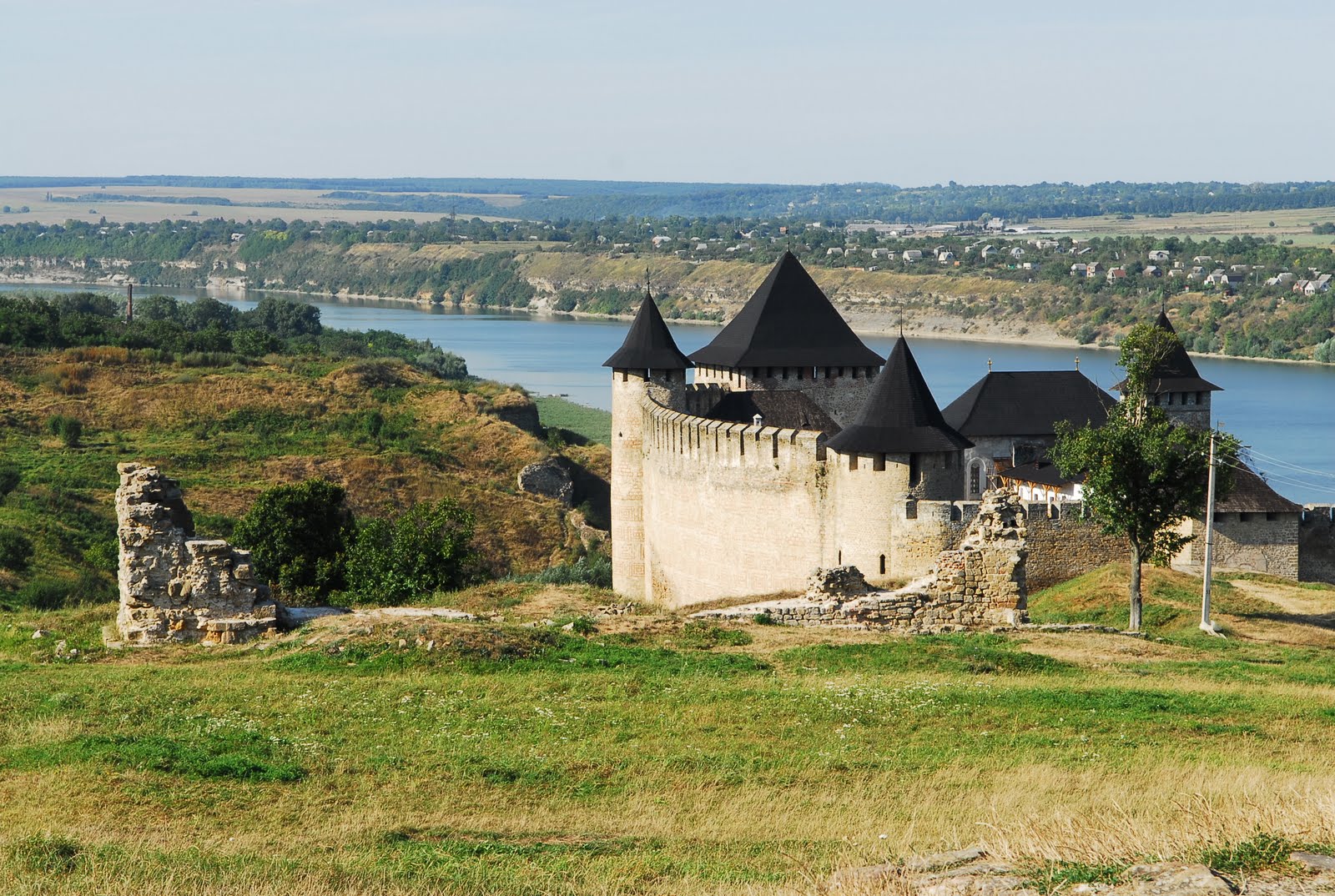
Old Fort in Khotyn (46 miles ENE)>>
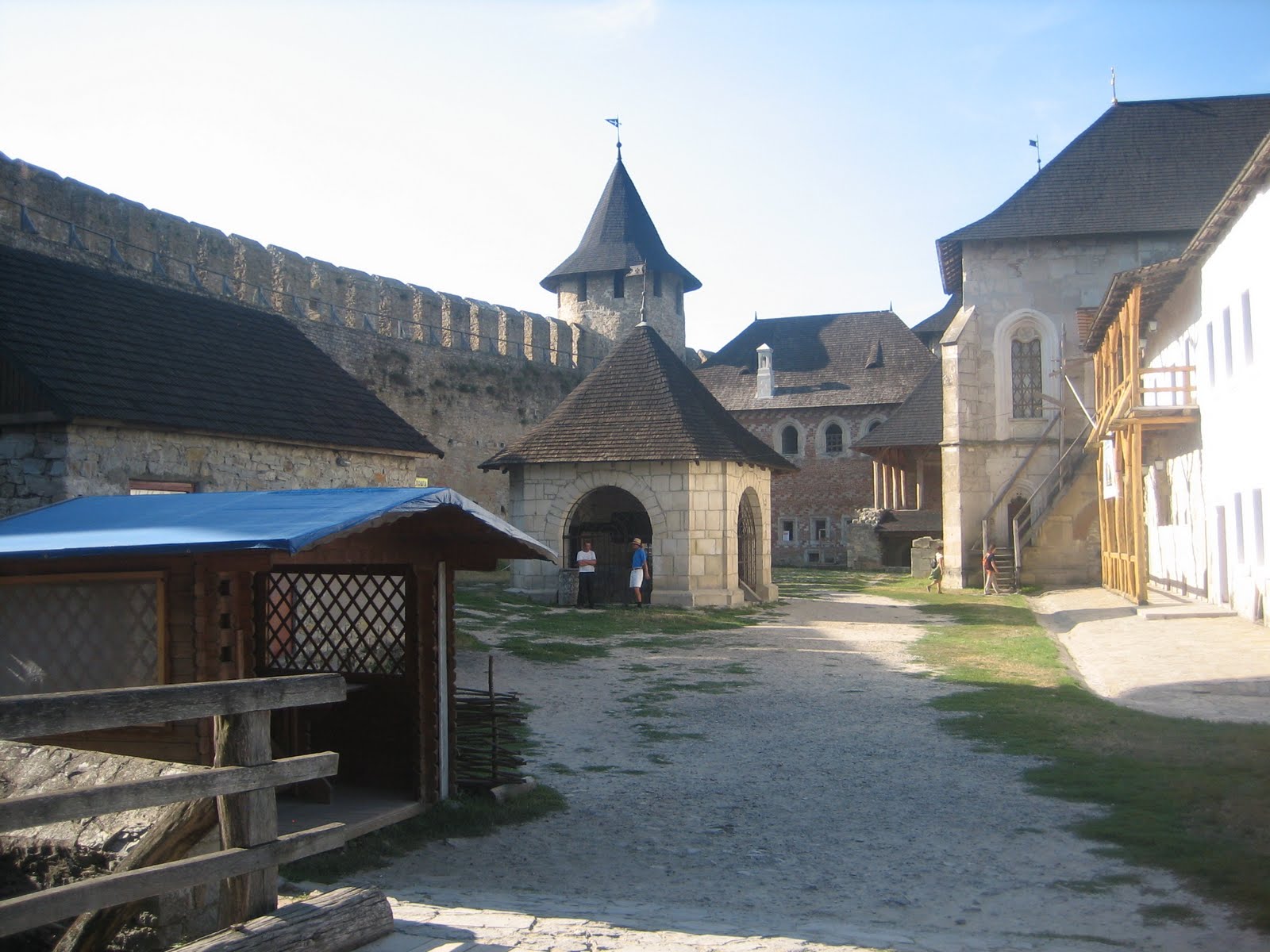
<< Inside of Fort at Khotyn (46 miles ENE)

Dniester River (a river many of our ancestors crossed) >>
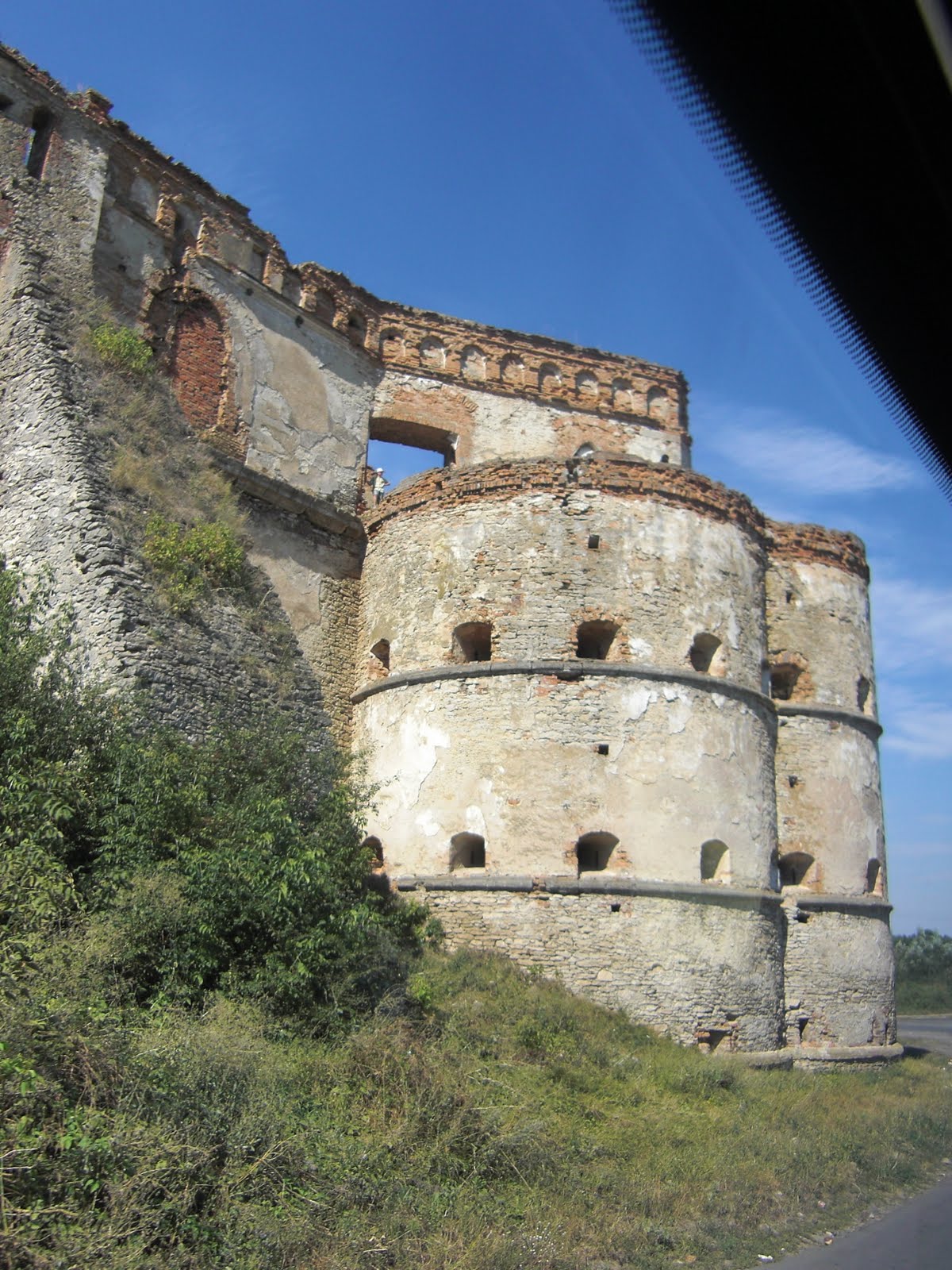
<< Ancient fortress Medzhibozh (48 miles N of Verbovets)
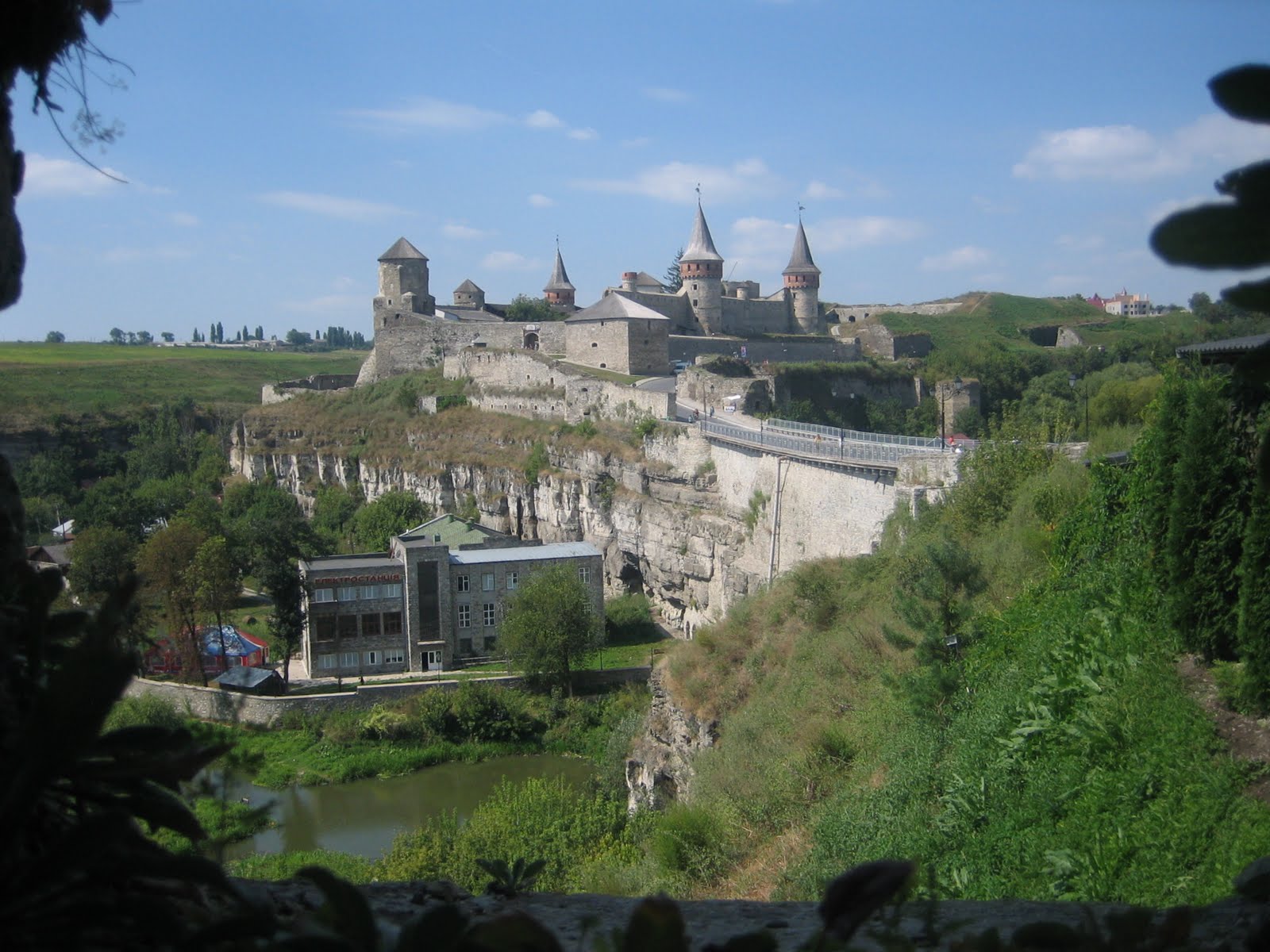
Kamyanets Podilskyy (40 miles W of Verbovets)>>
copyright © 2011-2021 Sandy Aaronson
Updated Mar 14 2021
Return to Table of Contents
. . . .
.jpg) is a small town located near Murovani Kurylivtsi, (4 Miles E), Ol'khovets, (4 Miles SW), Zamikhiv, (10 Miles NNW), Nova Ushytsya, (10 Miles NW), Luchinets, (18 Miles E), Kopaygorod, (18 Miles ENE),
Kamyanets-Podilskyy, (40 Miles E), (Yedinets)>Edinet, Moldova (40 miles S), and Vinnytsya, (59 miles NE) in southwestern Ukraine.
The exact coordinates are latitude 48° 44´ N; longitude 27° 26´ E.
is a small town located near Murovani Kurylivtsi, (4 Miles E), Ol'khovets, (4 Miles SW), Zamikhiv, (10 Miles NNW), Nova Ushytsya, (10 Miles NW), Luchinets, (18 Miles E), Kopaygorod, (18 Miles ENE),
Kamyanets-Podilskyy, (40 Miles E), (Yedinets)>Edinet, Moldova (40 miles S), and Vinnytsya, (59 miles NE) in southwestern Ukraine.
The exact coordinates are latitude 48° 44´ N; longitude 27° 26´ E.






 Verbovets Cemetery>>
Verbovets Cemetery>>
 << Verbovets Cemetery
<< Verbovets Cemetery








 The photo at the right was taken in this country within four or five years of arrival. Left to Right - Dora Brotman Gross (1911-2007), Isaac Brotman (1862-1956),
Leah Boroshok Brotman (1881-1963), Saul Brotman (1913-2006), Milton Brotman (1899-1979), Blanche Katz Brotman,
Gertrude Brotman Rothman (1917-2011). Photos courtesy of David Brotman and Barry Gross.
The photo at the right was taken in this country within four or five years of arrival. Left to Right - Dora Brotman Gross (1911-2007), Isaac Brotman (1862-1956),
Leah Boroshok Brotman (1881-1963), Saul Brotman (1913-2006), Milton Brotman (1899-1979), Blanche Katz Brotman,
Gertrude Brotman Rothman (1917-2011). Photos courtesy of David Brotman and Barry Gross.
 This is a passport photo of my grandfather and family taken before they came to the US, circa 1921.
Left to Right Top Row - Bertha Brotman Schenk, Dora Brotman Gross; Middle Row - Leah Boroshok
Brotman, Isaac Brotman; Front row - Gertrude Brotman Rothman, Saul Brotman
This is a passport photo of my grandfather and family taken before they came to the US, circa 1921.
Left to Right Top Row - Bertha Brotman Schenk, Dora Brotman Gross; Middle Row - Leah Boroshok
Brotman, Isaac Brotman; Front row - Gertrude Brotman Rothman, Saul Brotman




 Left to Right: Samuel, Shendel, Thelma, Moishe, Sarah Rubenstein; Standing: Philip Perlman and Rose Rubenstein Perlman 1924
Left to Right: Samuel, Shendel, Thelma, Moishe, Sarah Rubenstein; Standing: Philip Perlman and Rose Rubenstein Perlman 1924
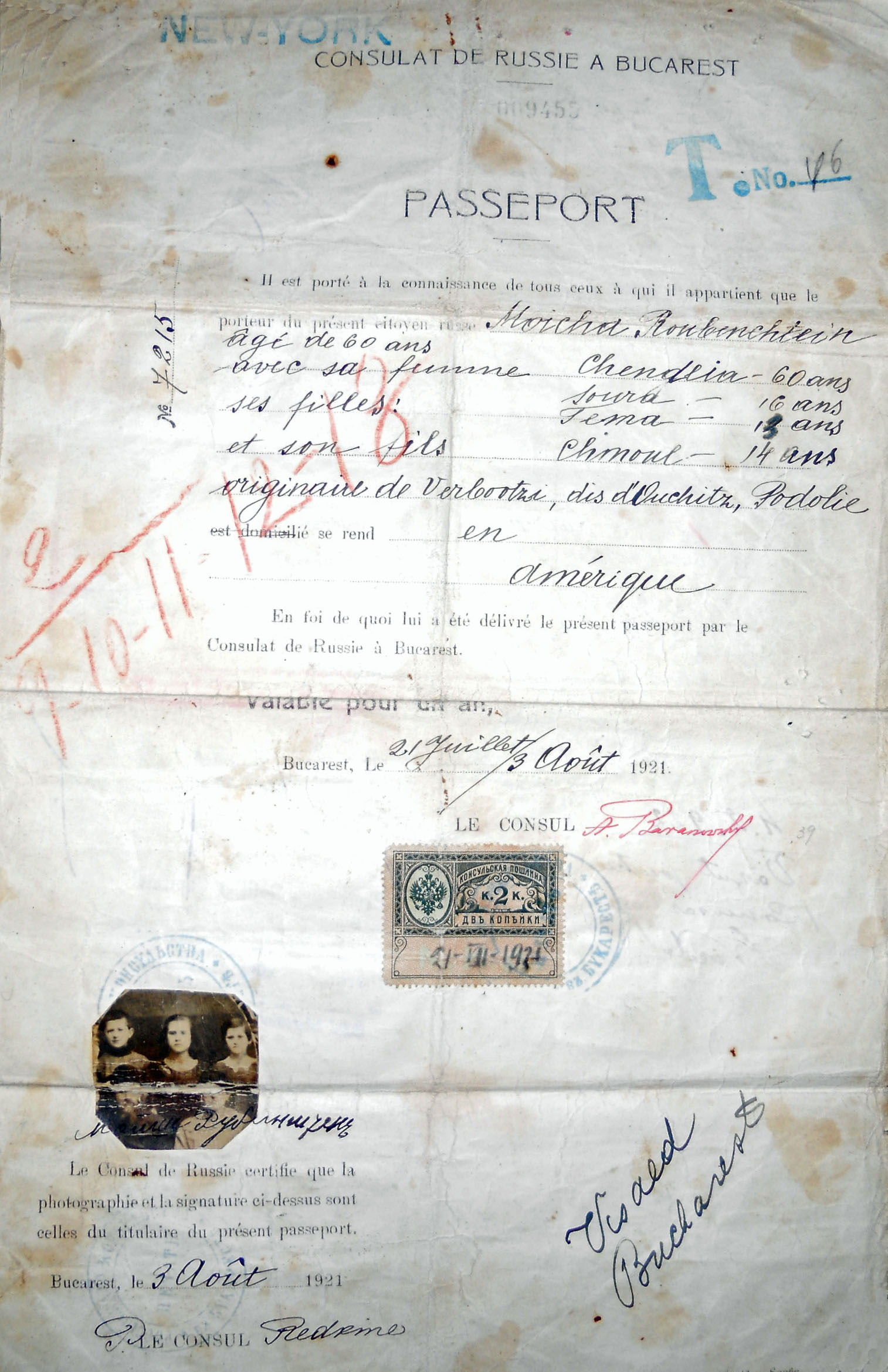
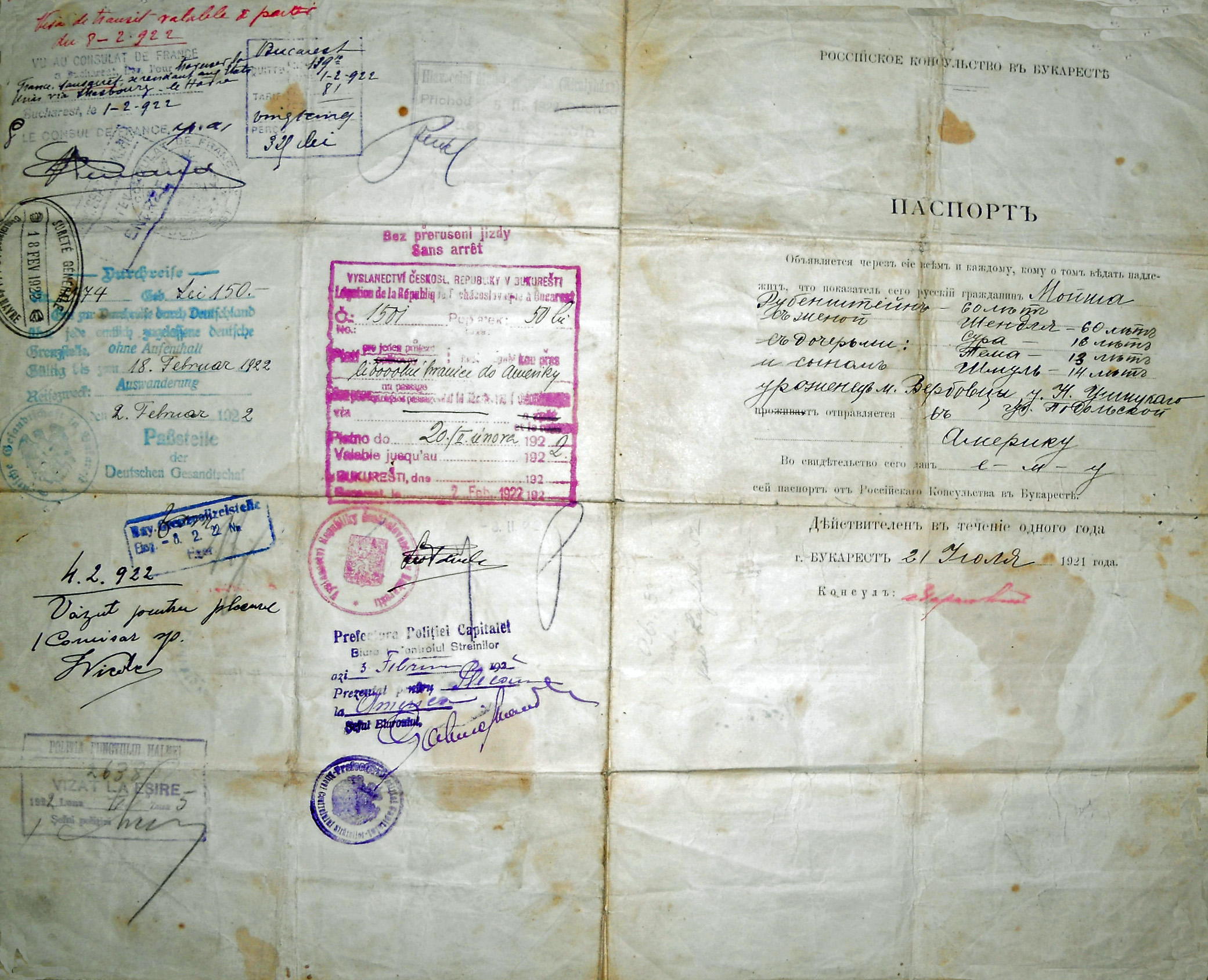
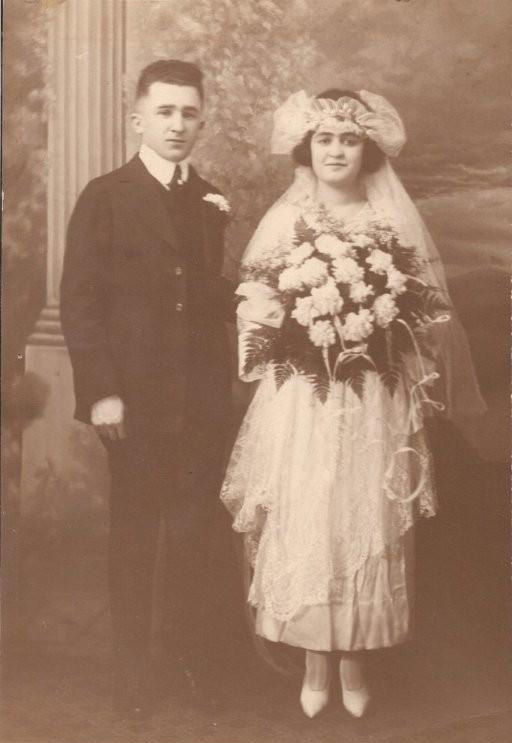
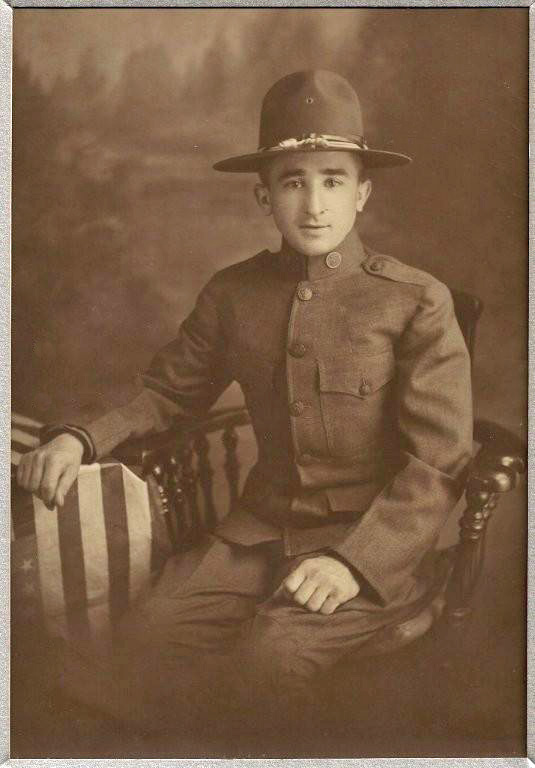

 << Moishe (1868-1946) Rubenstein
<< Moishe (1868-1946) Rubenstein















 Photo on the right: Frank Rubenstein (1884-1953), Marcus and Albert >>
Photo on the right: Frank Rubenstein (1884-1953), Marcus and Albert >>

 Photo on the right: Abraham Rubenstein (1889-1968) Left to Right: Sidney (1918-1964), Pessie, Abraham, Philip (1914-1990) and Touraine (1922-1994) >>
Photo on the right: Abraham Rubenstein (1889-1968) Left to Right: Sidney (1918-1964), Pessie, Abraham, Philip (1914-1990) and Touraine (1922-1994) >>

 Photo on the right: Sarah (1905-1991) and Jacob Polsky >>
Photo on the right: Sarah (1905-1991) and Jacob Polsky >>


 << Shava Rubenstein Aaronson (1882-1945)
<< Shava Rubenstein Aaronson (1882-1945)



 << Meyer Aaronson (1911-1991)
<< Meyer Aaronson (1911-1991)


 << Evelyn Rubenstein (1902-1957) and Sam Friedman (1900-1988)
<< Evelyn Rubenstein (1902-1957) and Sam Friedman (1900-1988)

 << Thelma Rubenstein (1910-1983) and Jacob Goldberg
<< Thelma Rubenstein (1910-1983) and Jacob Goldberg

 << Leah Rubenstein Greenberg (1862-1932)
<< Leah Rubenstein Greenberg (1862-1932)









 << Goldie Greenberg Percoff (1891-1966) and Sam Percoff>>
<< Goldie Greenberg Percoff (1891-1966) and Sam Percoff>>





 & Touba Lerner.jpg)
